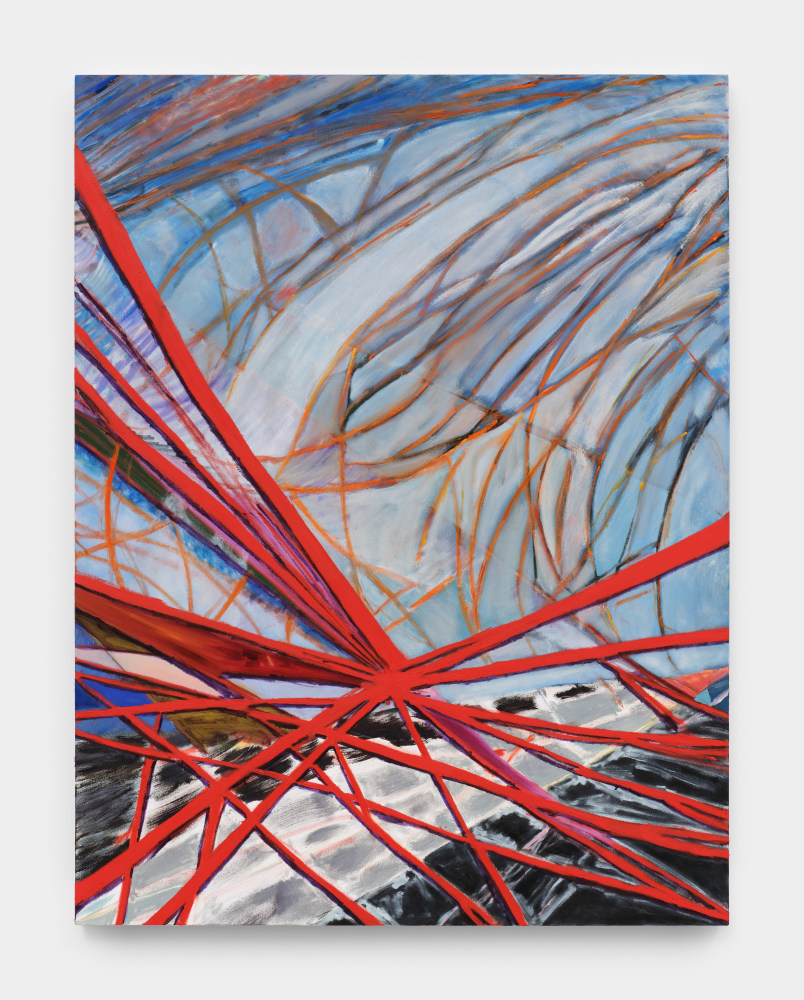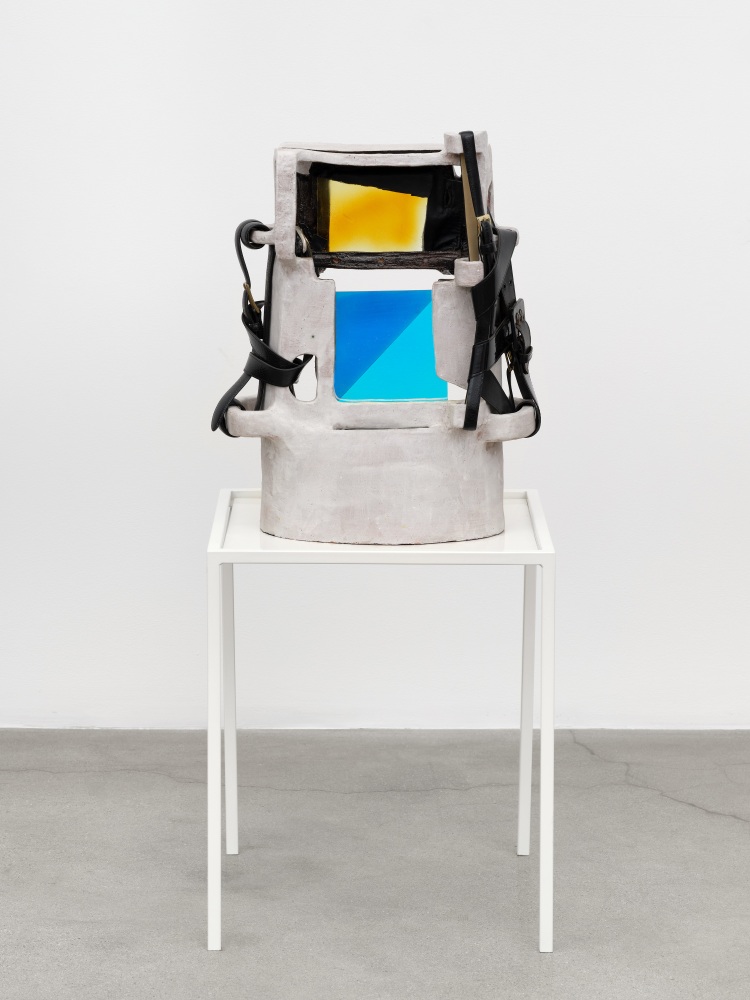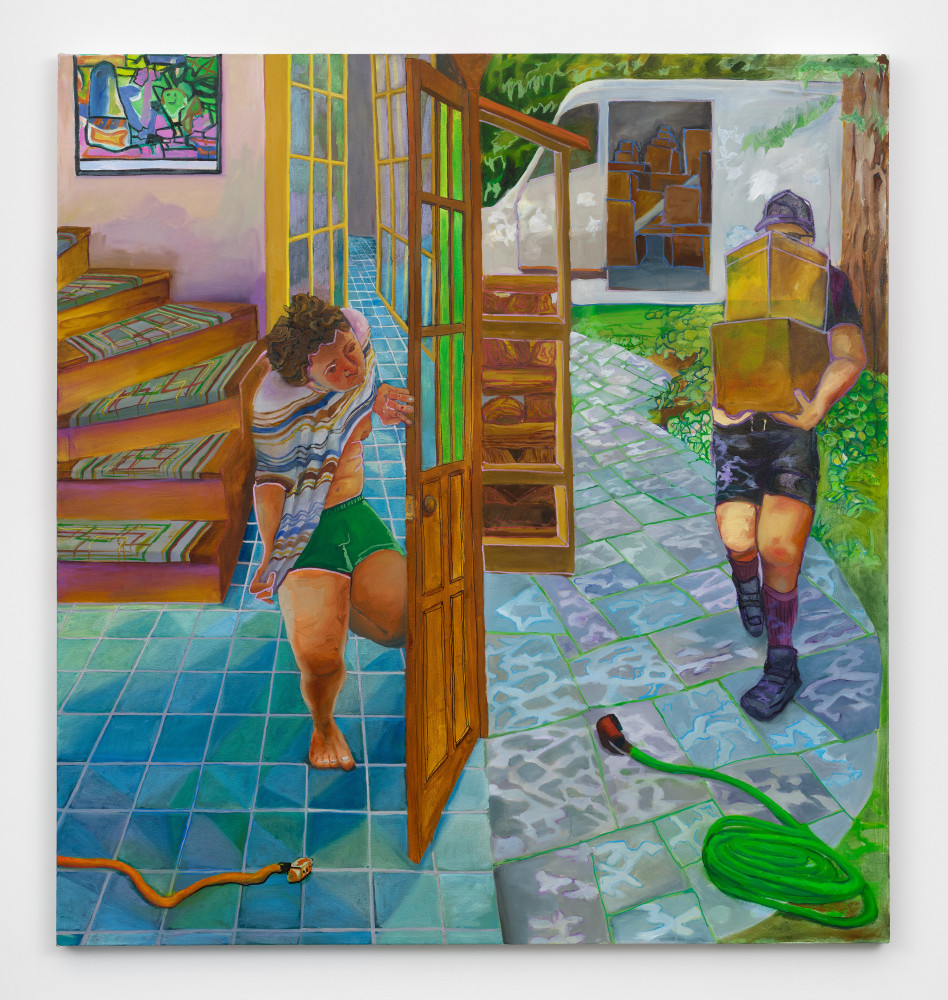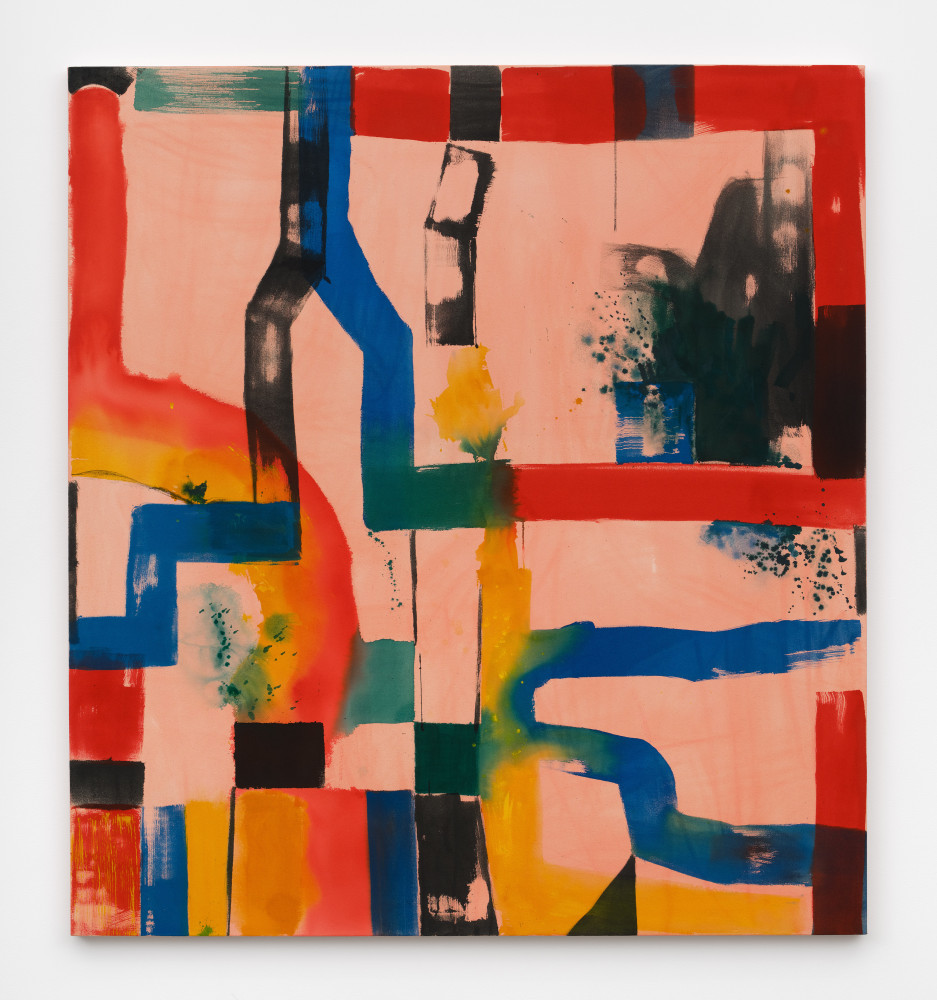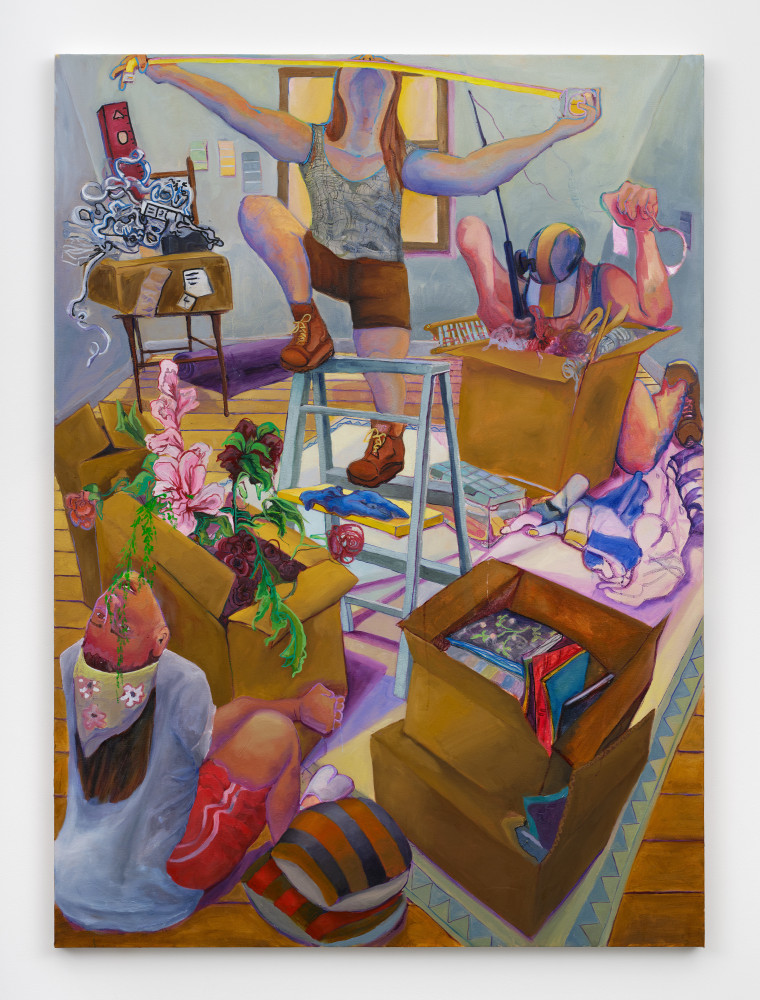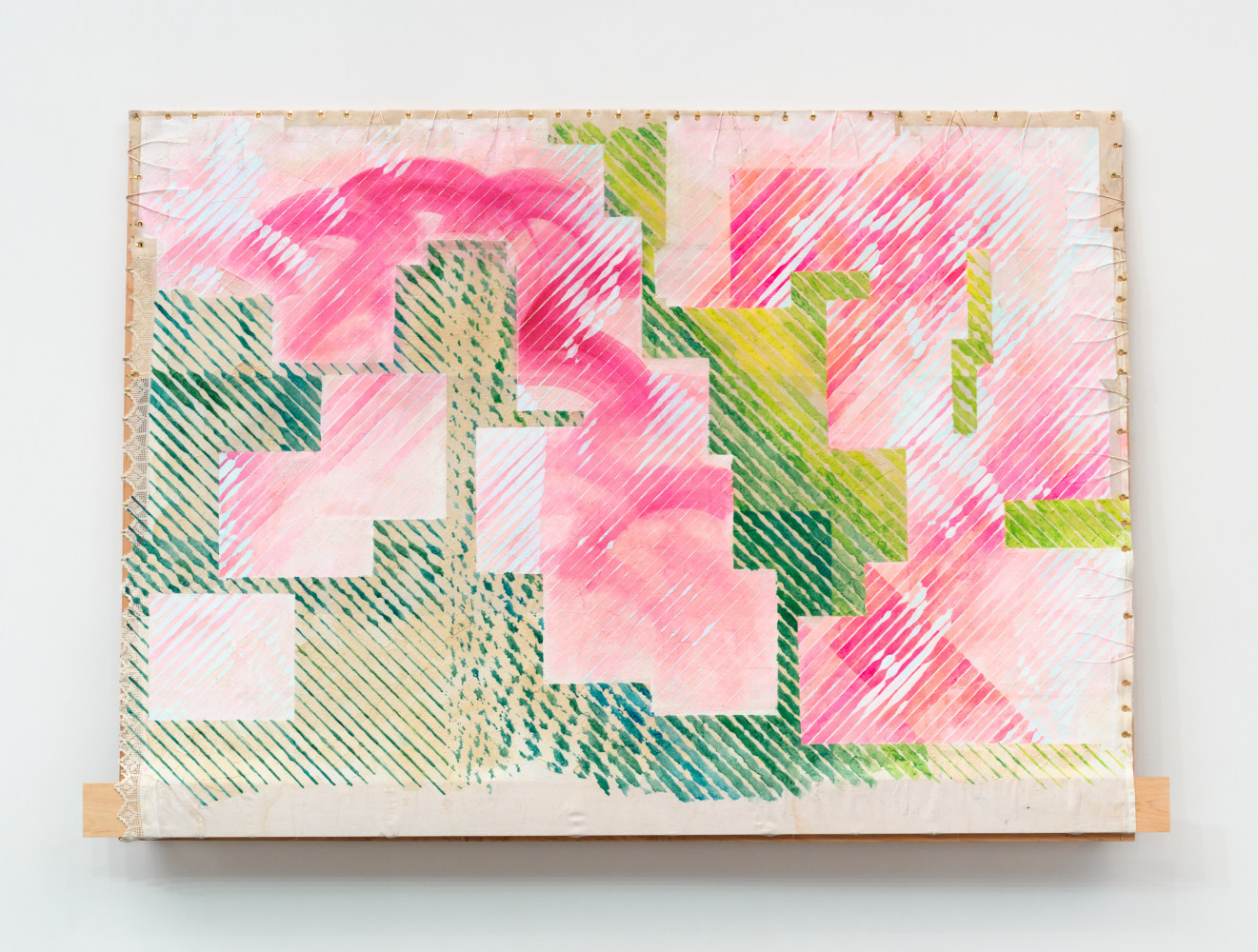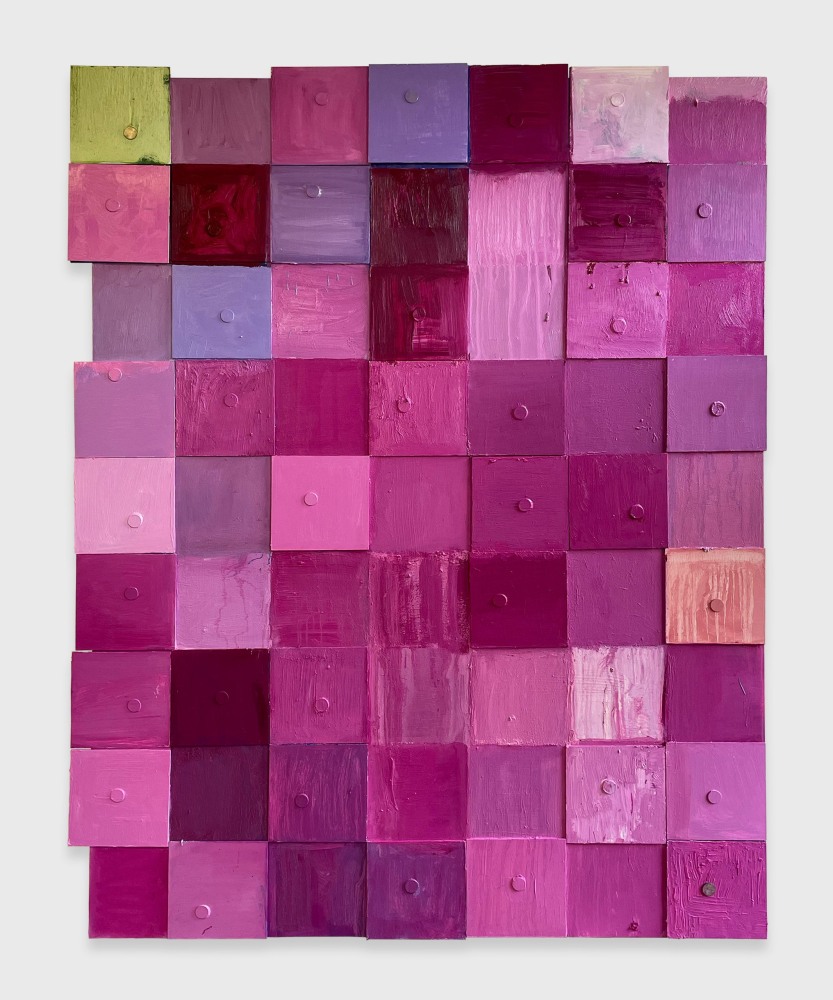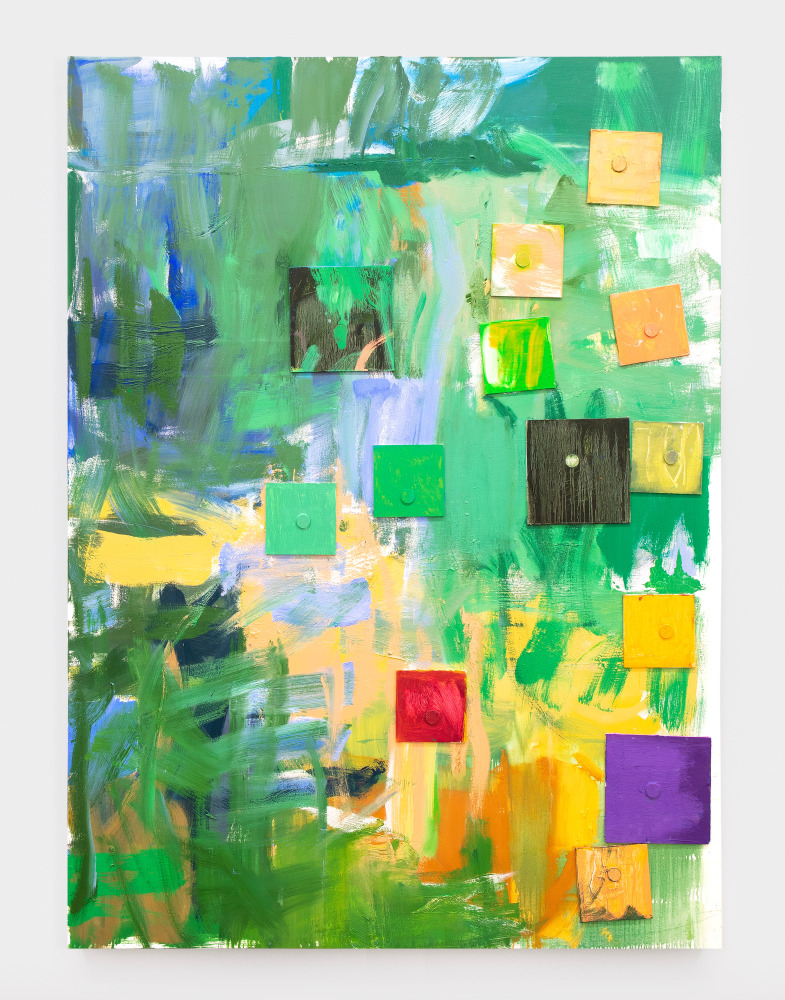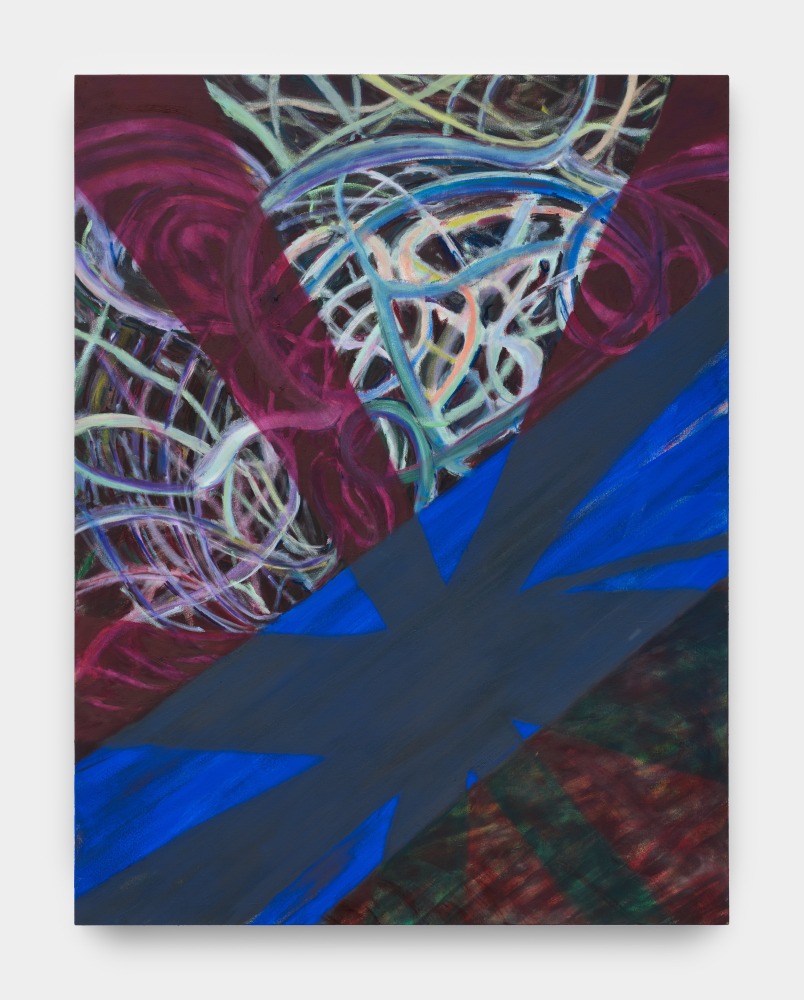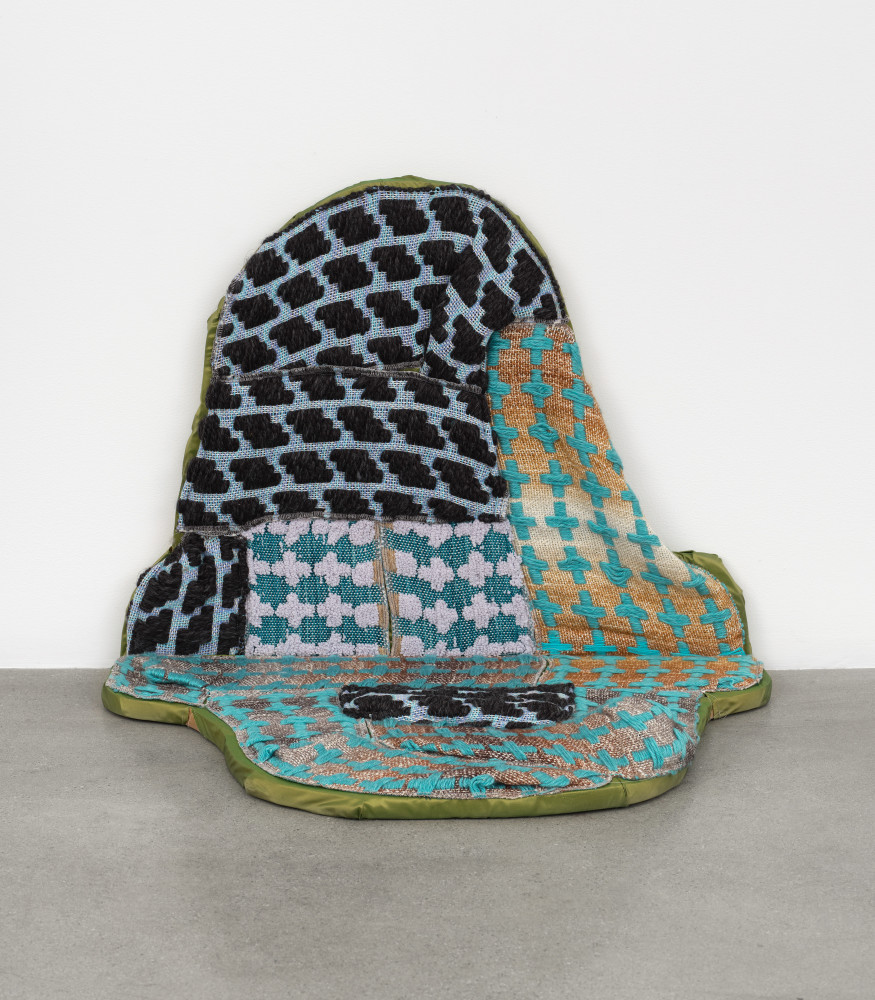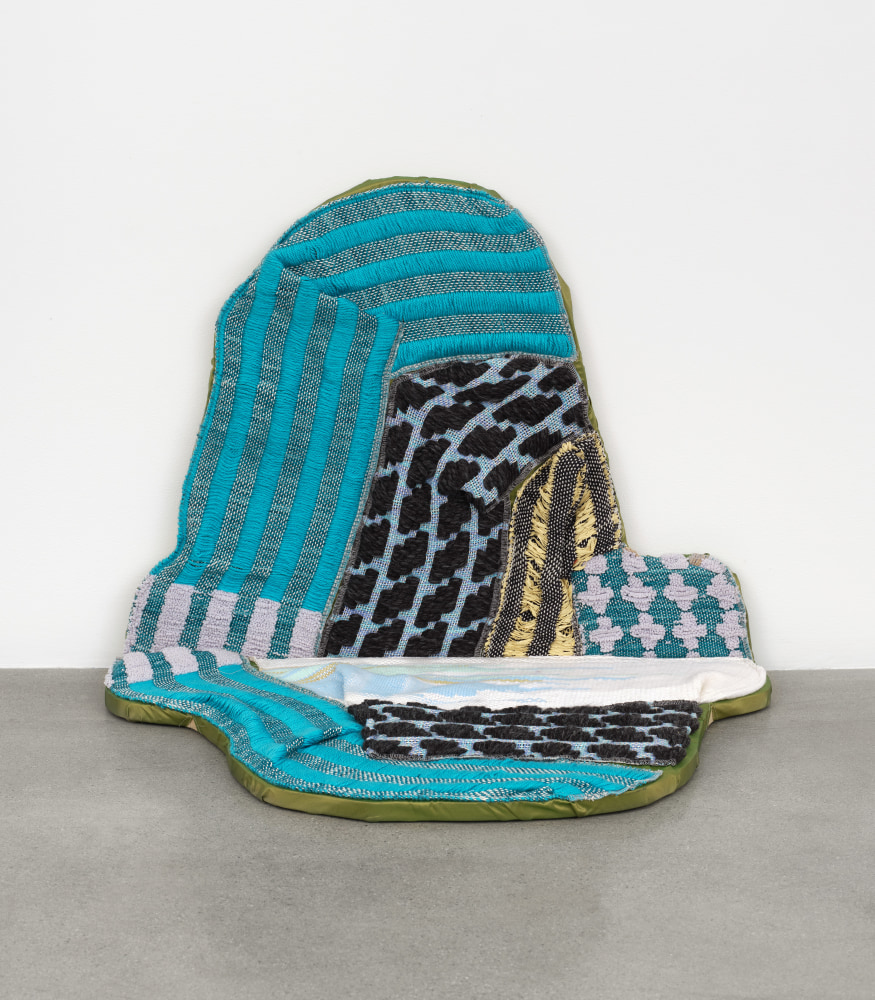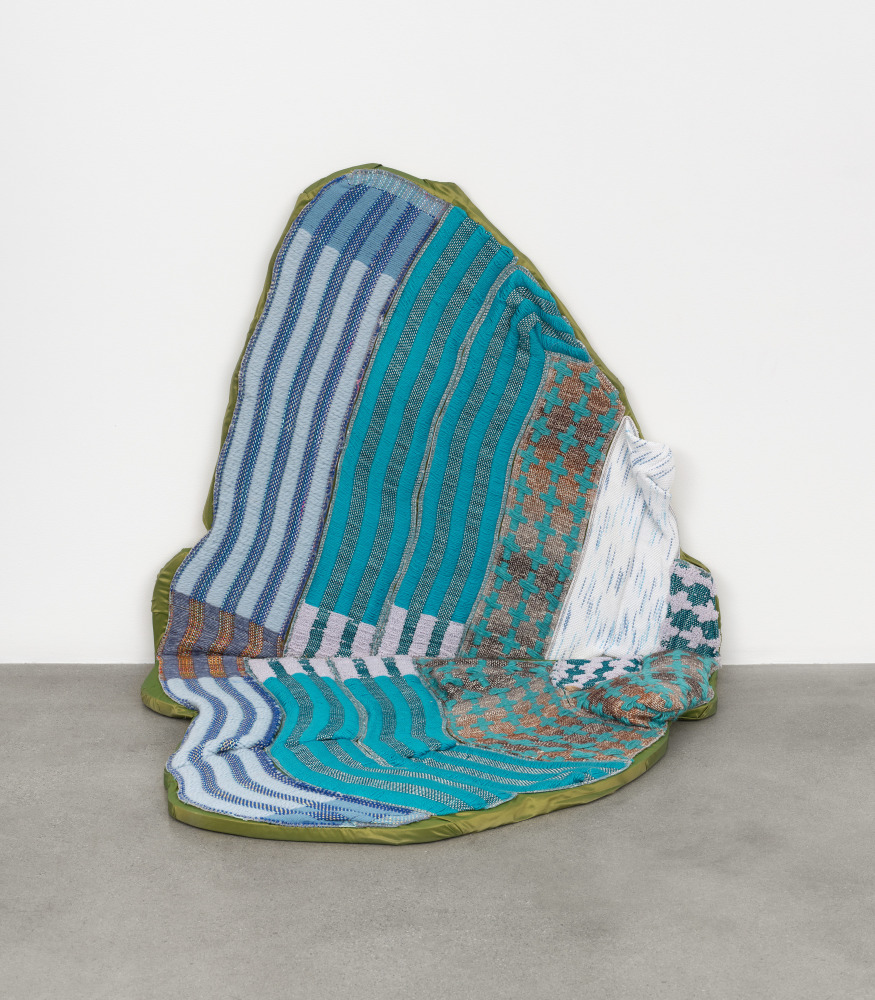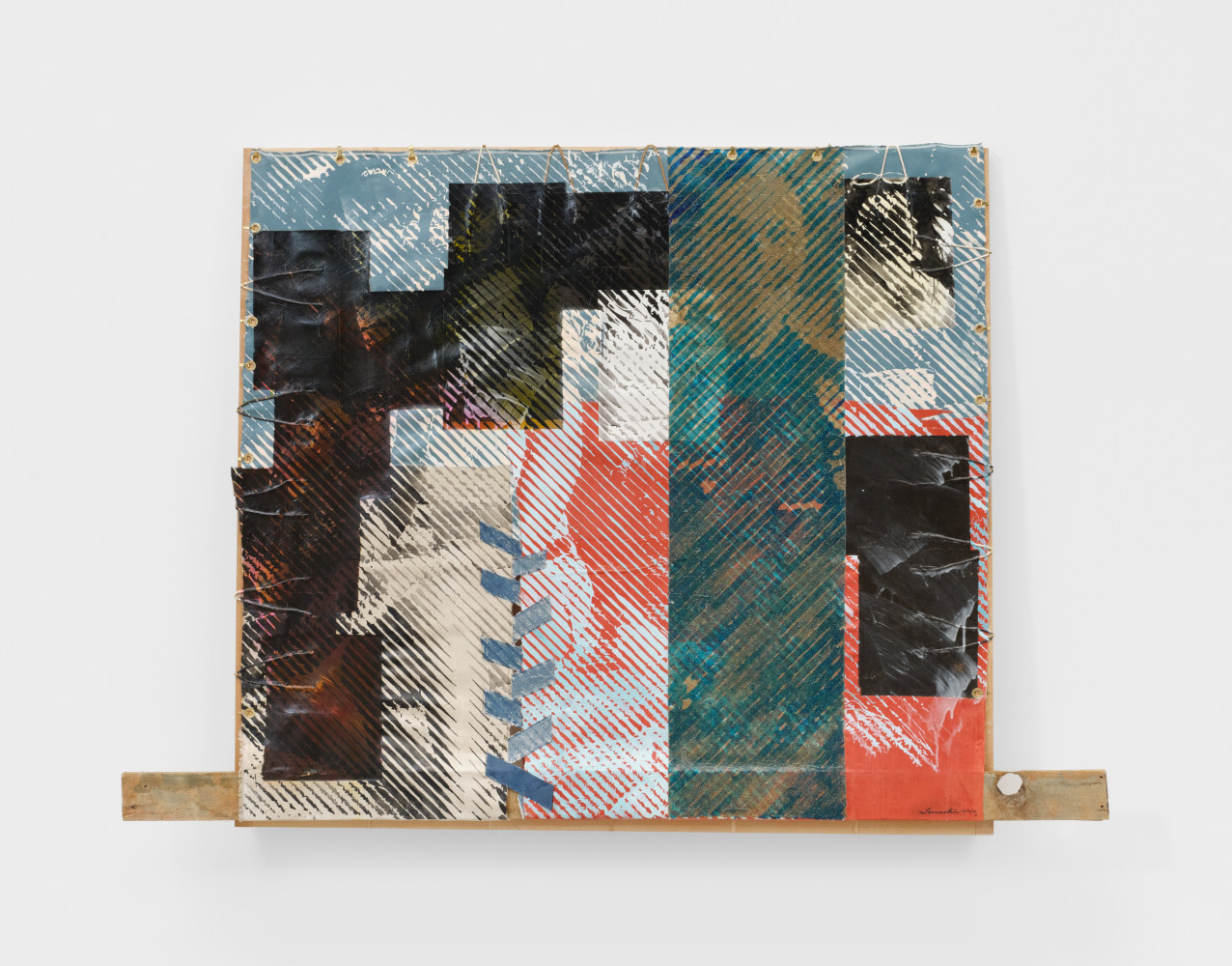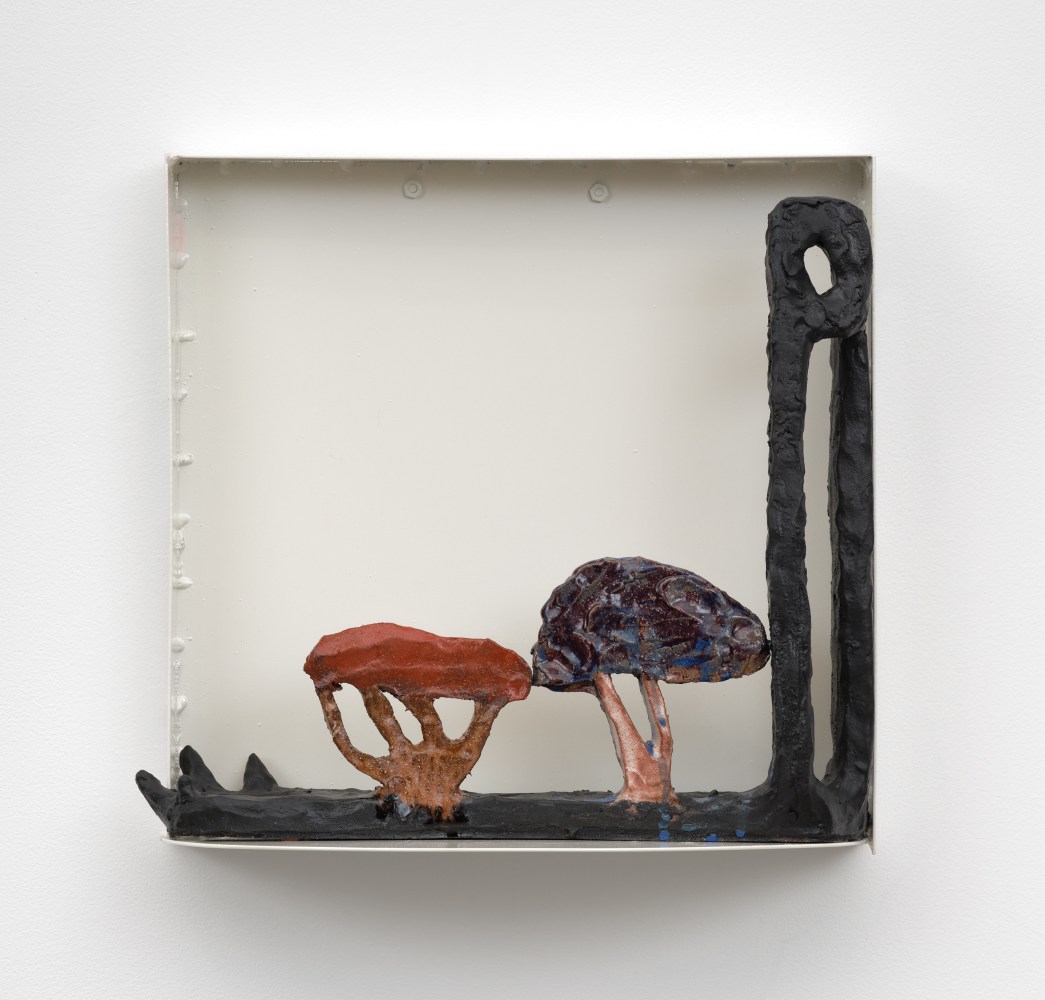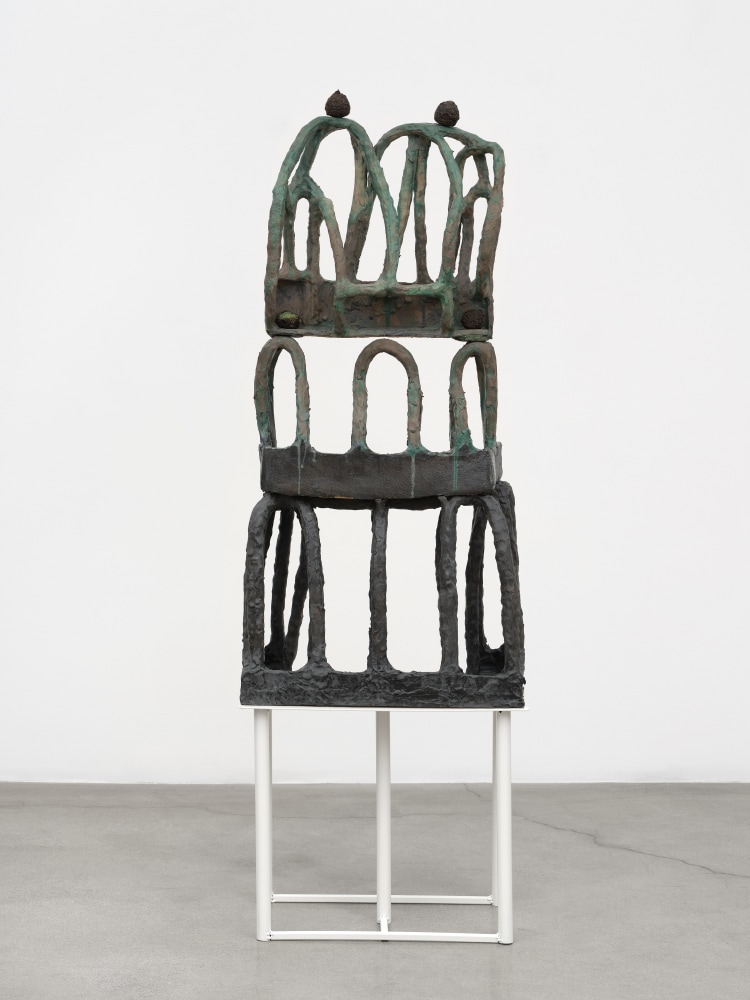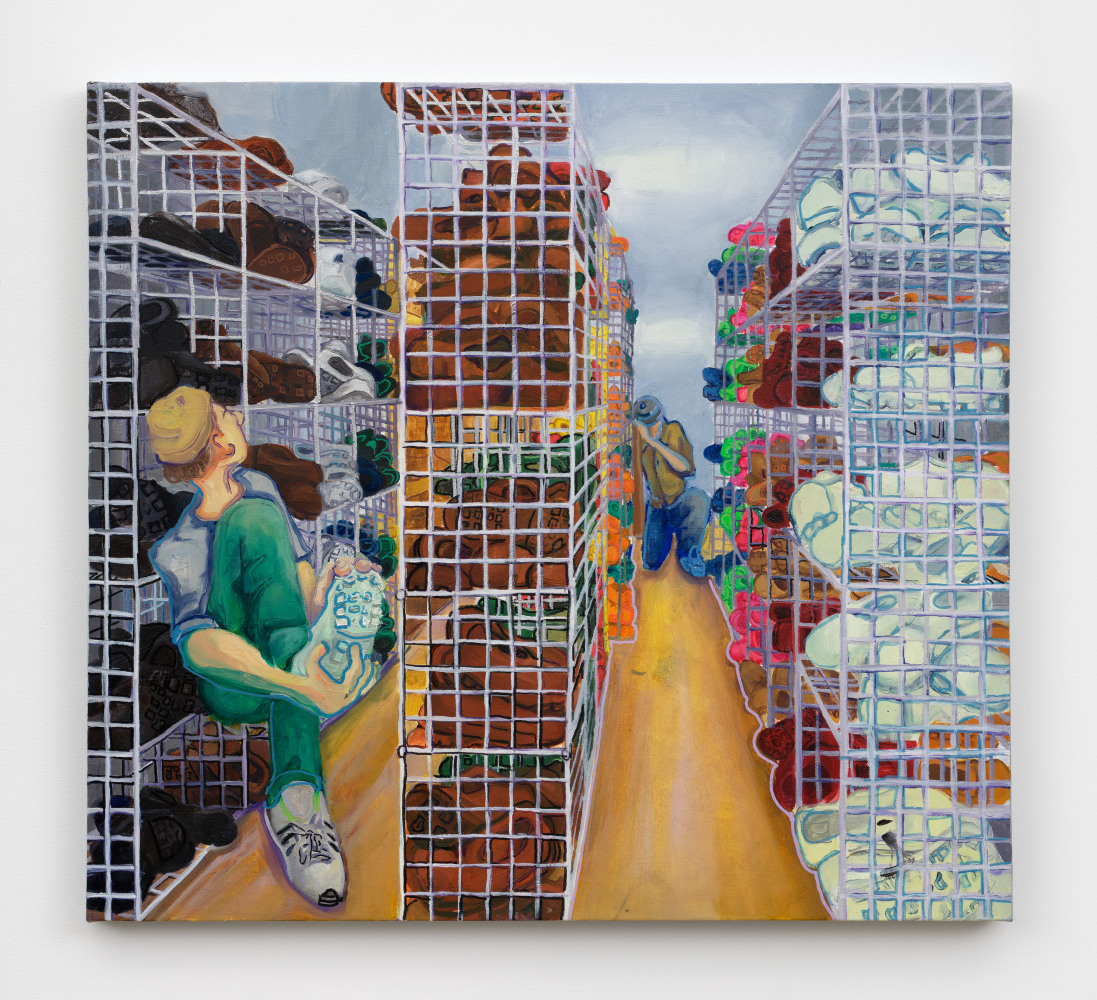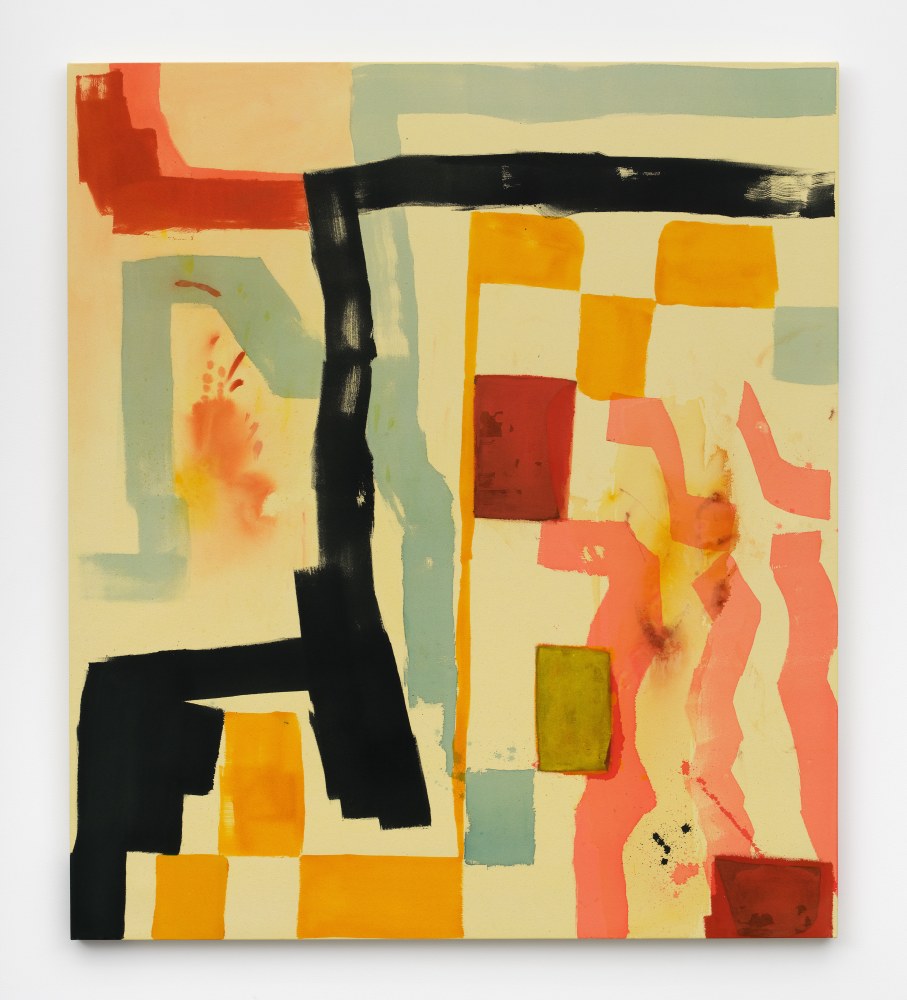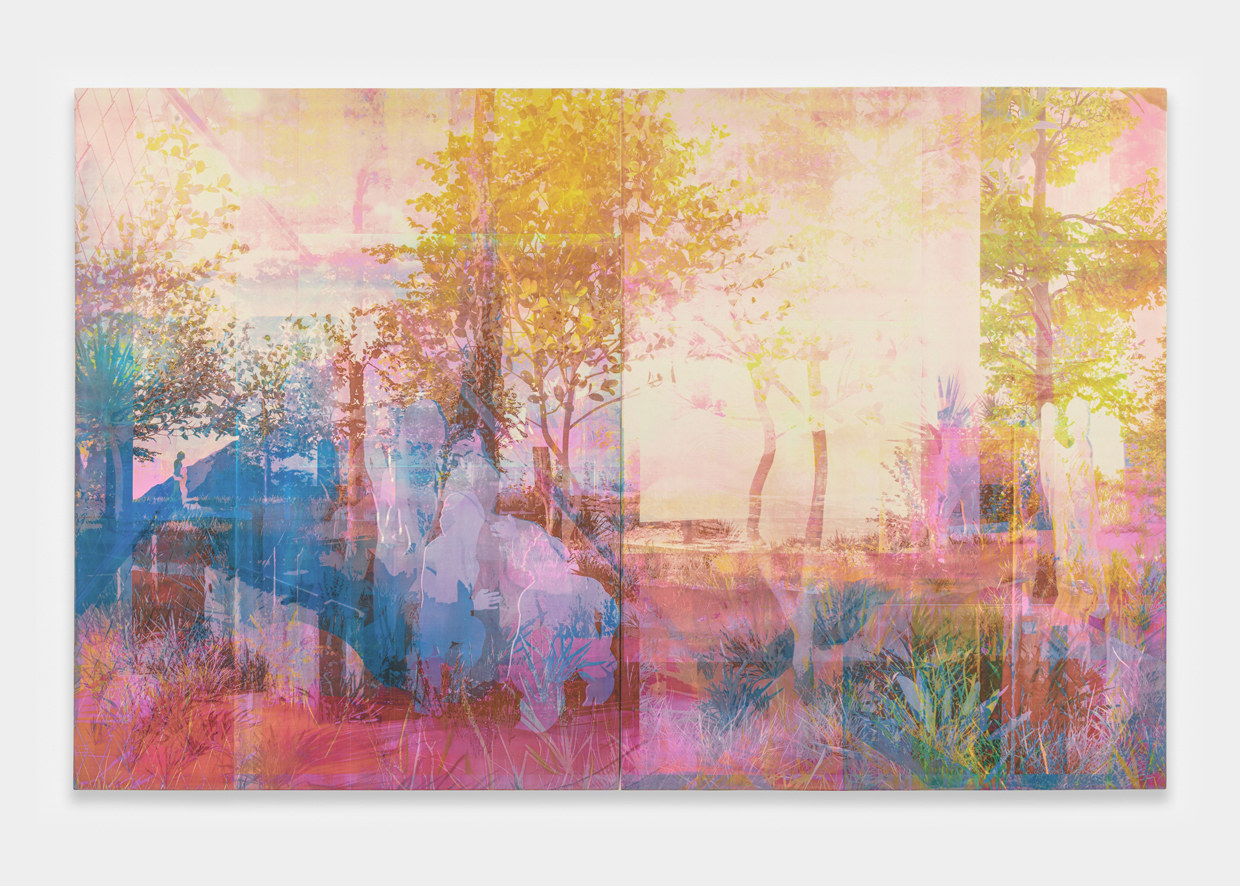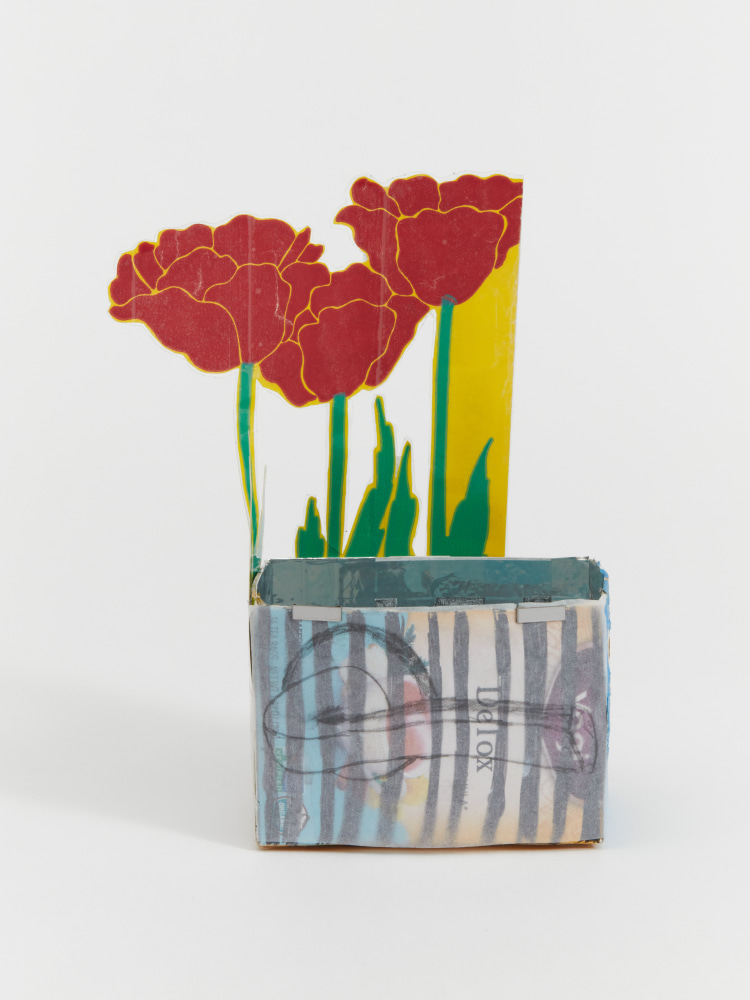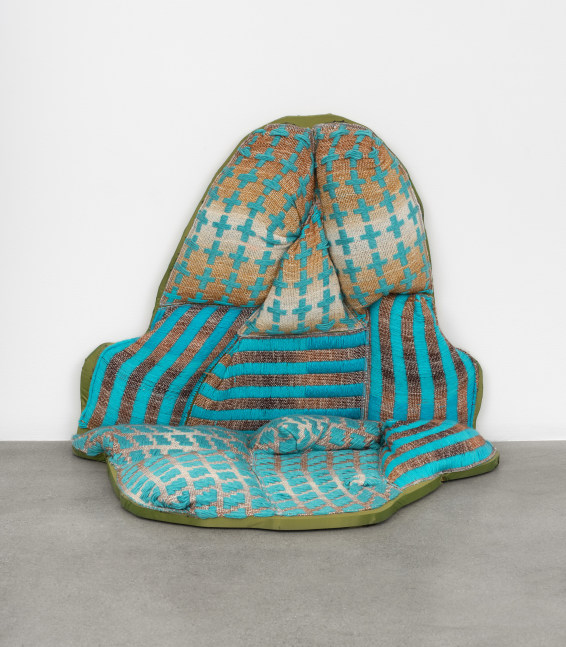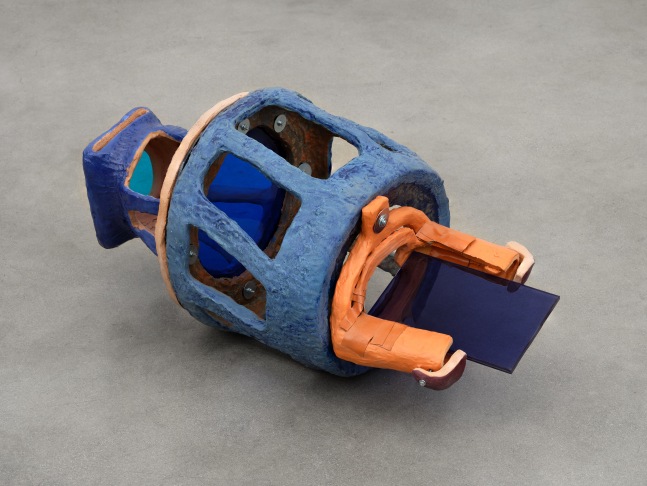Night Gallery is pleased to announce Form and Feeling, a group exhibition that includes paintings made by Tony Bluestone, Strauss Bourque-LaFrance, Tomashi Jackson, RJ Messineo, Marisa Takal, and Zoe Walsh and sculptures made by Sahar Khoury and Sarah Zapata, curated by Ashton Cooper.
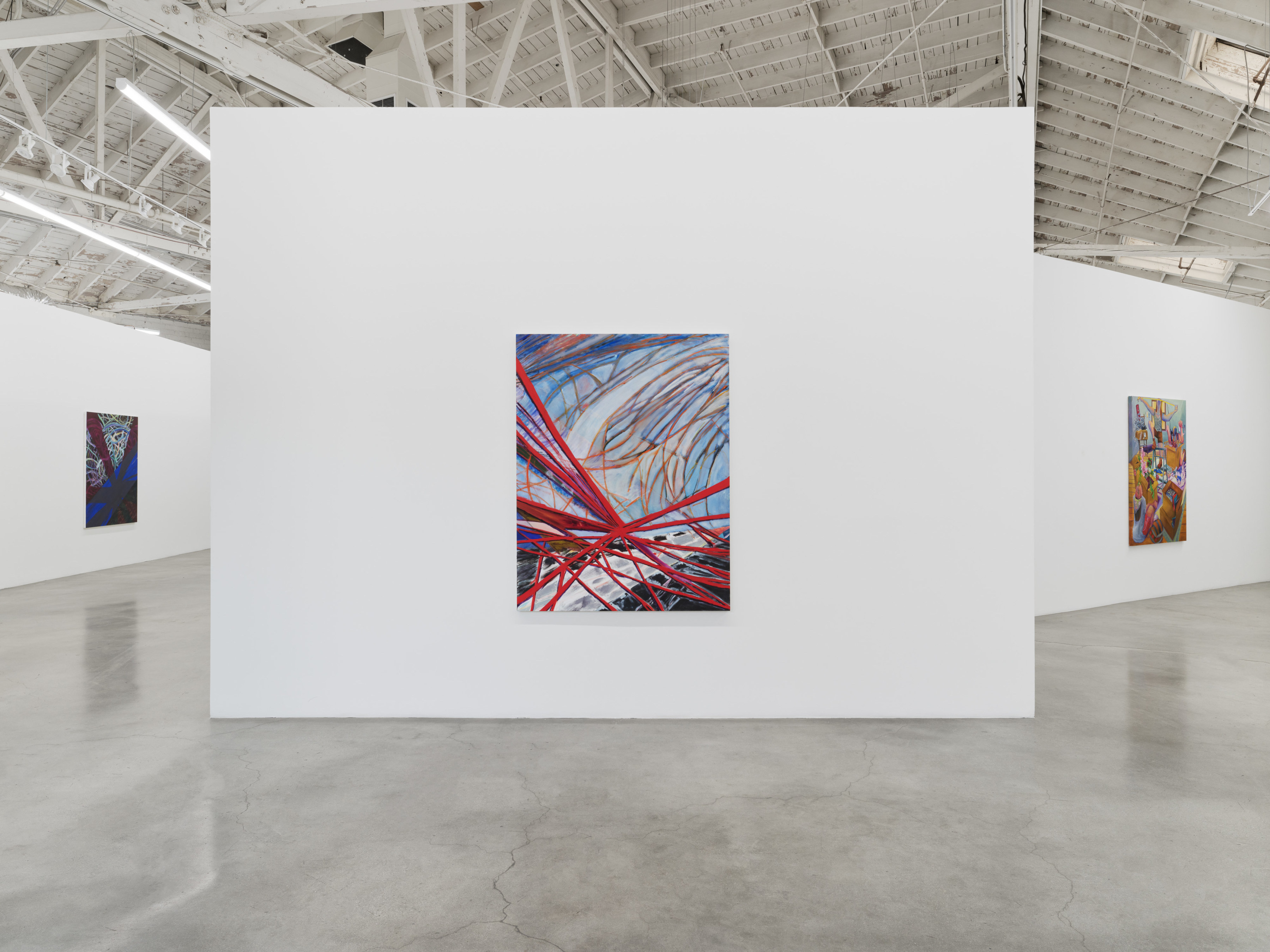
Form and Feeling, installation view, 2024
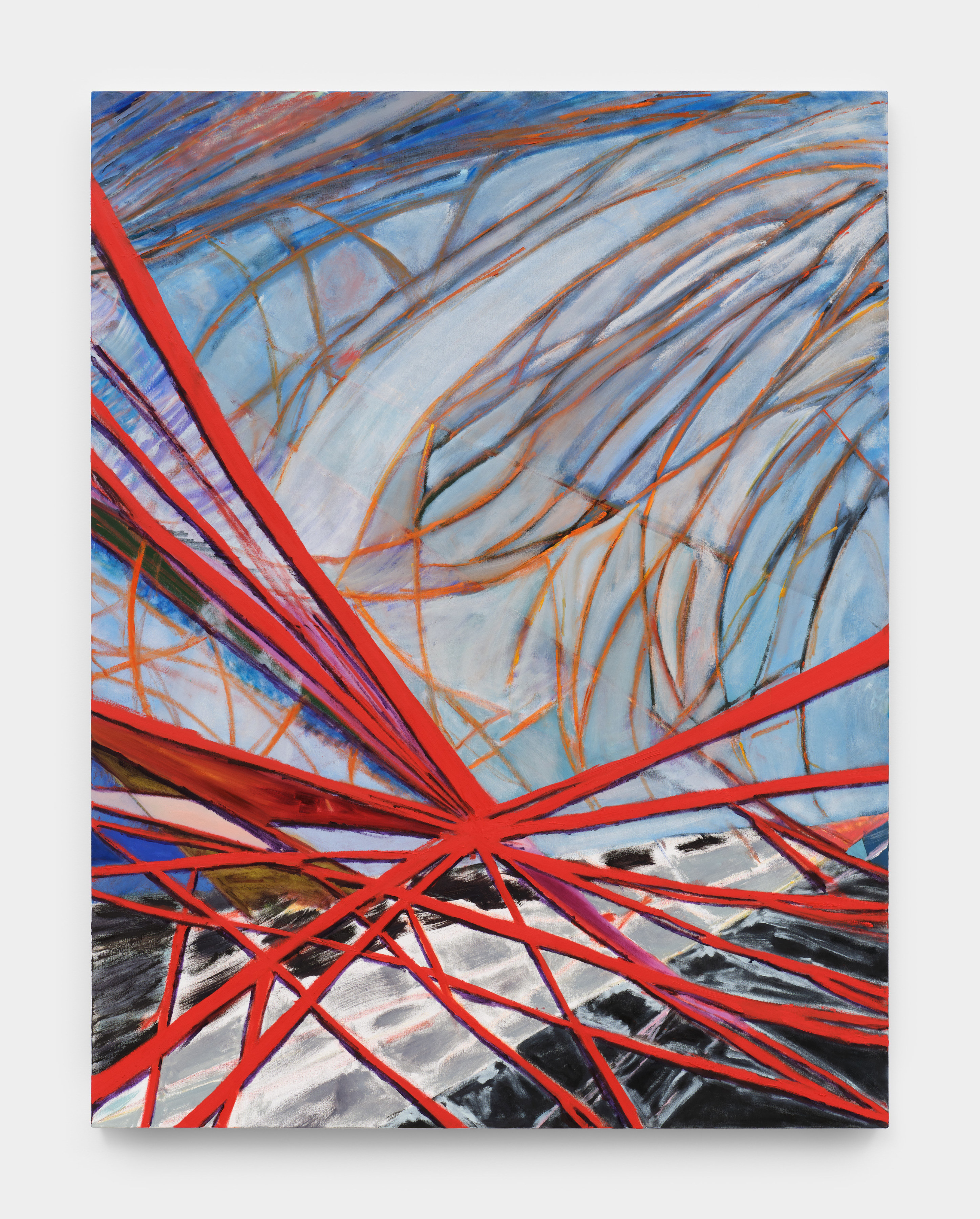
Marisa Takal, Epicenter, 2024
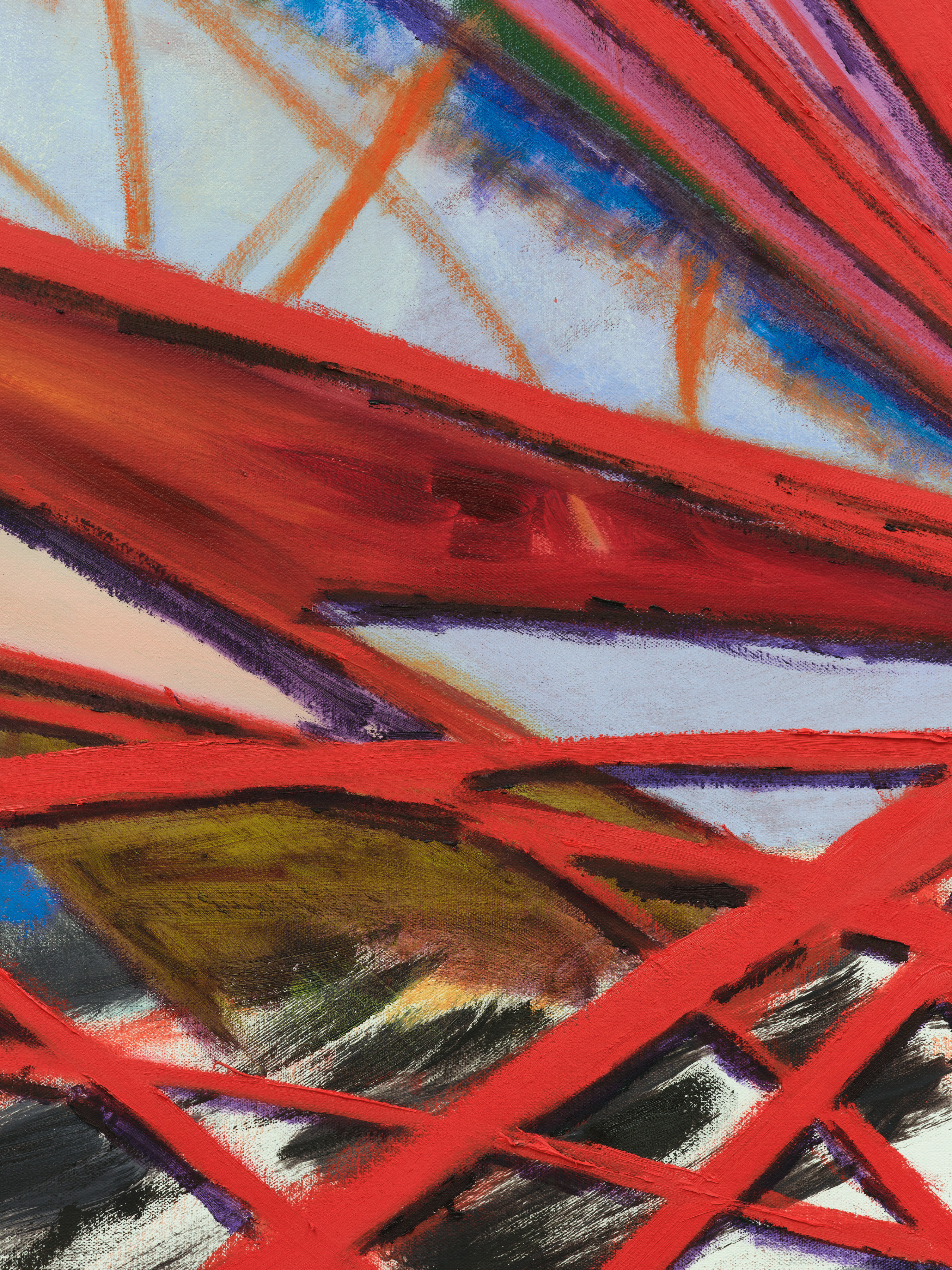
Marisa Takal, Epicenter, detail, 2024
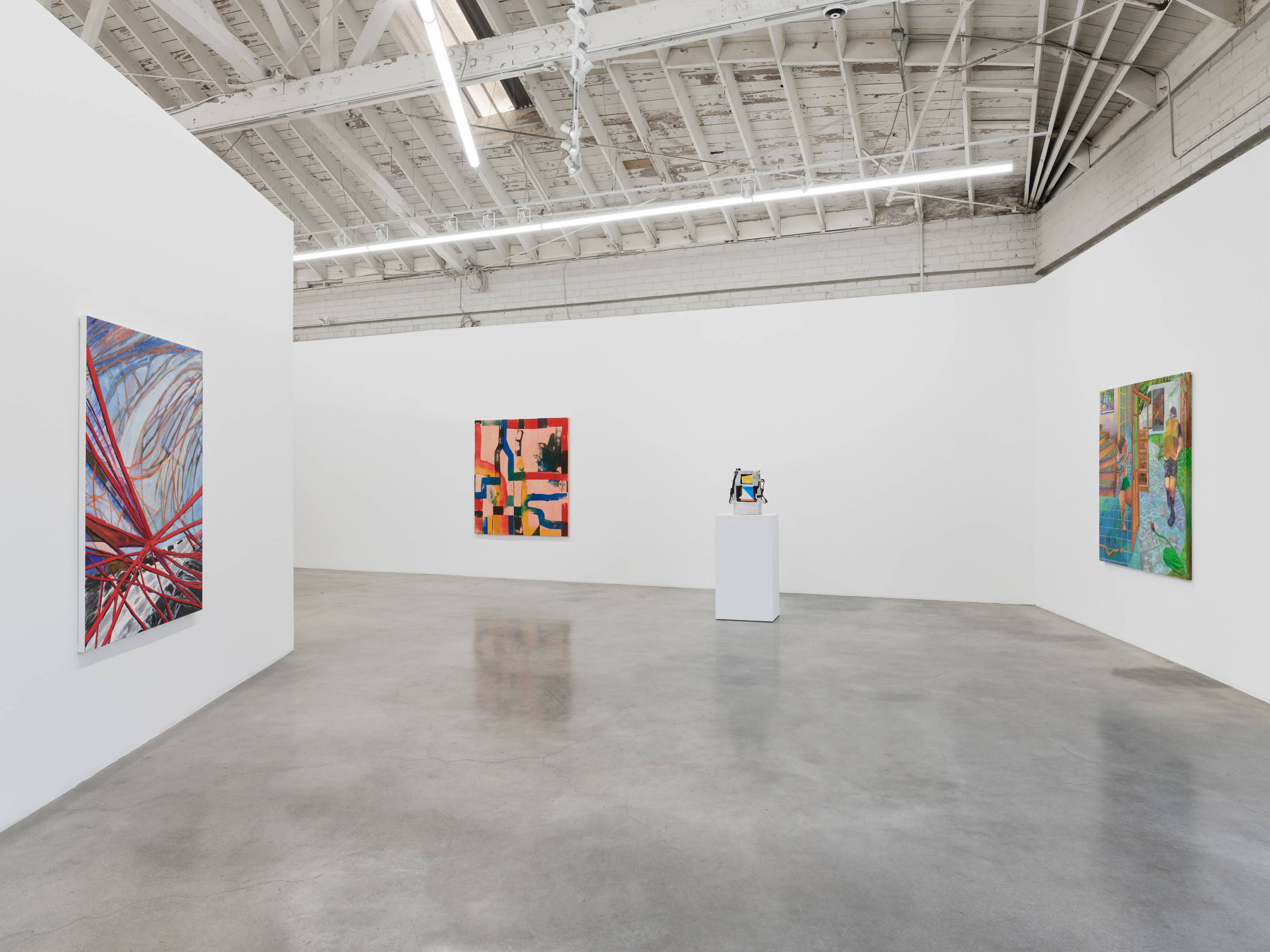
Form and Feeling, installation view, 2024
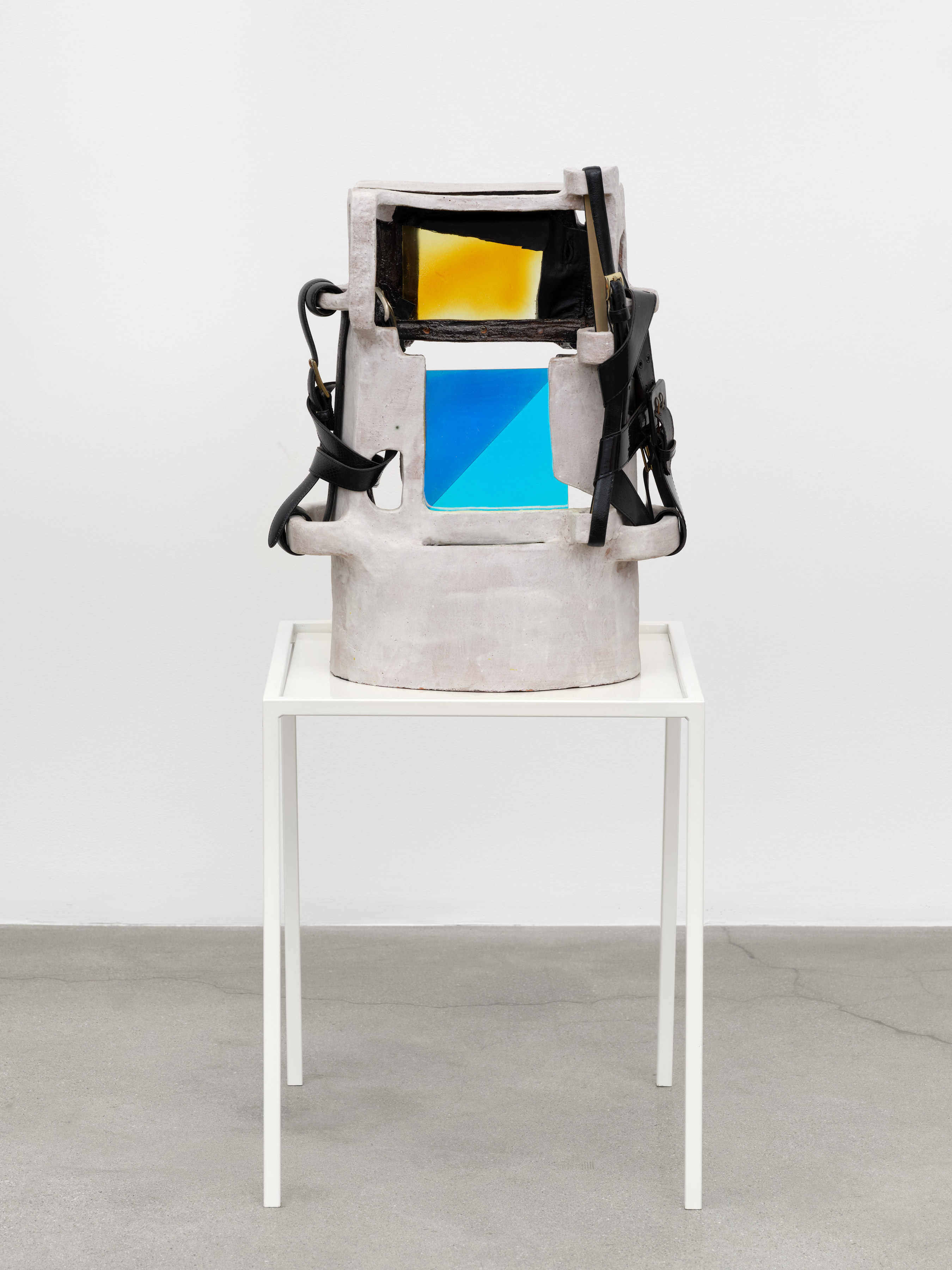
Sahar Khoury, Untitled (split window, yellowfins and blue mirror with four handles and black belts), 2021
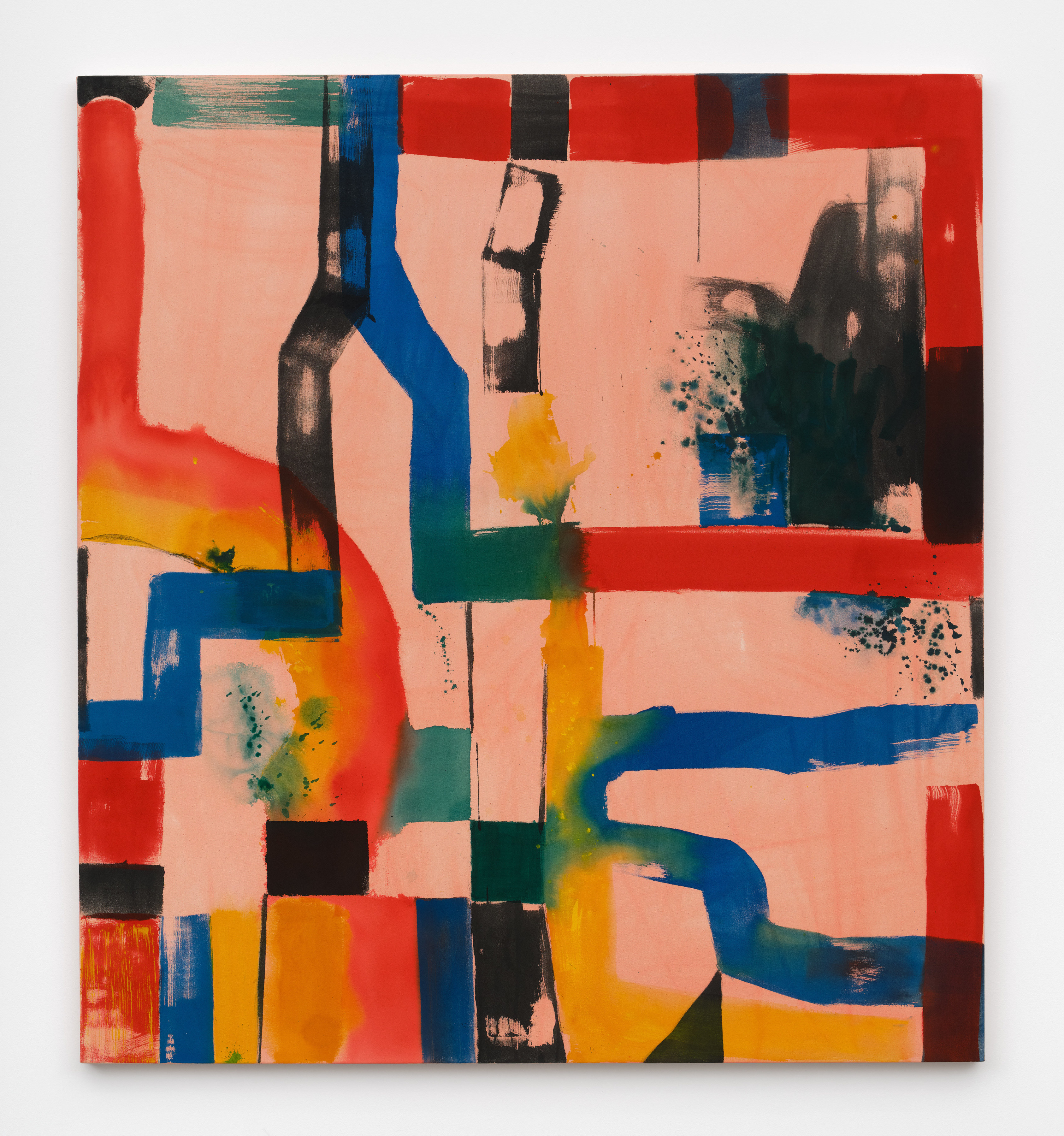
Strauss Bourque-LaFrance, God Hates Rainbows, 2024
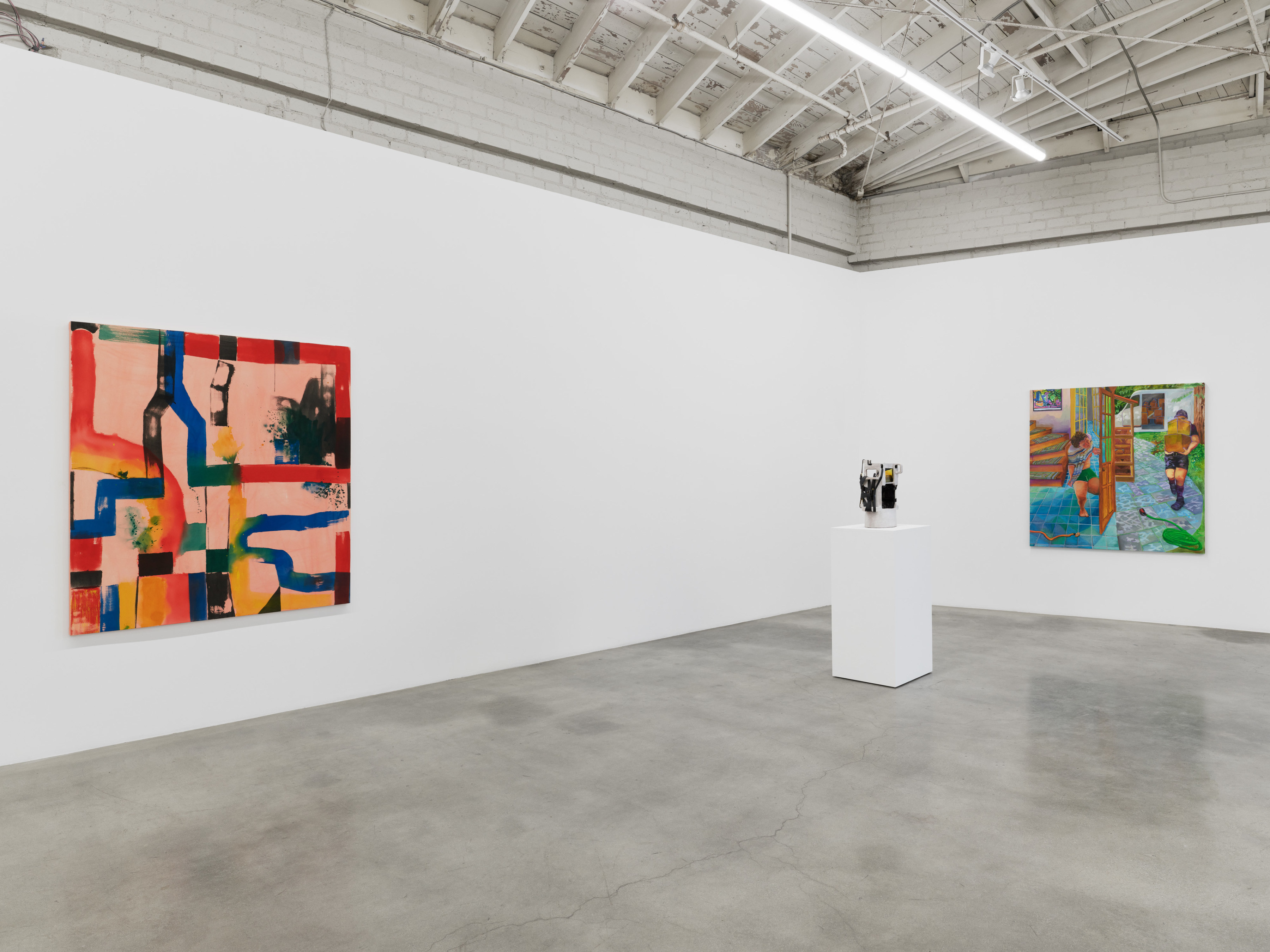
Form and Feeling, installation view, 2024
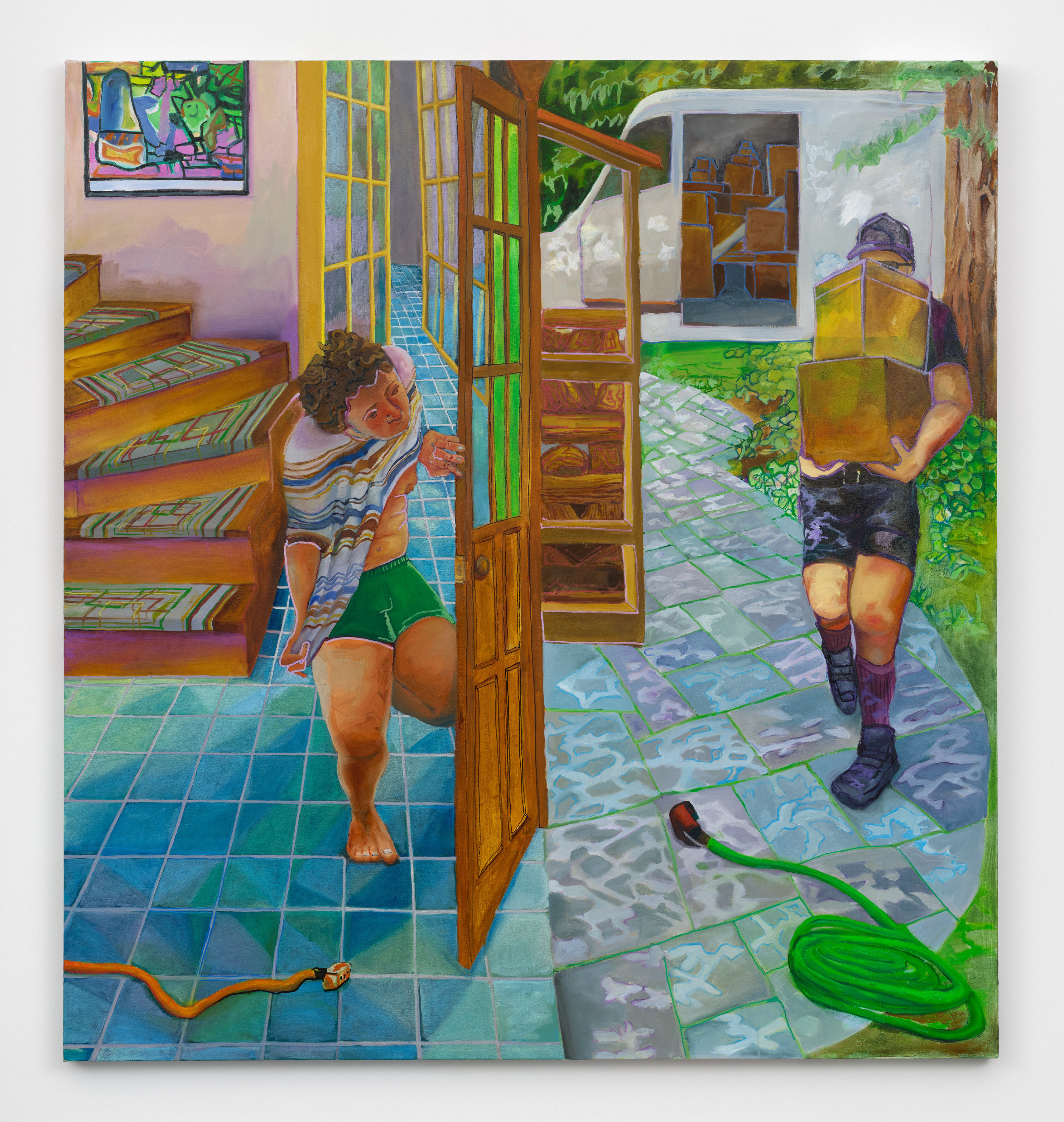
Tony Bluestone, Interiority Design, 2024
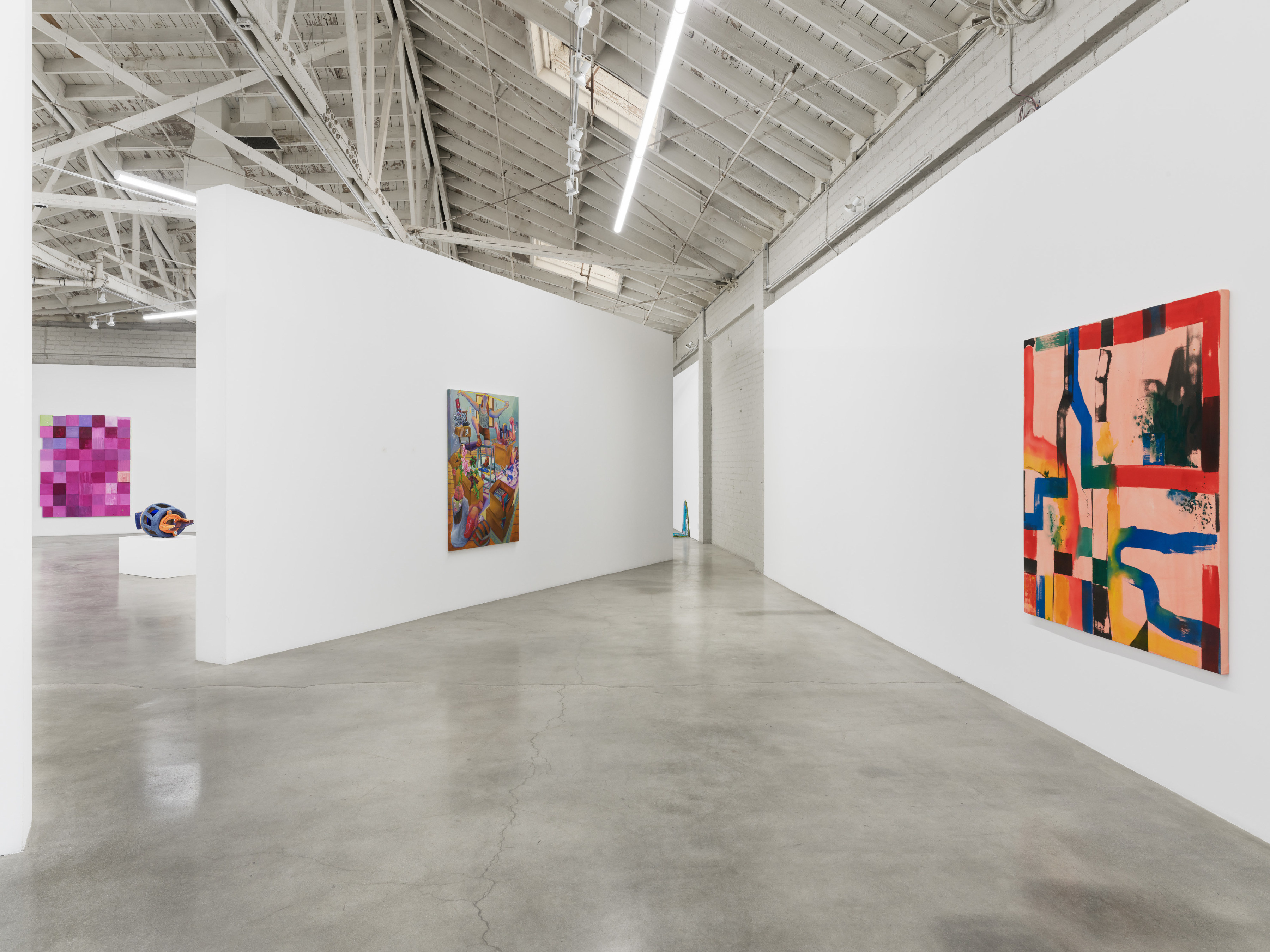
Form and Feeling, installation view, 2024
This exhibition is animated by an impossible question: How does feeling make its way into form?

Form and Feeling, installation view, 2024
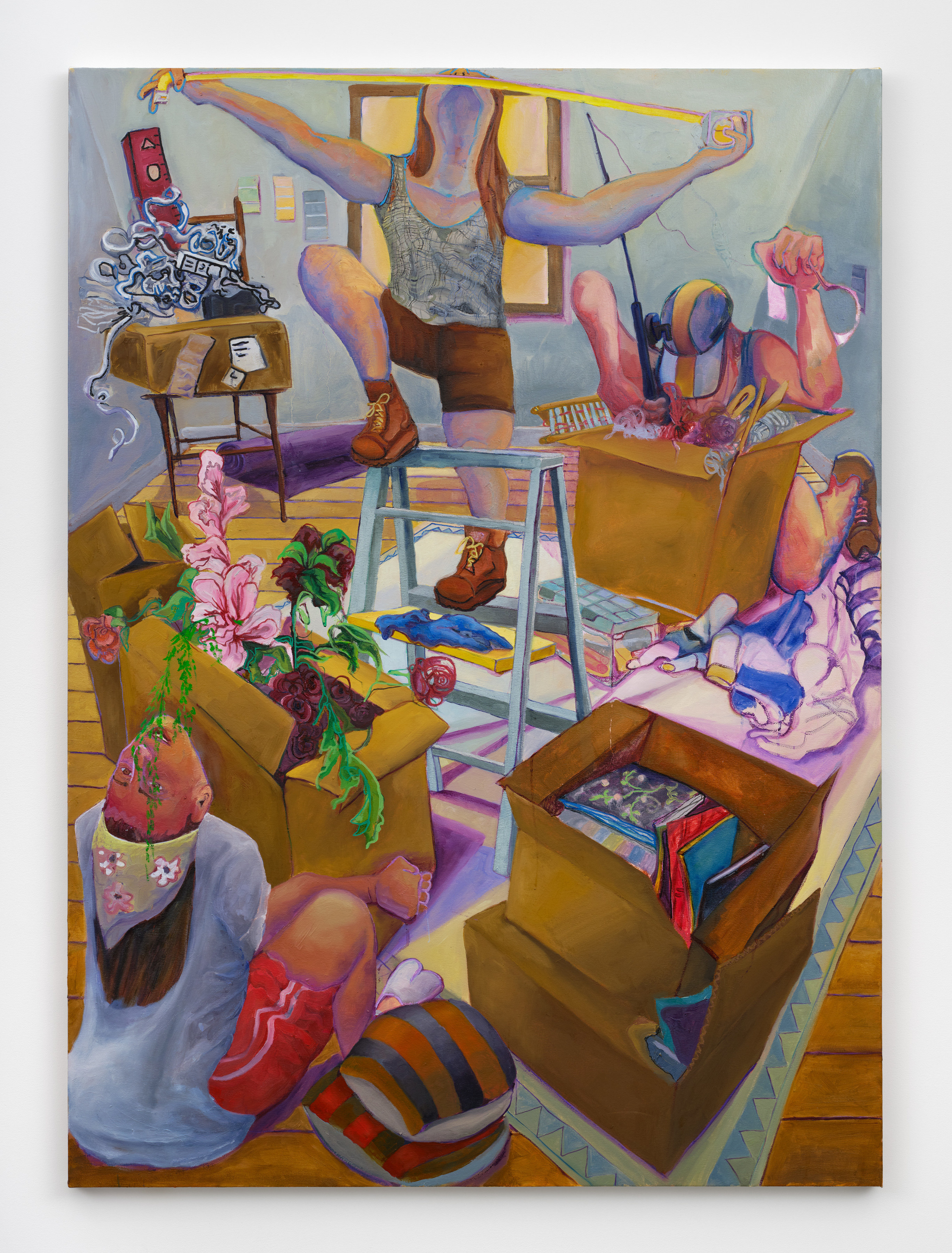
Tony Bluestone, Measure to Fit, 2024
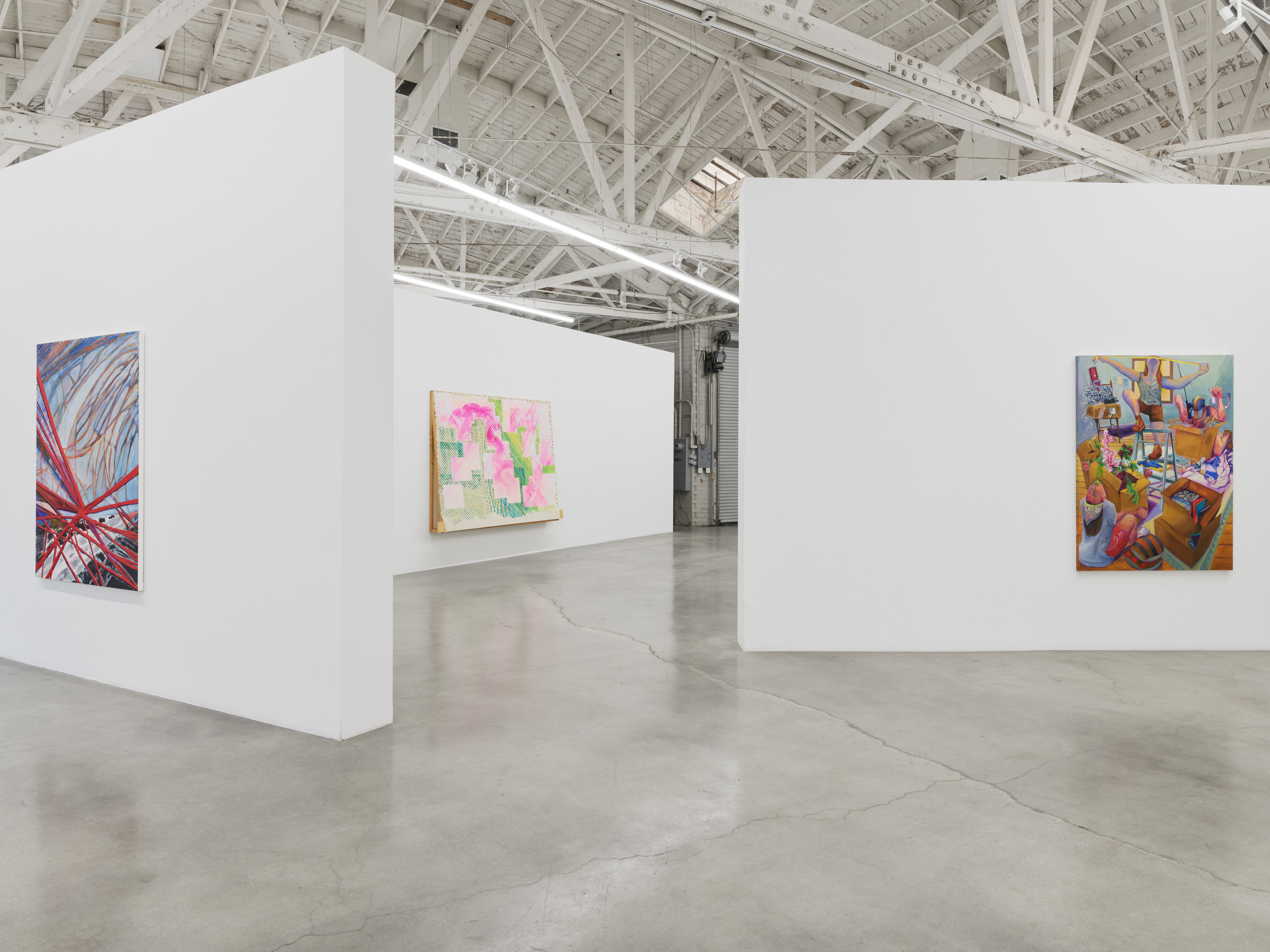
Form and Feeling, installation view, 2024
How are the sensations, emotions, and valences of consciousness reflected in material? Can observers perceive the residue of that feeling? Can it be drawn out by a kind slow looking or ekphrasis or thick description? Or does it exist outside of language? And how might we describe and understand our own affective responses to paint on ground or woven fiber or shaped clay?
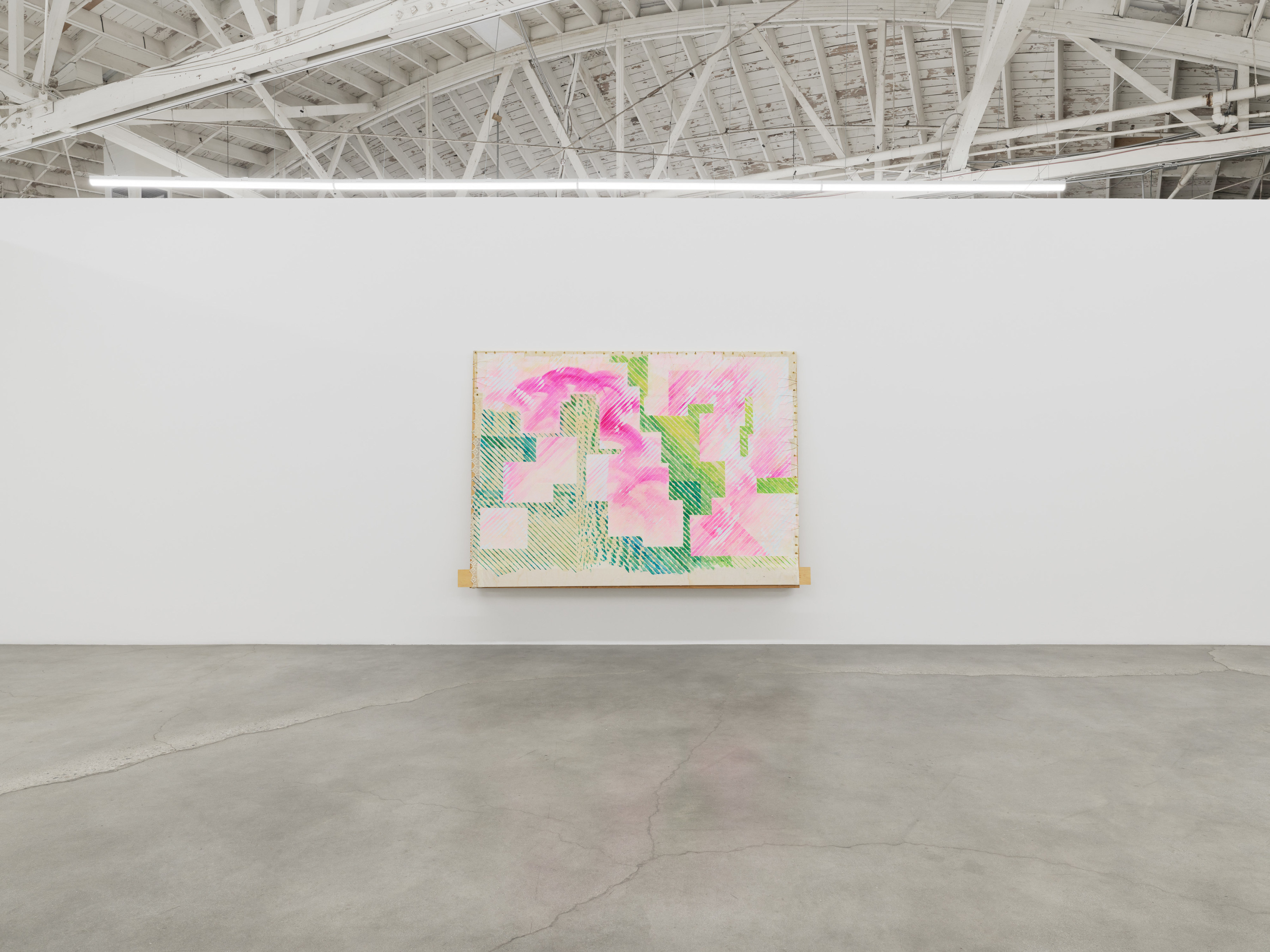
Form and Feeling, installation view, 2024

Tomashi Jackson, Here To Love You, 2023
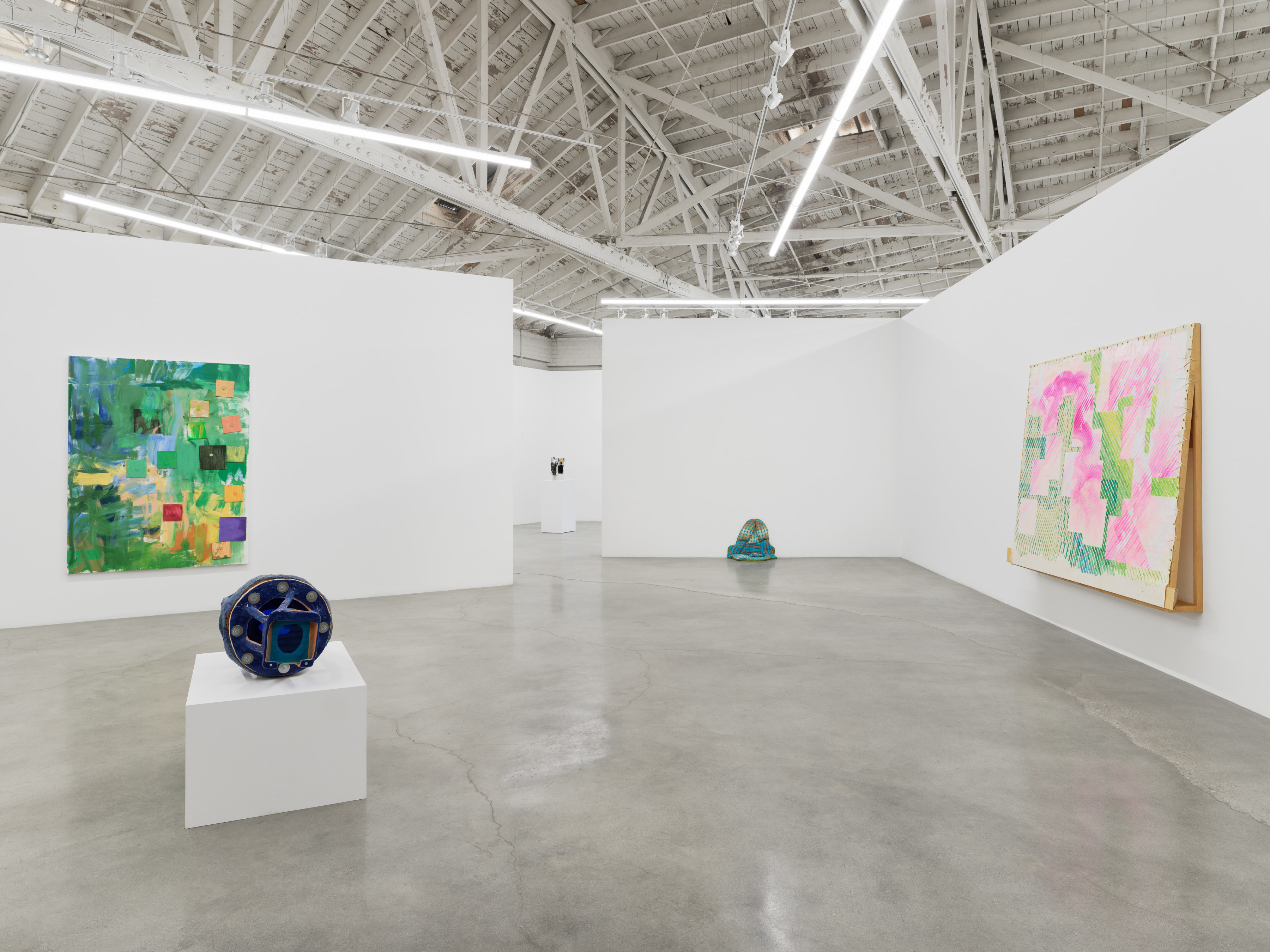
Form and Feeling, installation view, 2024

Sarah Zapata, in times of mourning or social protest 2, 2021
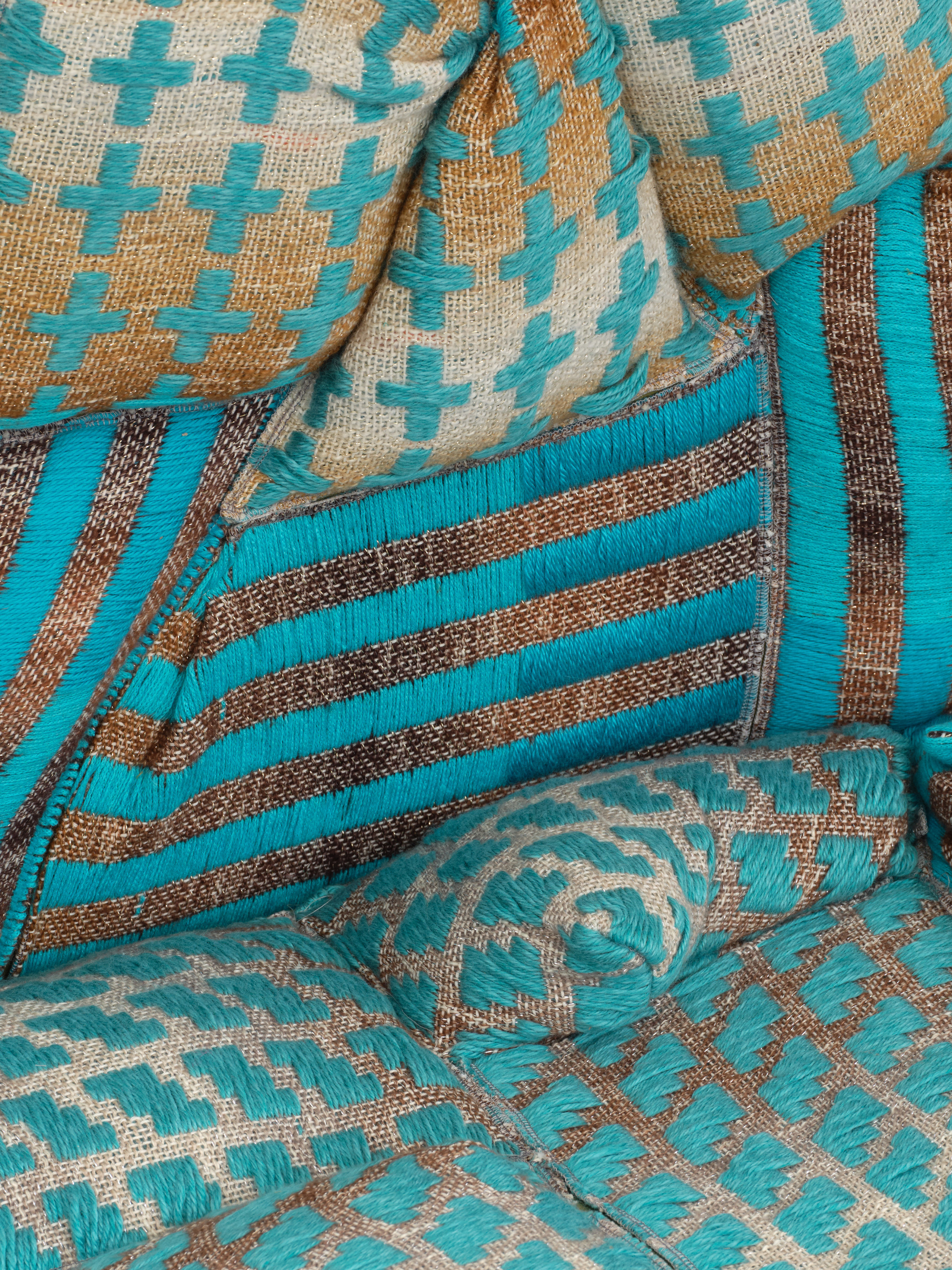
Sarah Zapata, in times of mourning or social protest 2, 2021
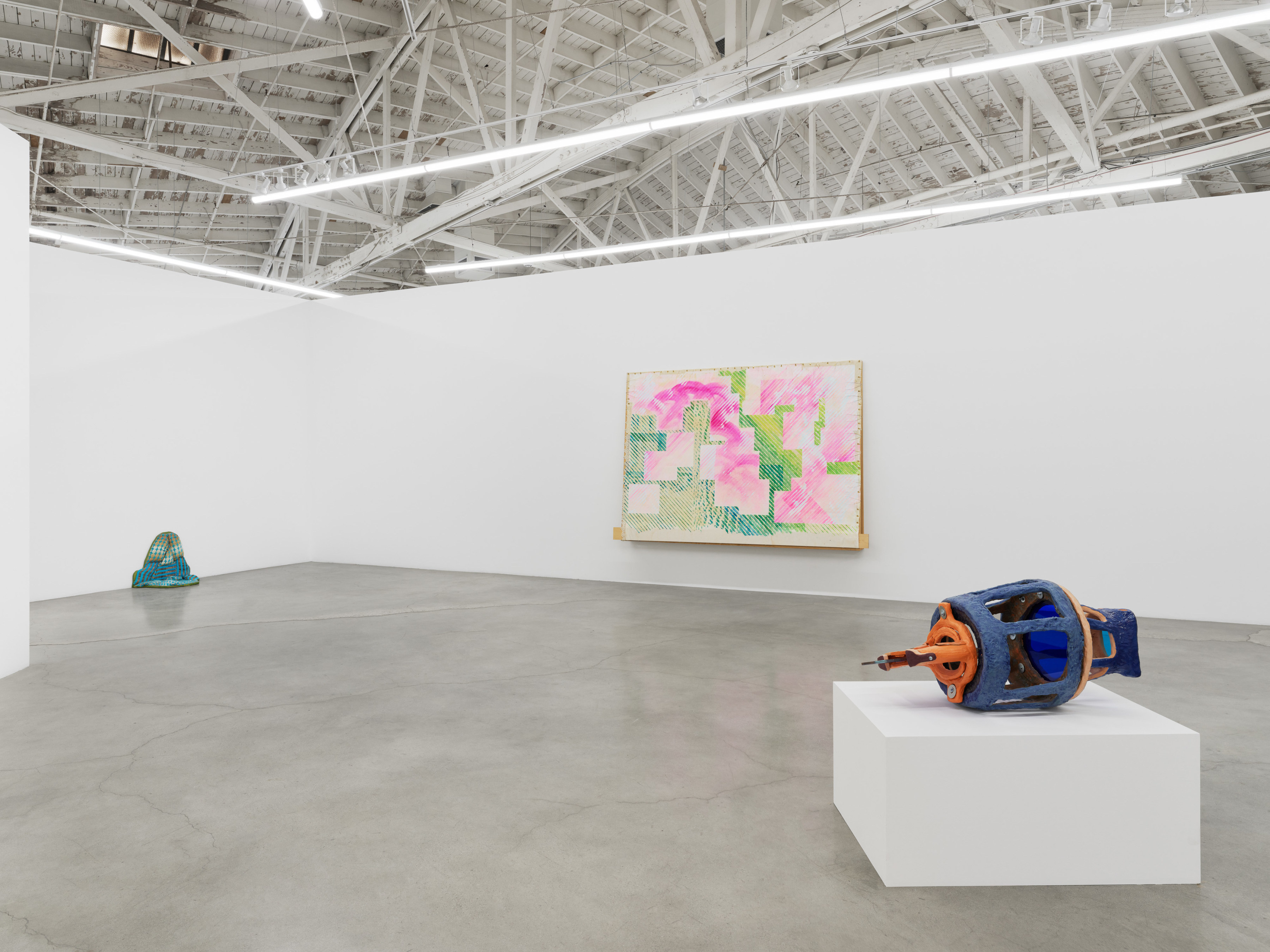
Form and Feeling, installation view, 2024
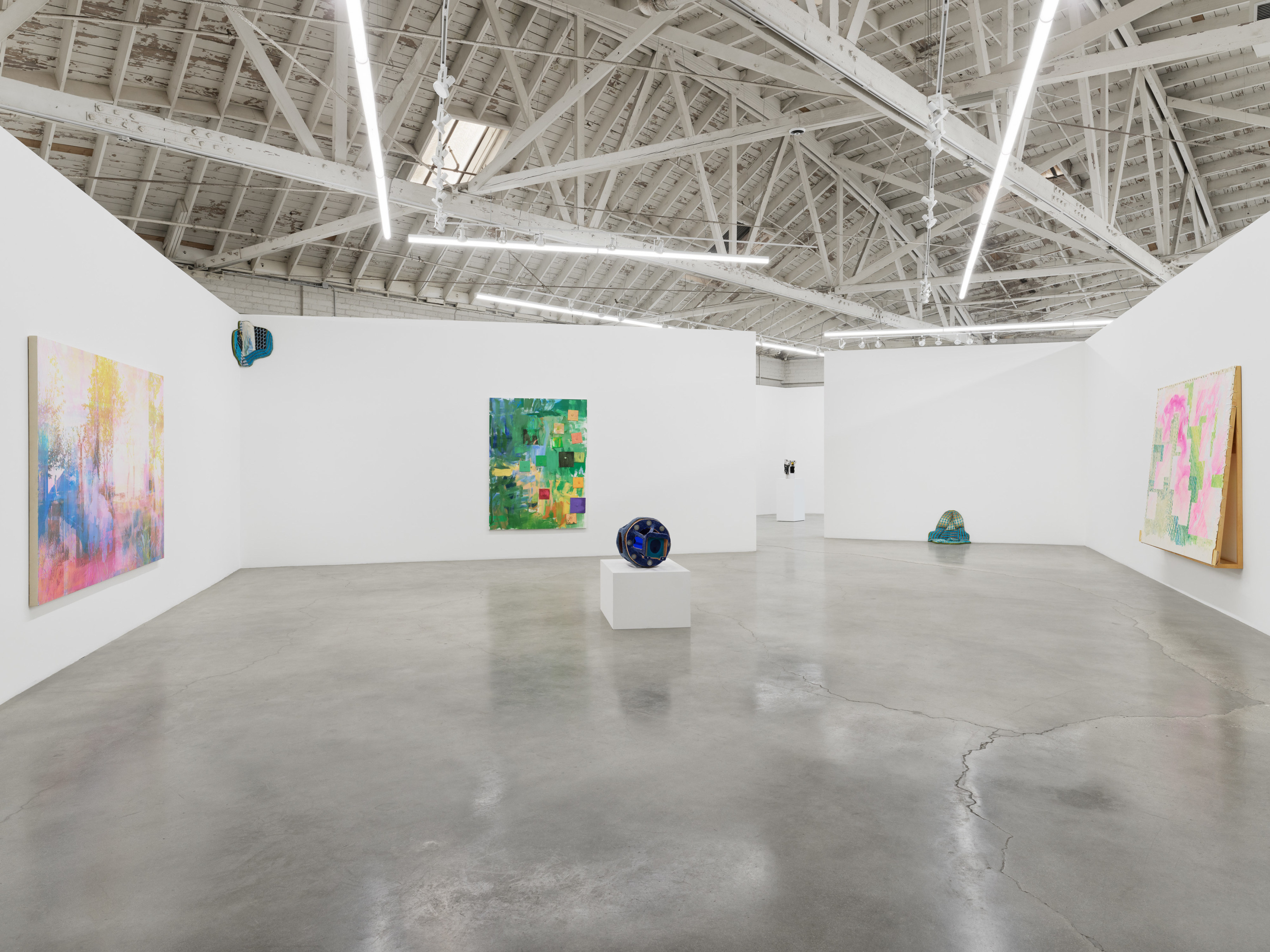
Form and Feeling, installation view, 2024
Educated, as I was, in theories that foregrounded the constructedness of human life, sociality, and artistic production, I came to see these questions as not just irrelevant, but embarrassing, passé, unintellectual, and associated with bad politics. Still, in meandering ways, I found myself continually moving back toward them, wanting to take them seriously, wondering how to talk about embodied feeling and phenomenological experience without being suffocated by the foundational myth of the expressive artistic genius.
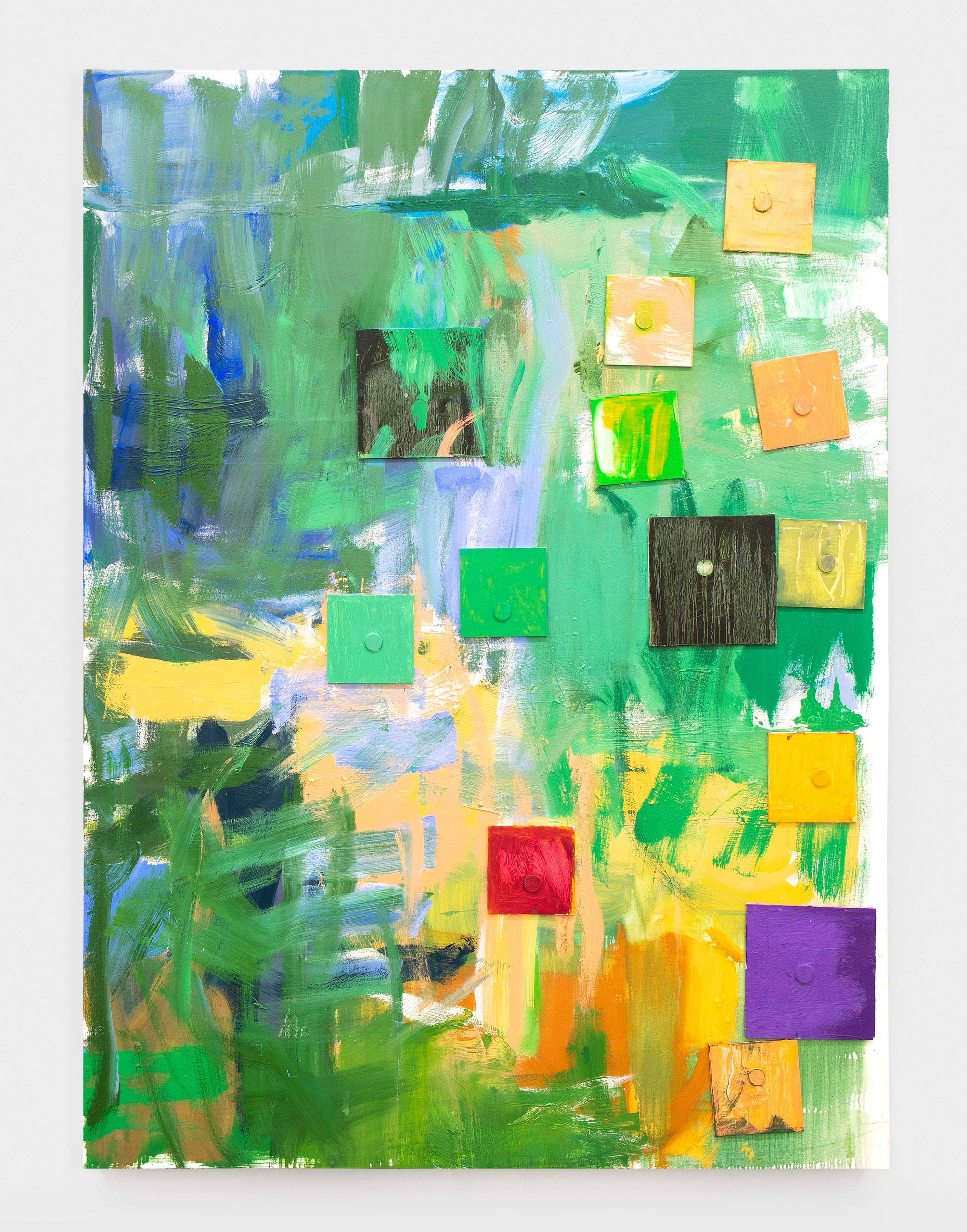
RJ Messineo, Anagram, 2023
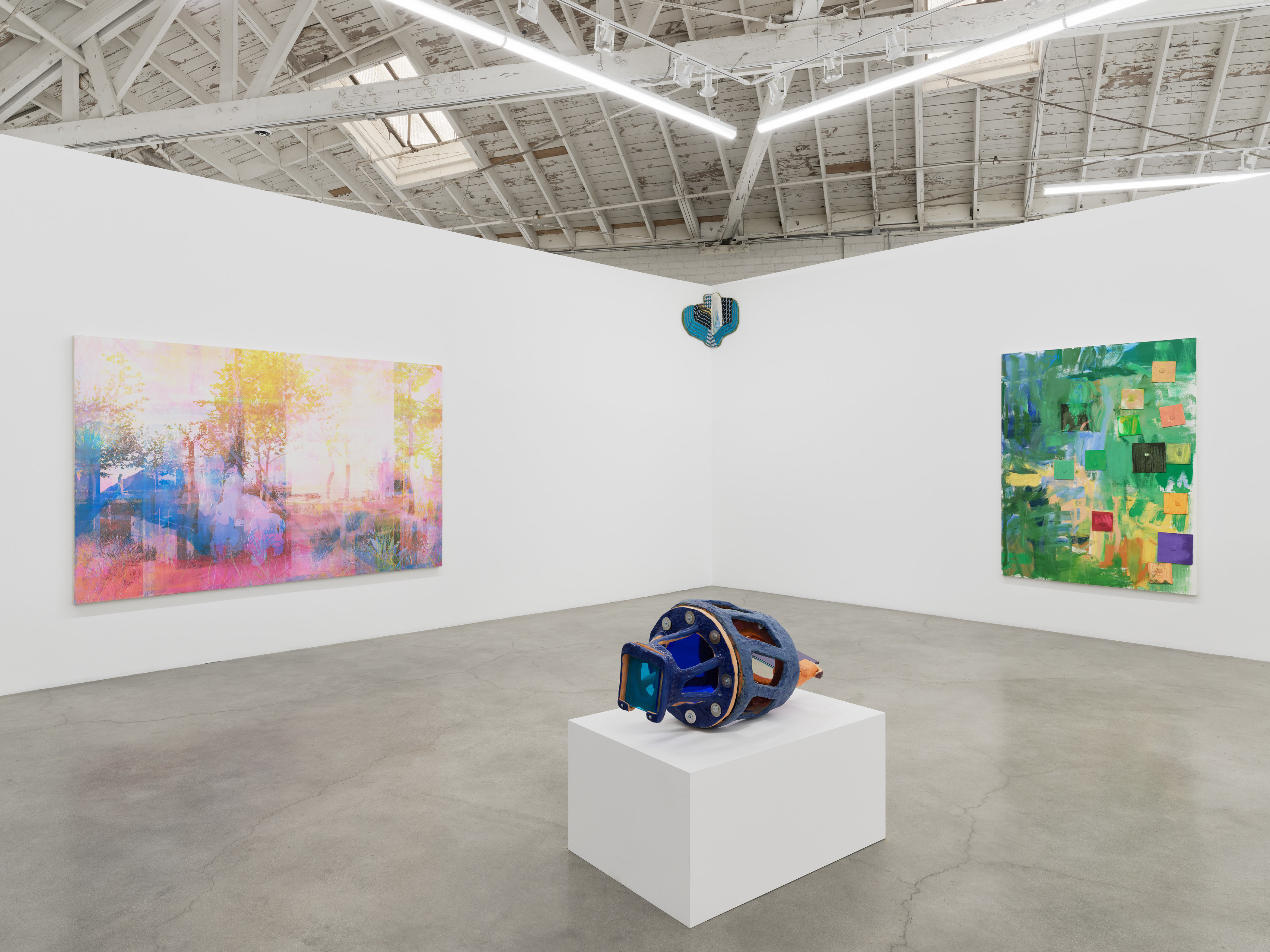
Form and Feeling, installation view, 2024
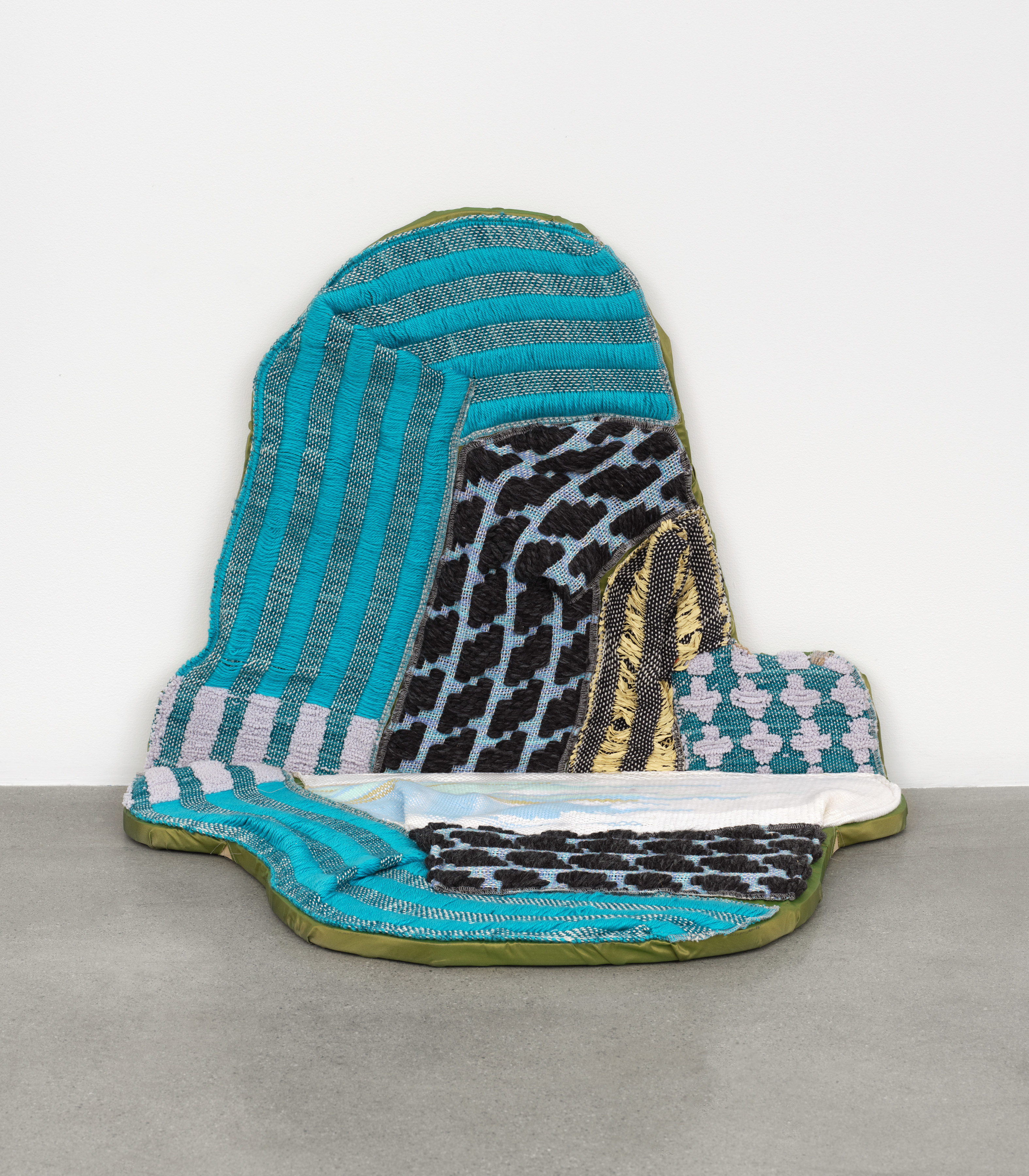
Sarah Zapata, in time of mourning or social protest 3, 2022
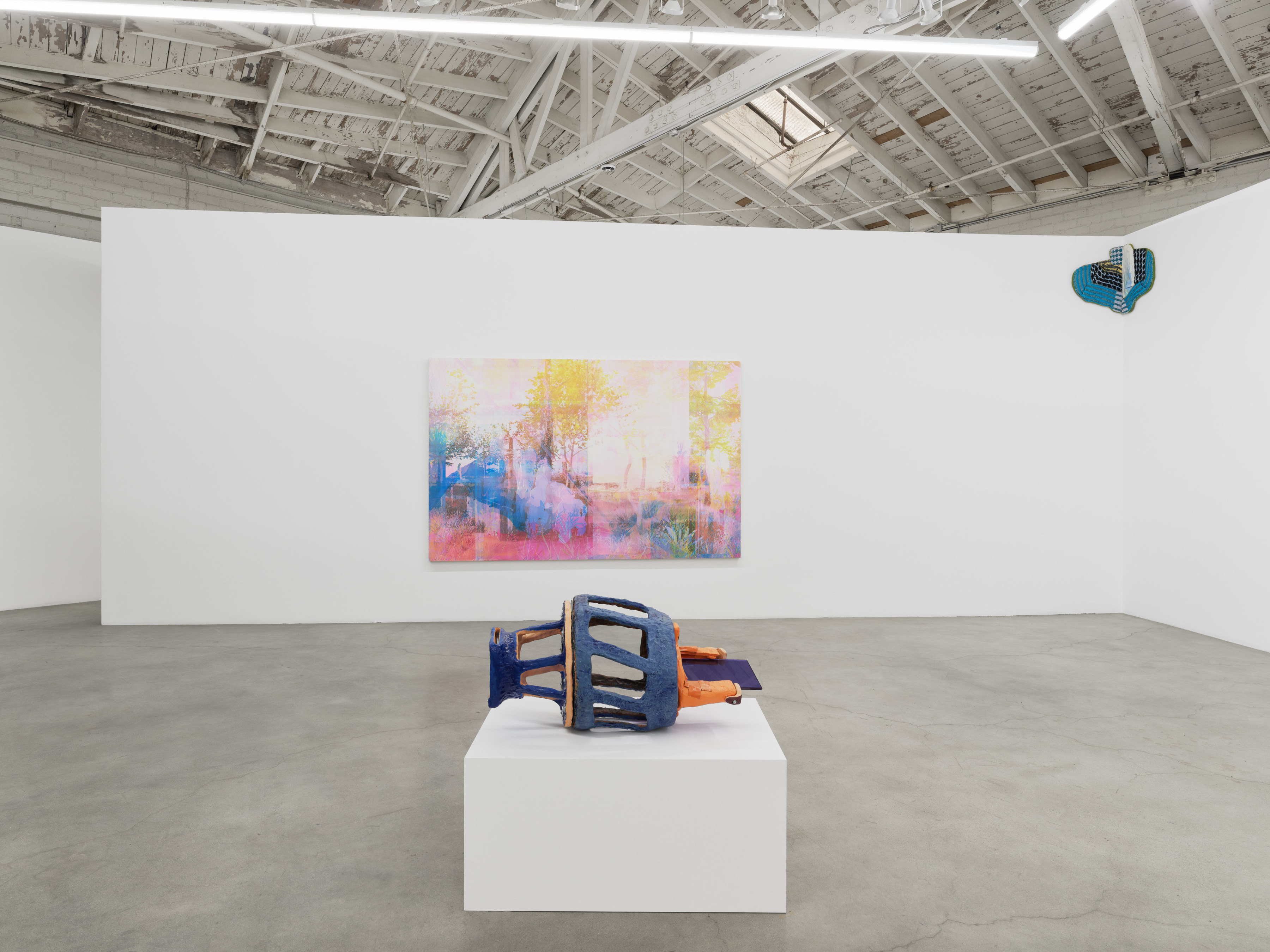
Form and Feeling, installation view, 2024
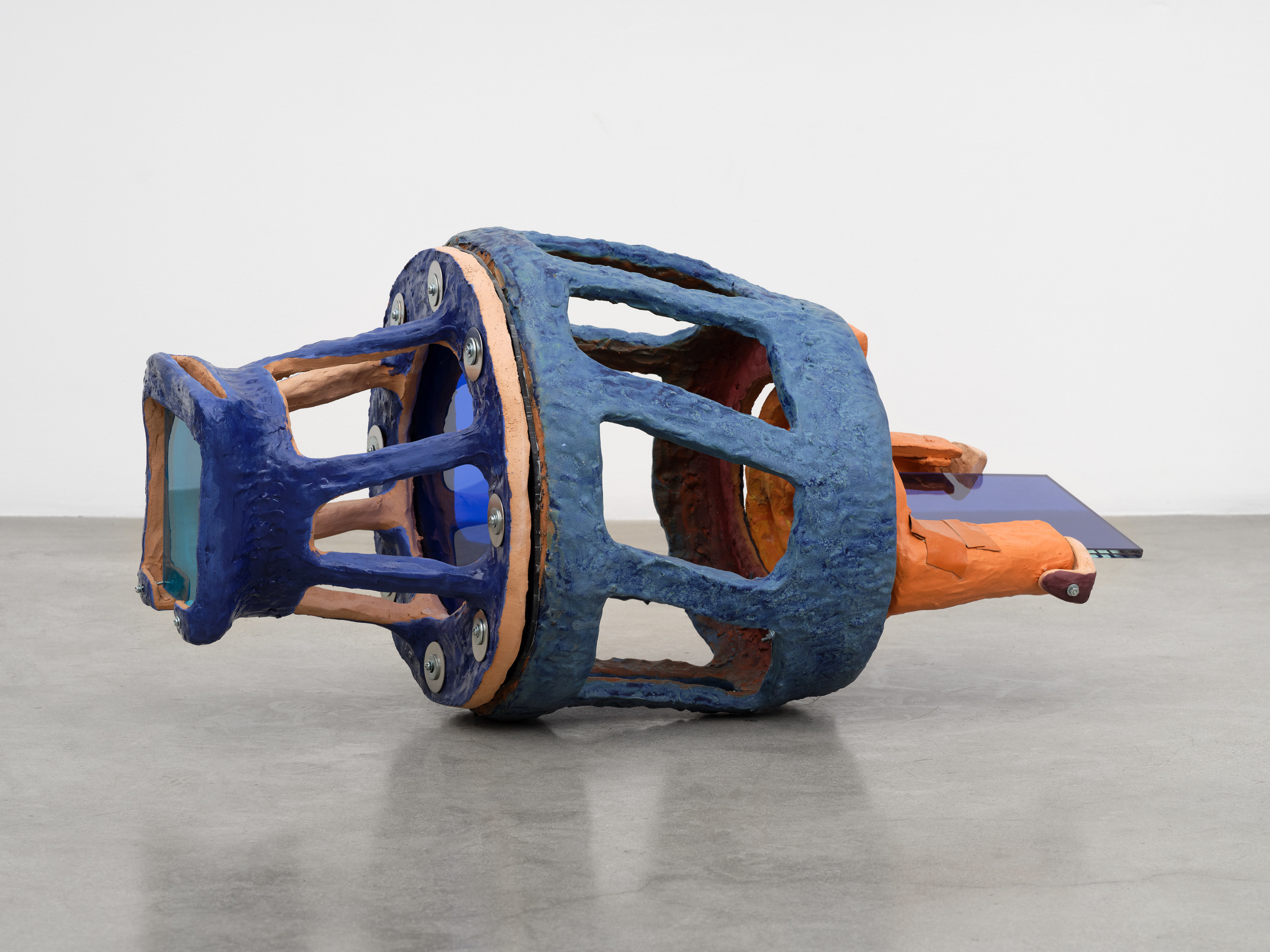
Sahar Khoury, Untitled (holder of Lynne Hershman Leeson's plexiglass and Sarah Braman's glass), 2019
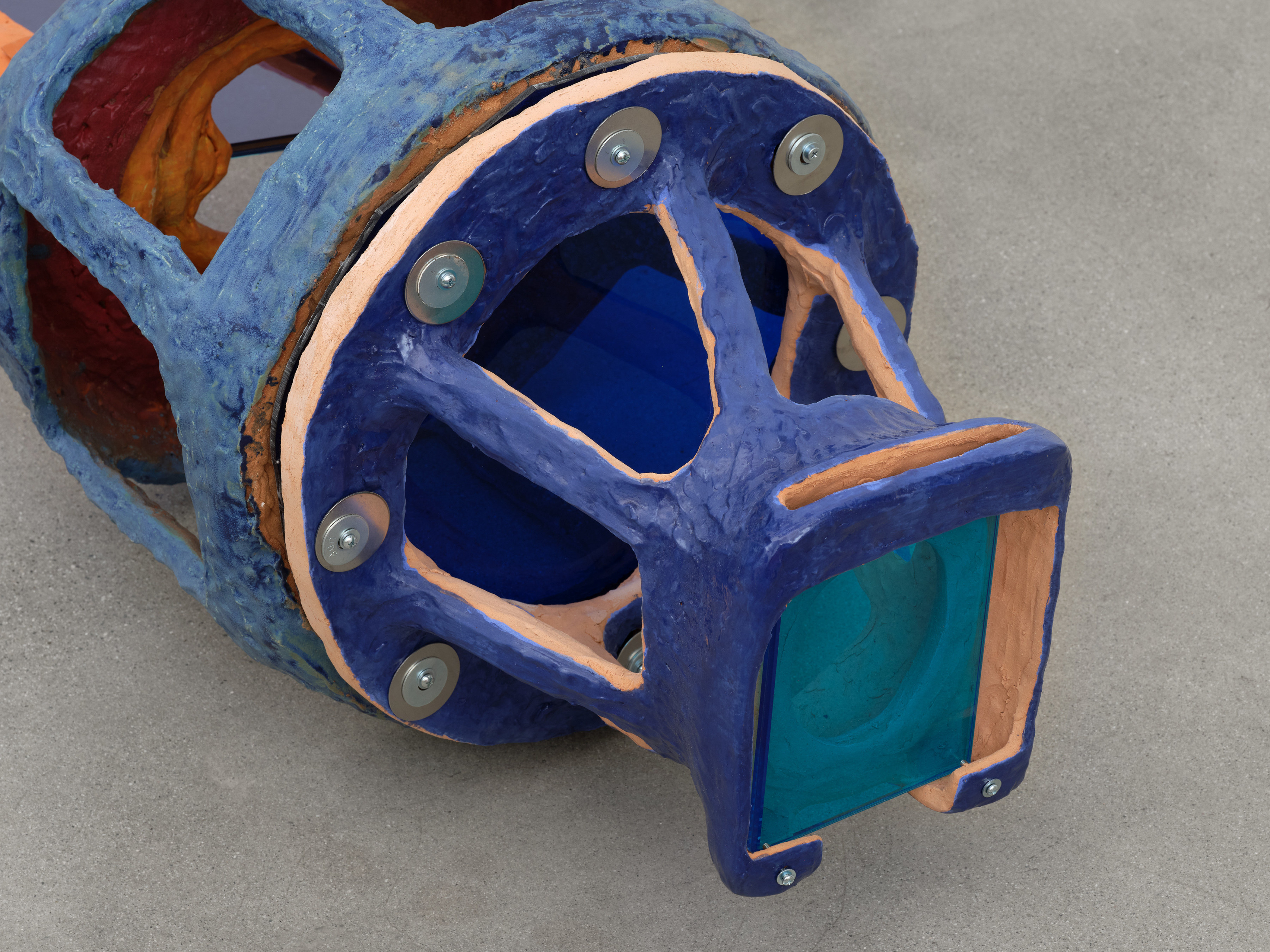
Sahar Khoury, Untitled (holder of Lynne Hershman Leeson's plexiglass and Sarah Braman's glass), detail, 2019
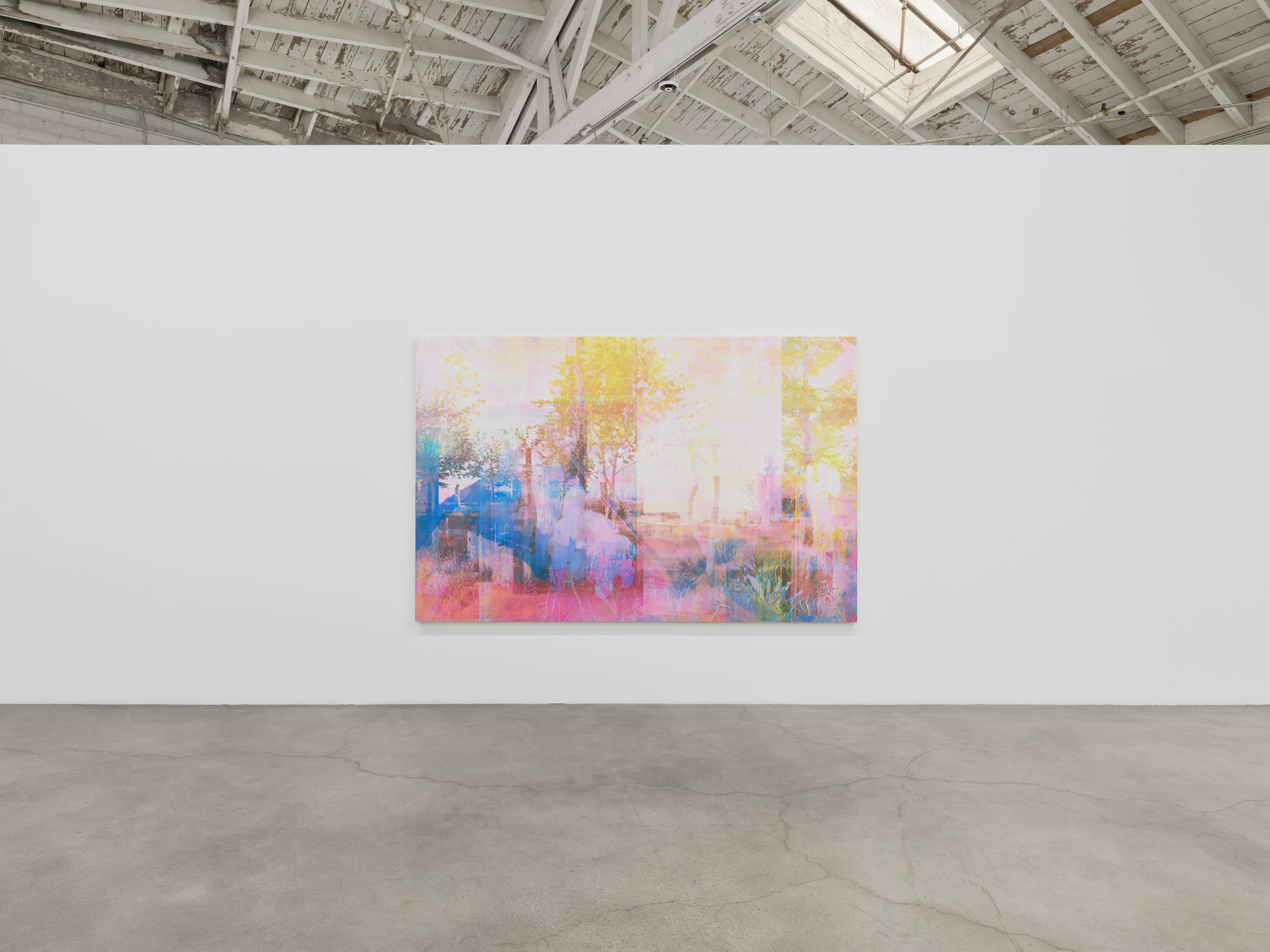
Form and Feeling, installation view, 2024
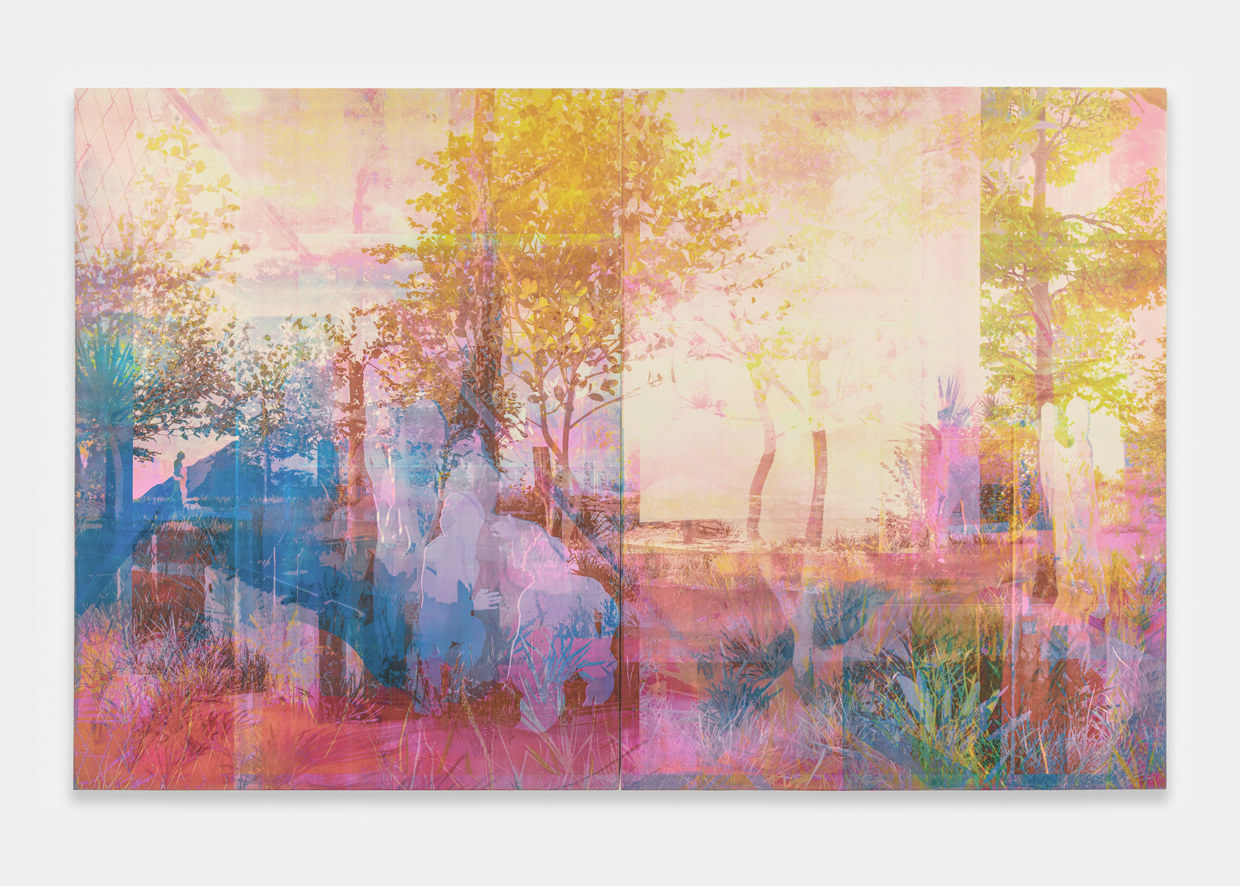
Zoe Walsh, Light answers only light before the breeze, 2023
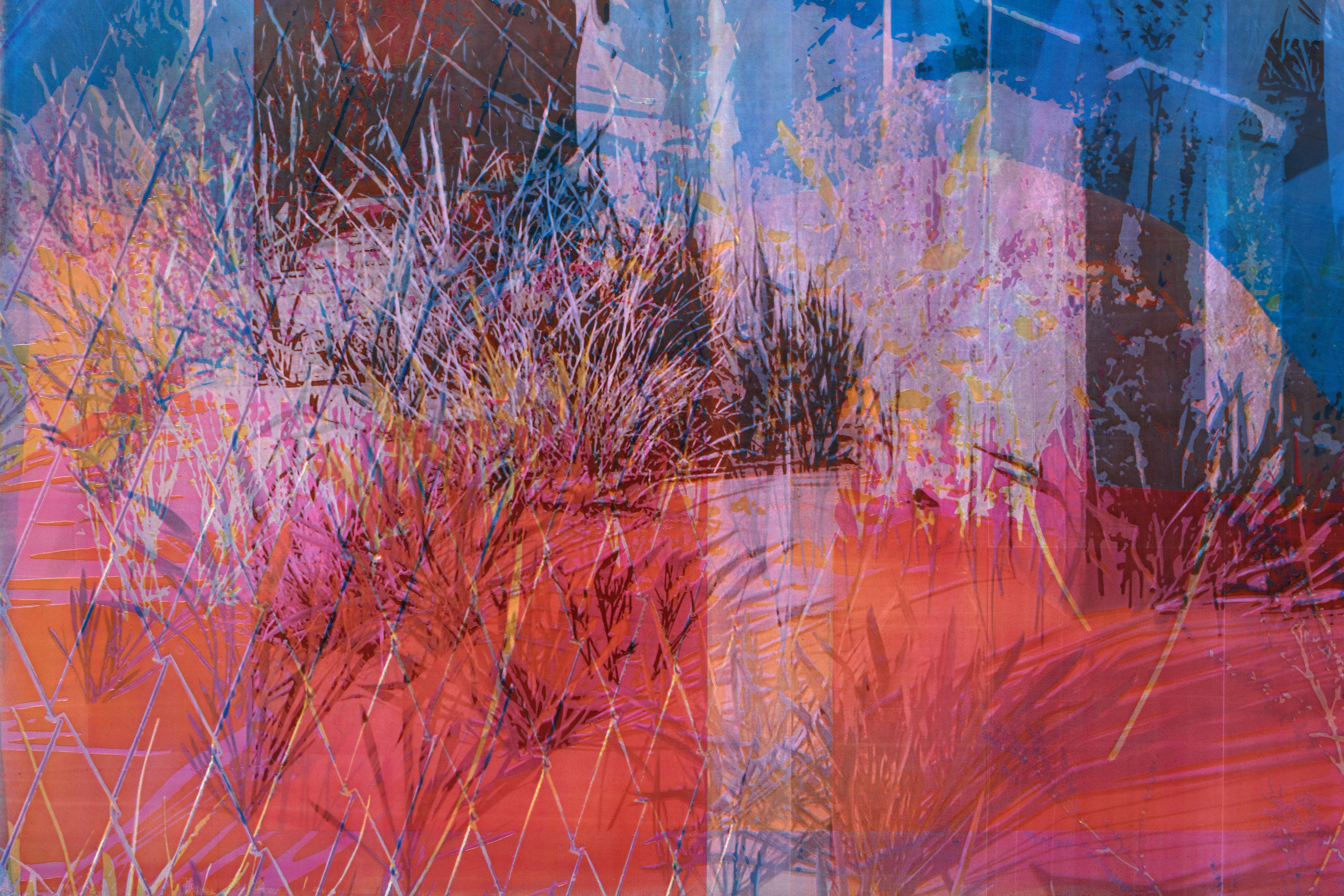
Zoe Walsh, Light answers only light before the breeze, detail, 2023
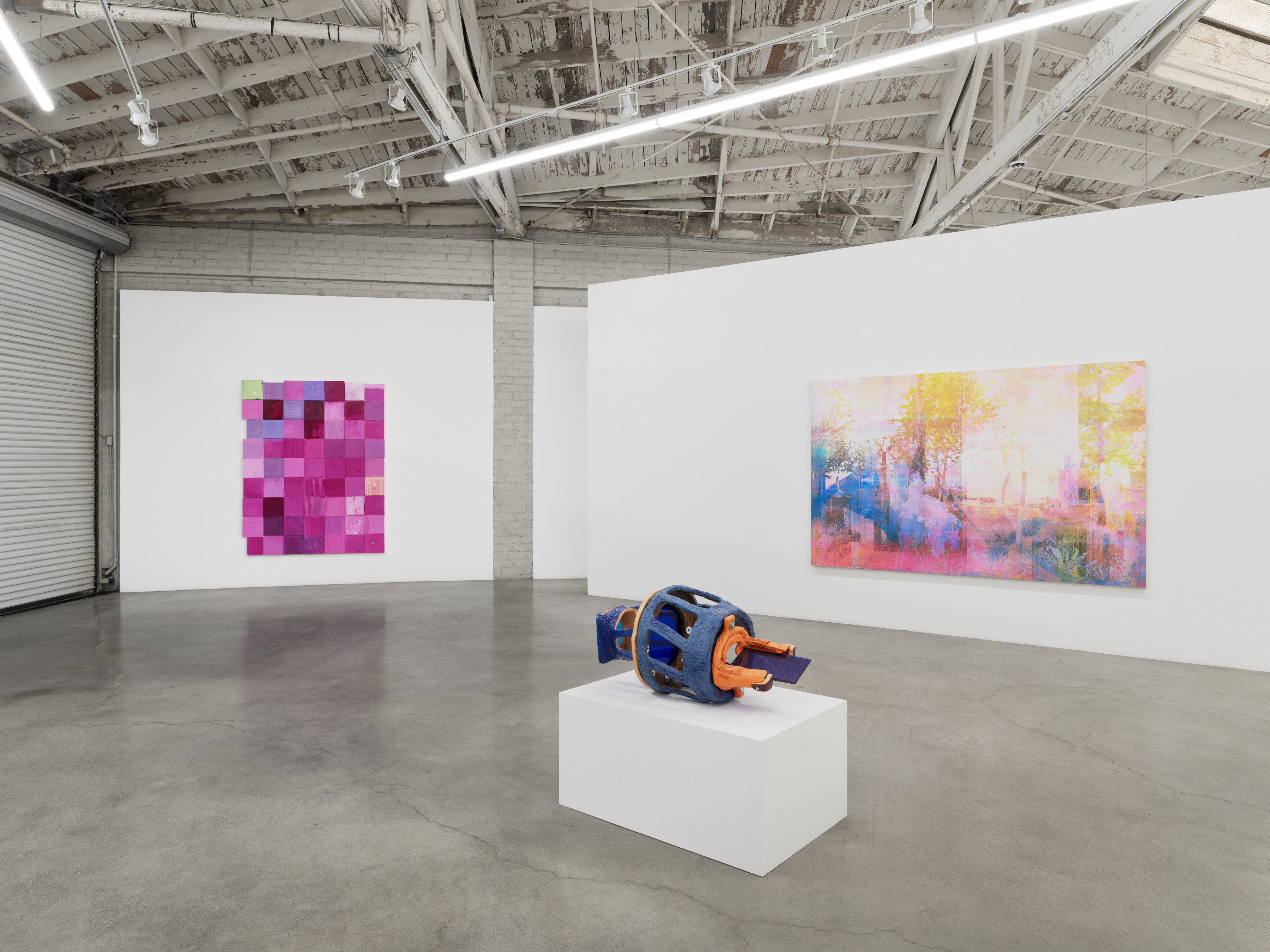
Form and Feeling, installation view, 2024
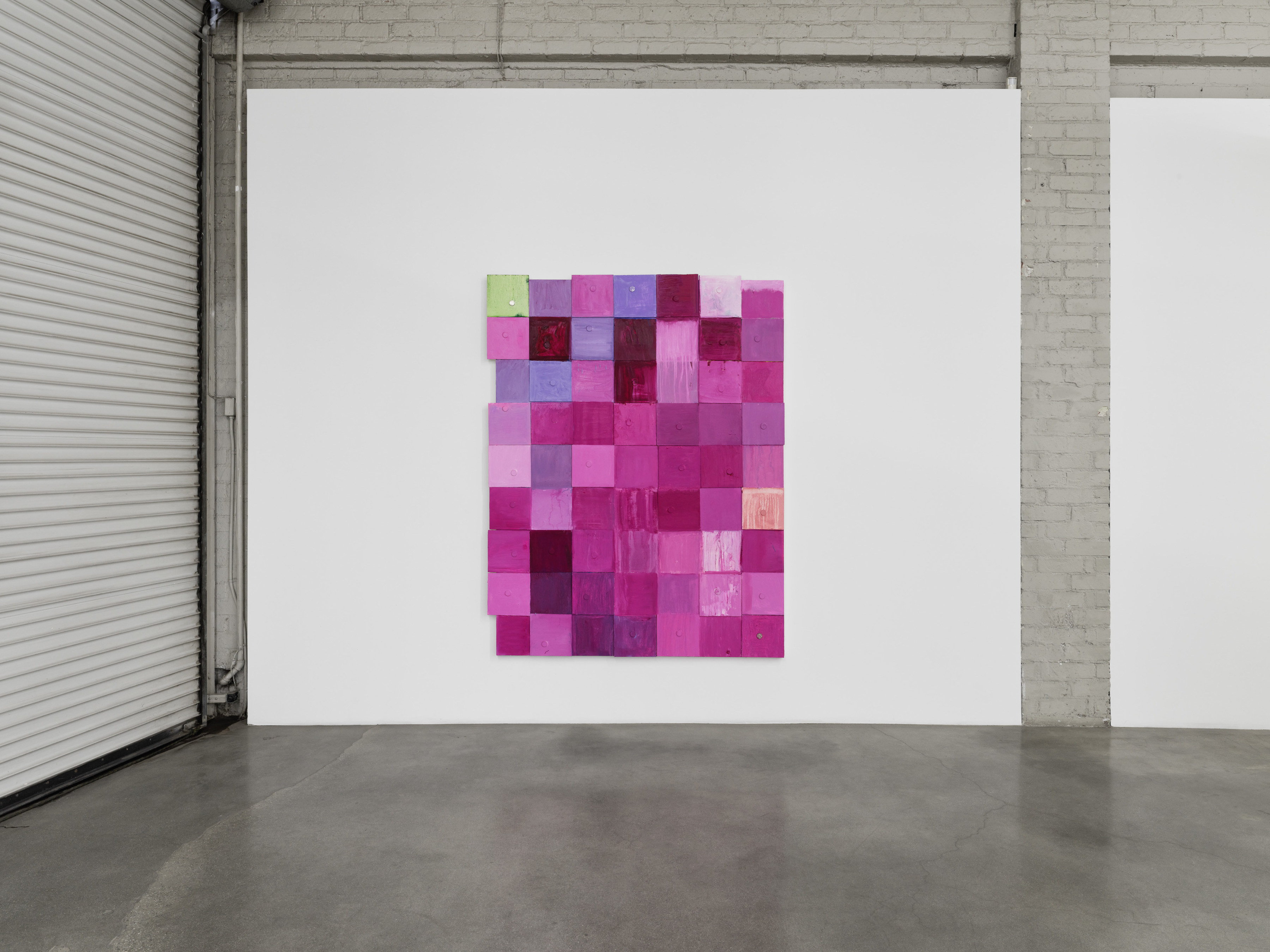
Form and Feeling, installation view, 2024
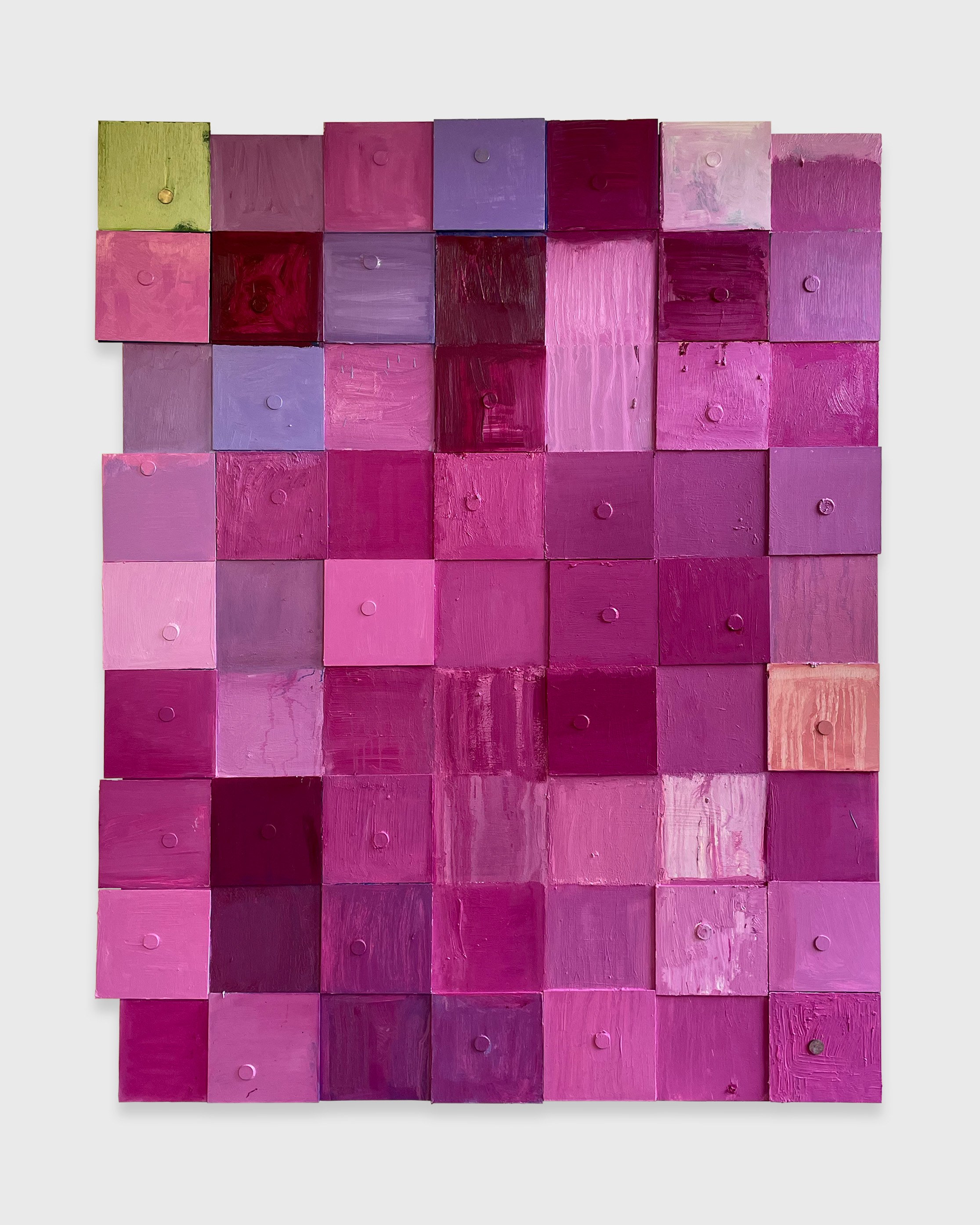
RJ Messineo, Culottes, 2022
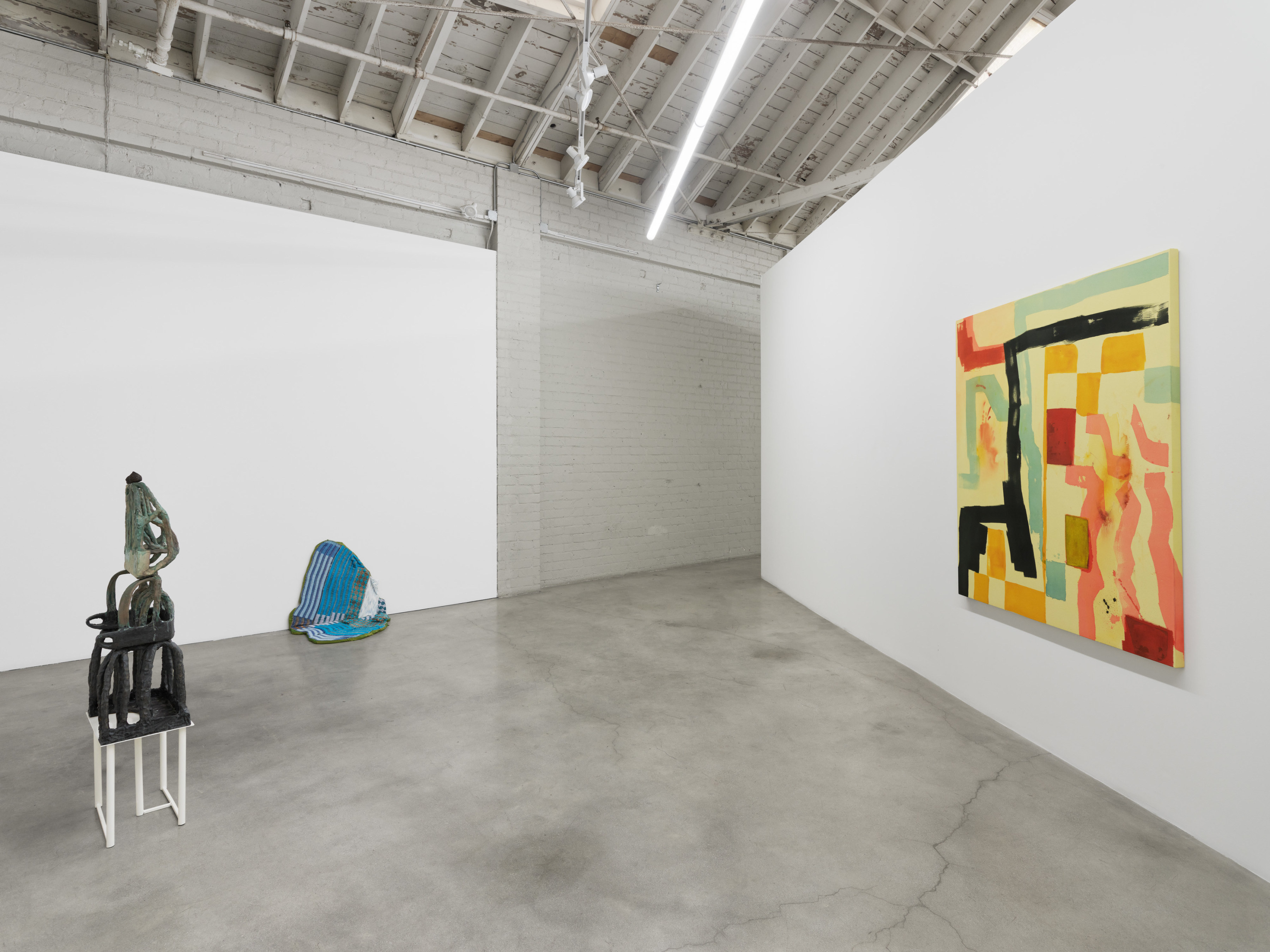
Form and Feeling, installation view, 2024

Sahar Khoury, Untitled (falafel column), 2022
Could foregrounding artists’ and viewers’ affective relationships to materials and form change the kinds of stories we tell about contemporary art? In his “Notes of a Painter” from 1908, Henri Matisse wrote: “I am unable to distinguish between the feeling I have about life and my way of translating it.” Keeping in mind the well-elaborated critiques of art historical modernism, what would it mean to take this claim seriously as a theorization of how art represents and elicits affect? What would it mean to “attend to psychology and materiality at the level of affect and texture” as Eve Sedgwick put it in the introduction to Touching Feeling nearly 100 years later?
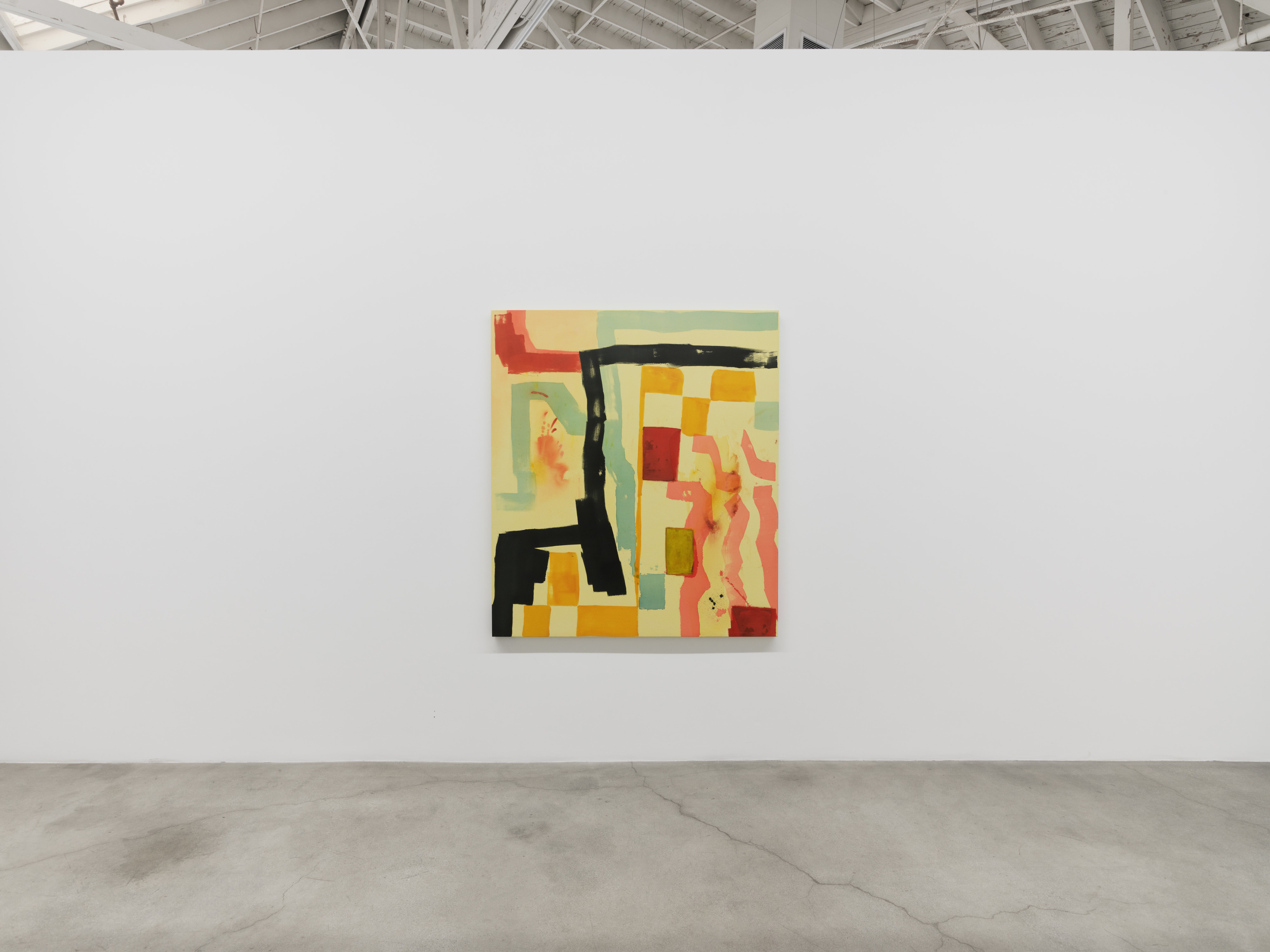
Form and Feeling, installation view, 2024
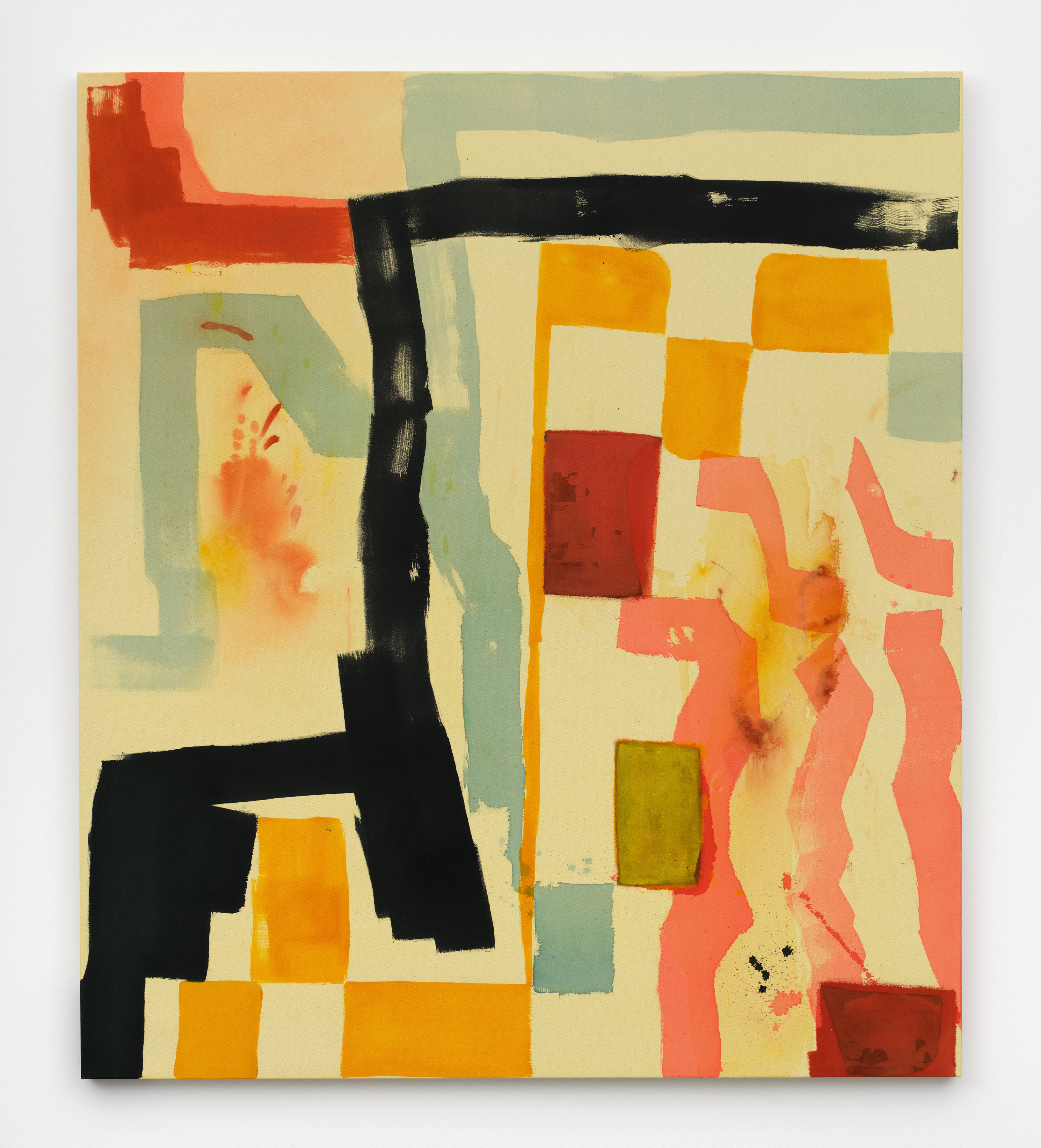
Strauss Bourque-LaFrance, Mercurial Descent, 2024
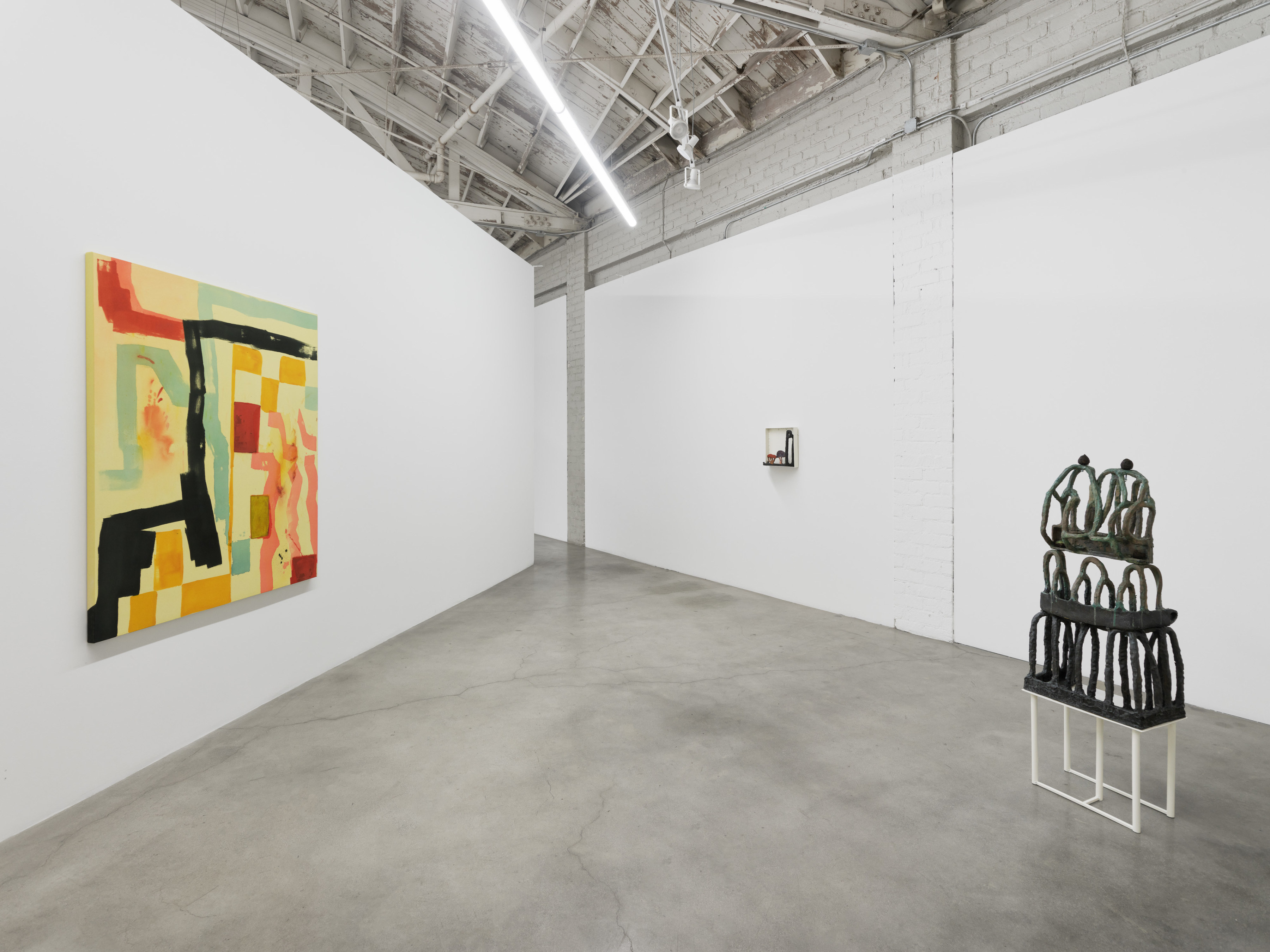
Form and Feeling, installation view, 2024
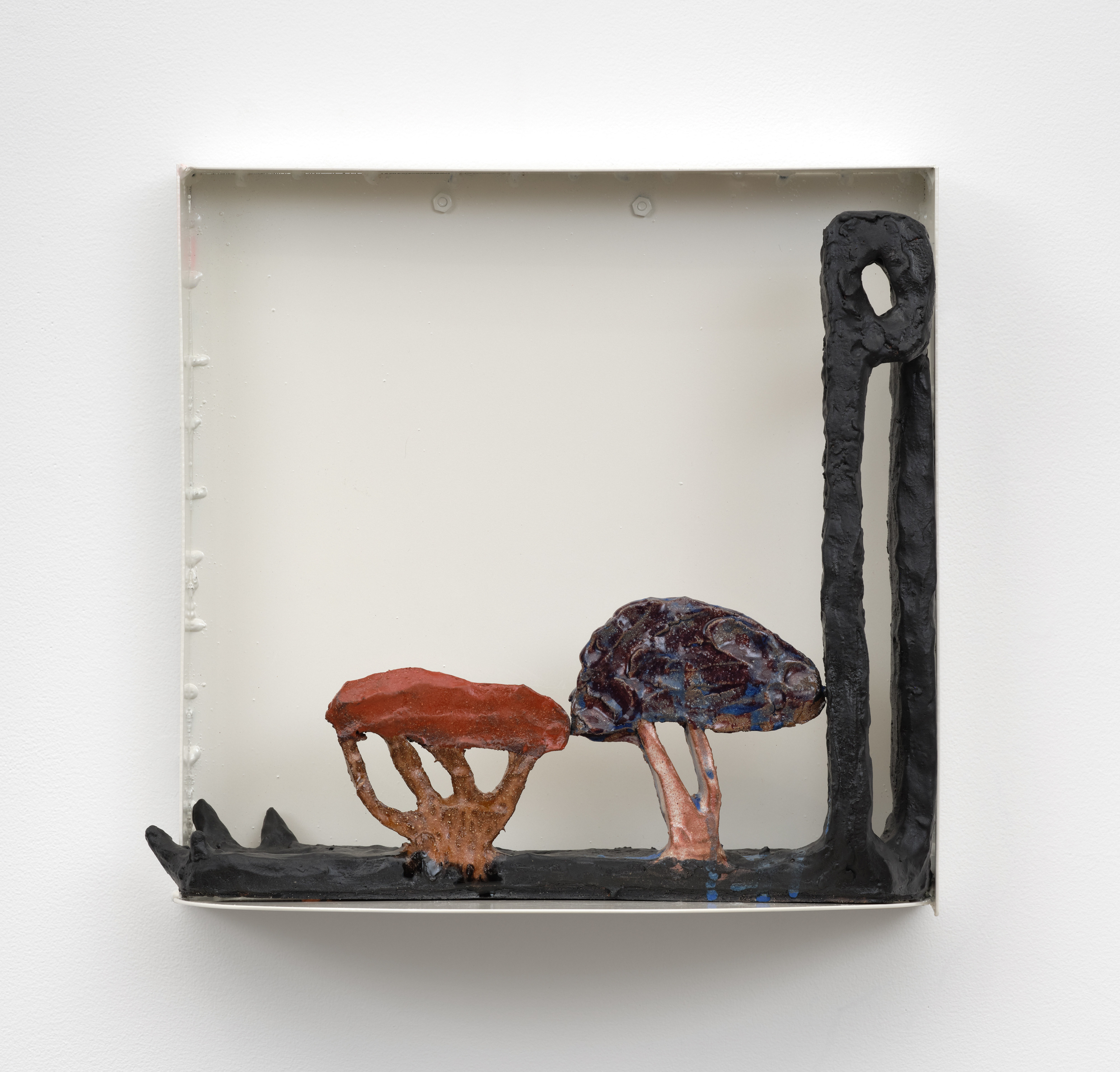
Sahar Khoury, Untitled, 2022

Form and Feeling, installation view, 2024
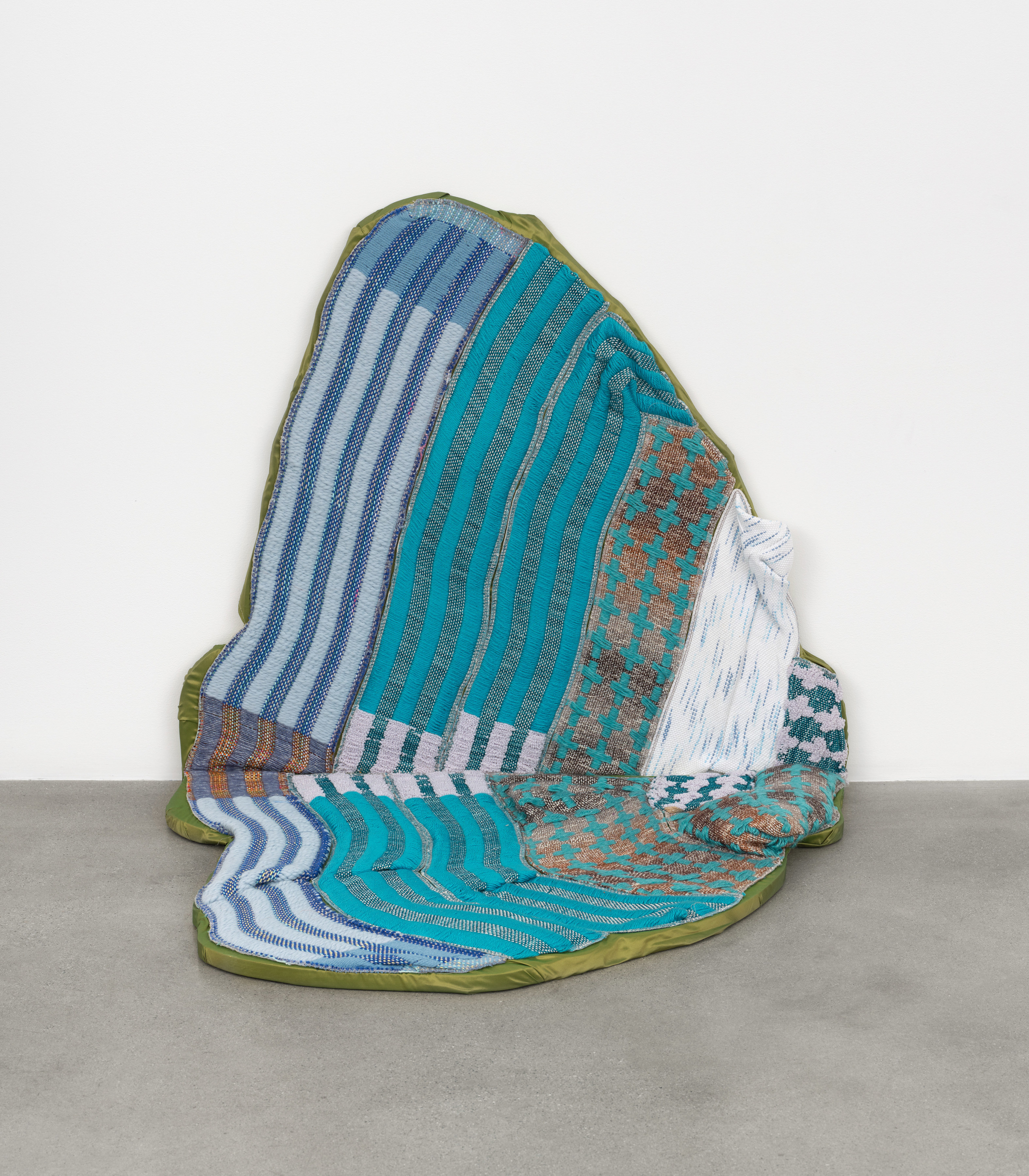
Sarah Zapata, in times of mourning or social protest 1, 2022
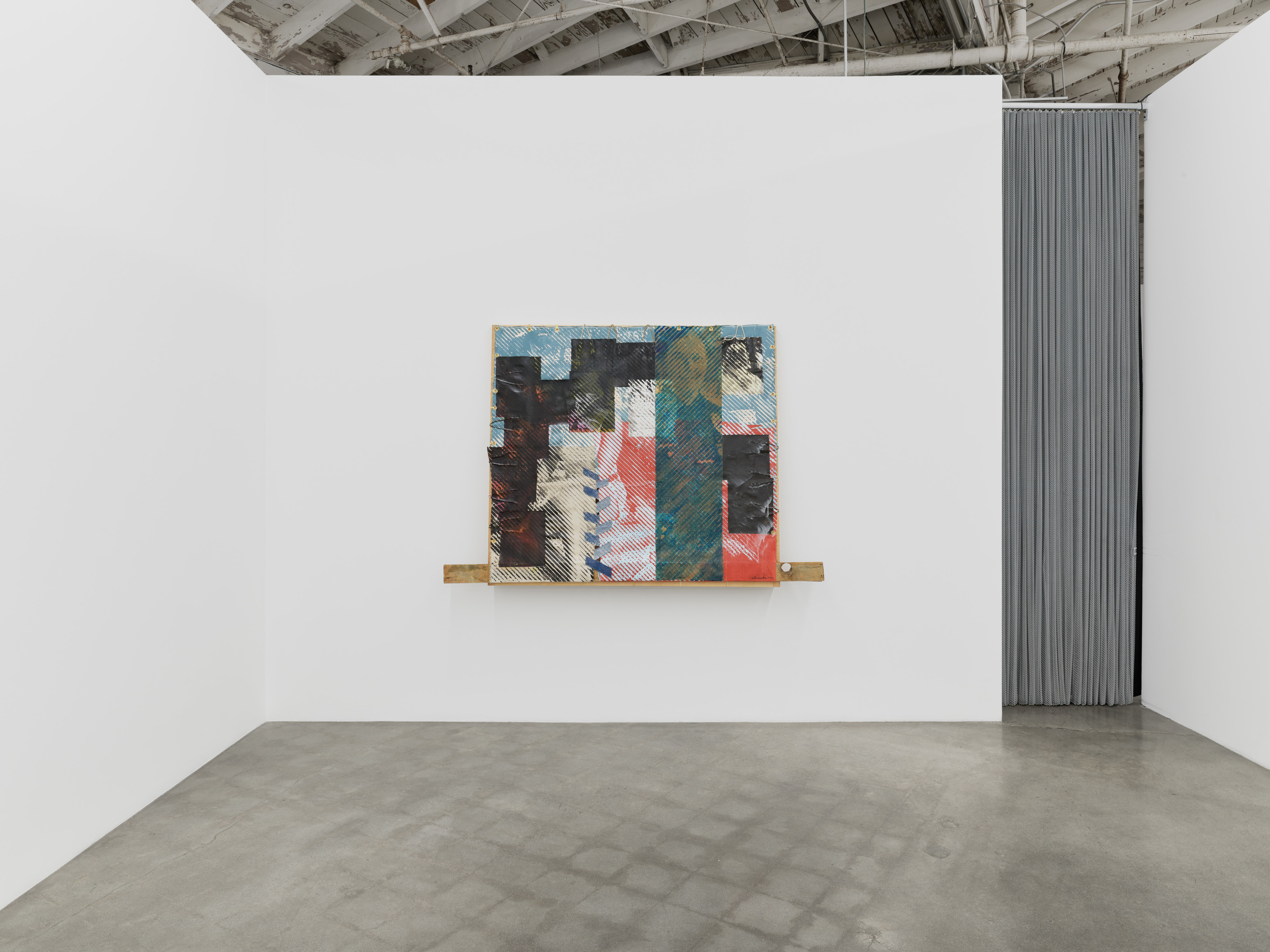
Form and Feeling, installation view, 2024
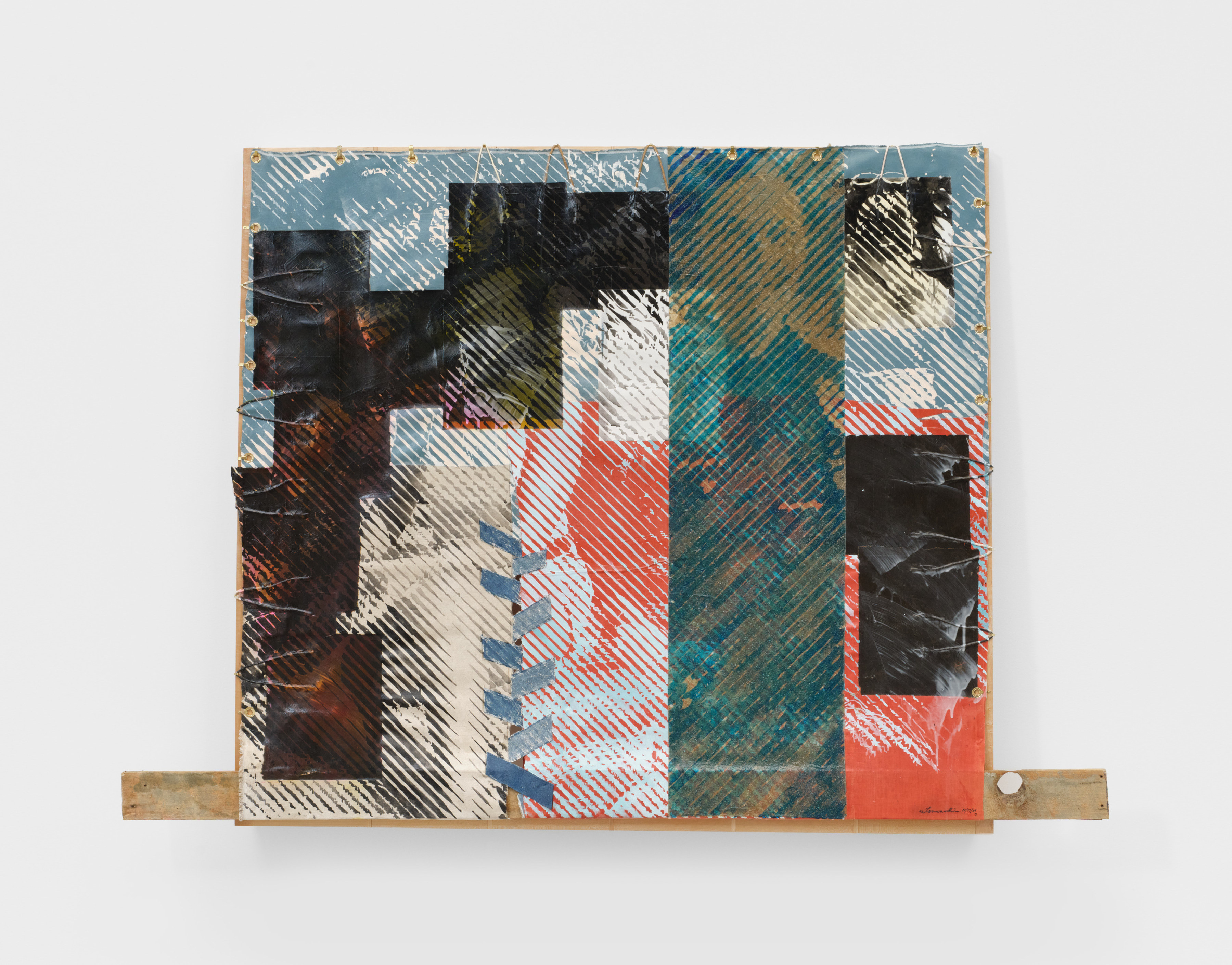
Tomashi Jackson, Under Color of Authority (Spelman Alumni on the Grass/ Mary O'Callaghan, LAPD Officer), 2024
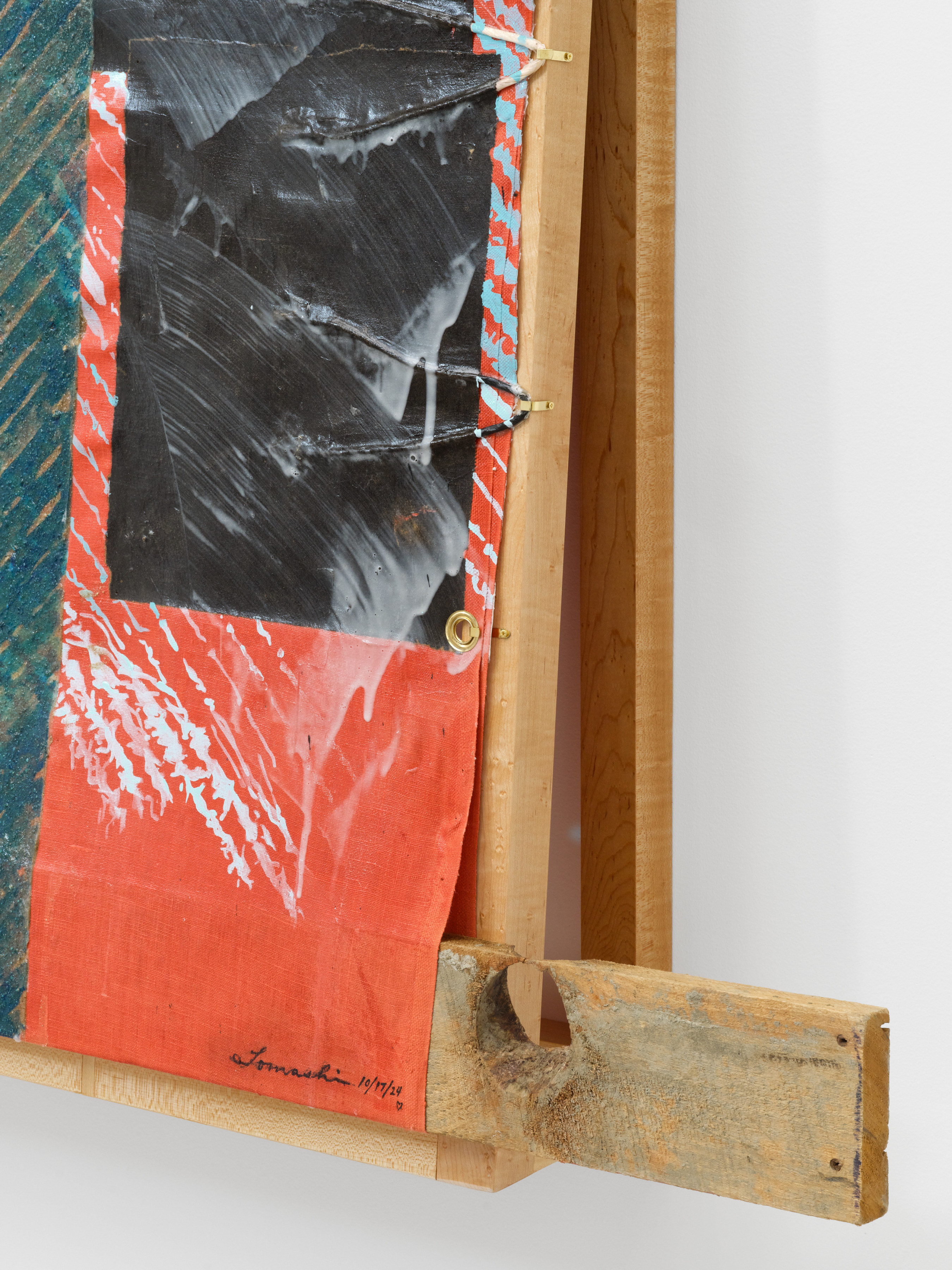
Tomashi Jackson, Under Color of Authority (Spelman Alumni on the Grass/ Mary O'Callaghan, LAPD Officer), detail, 2024
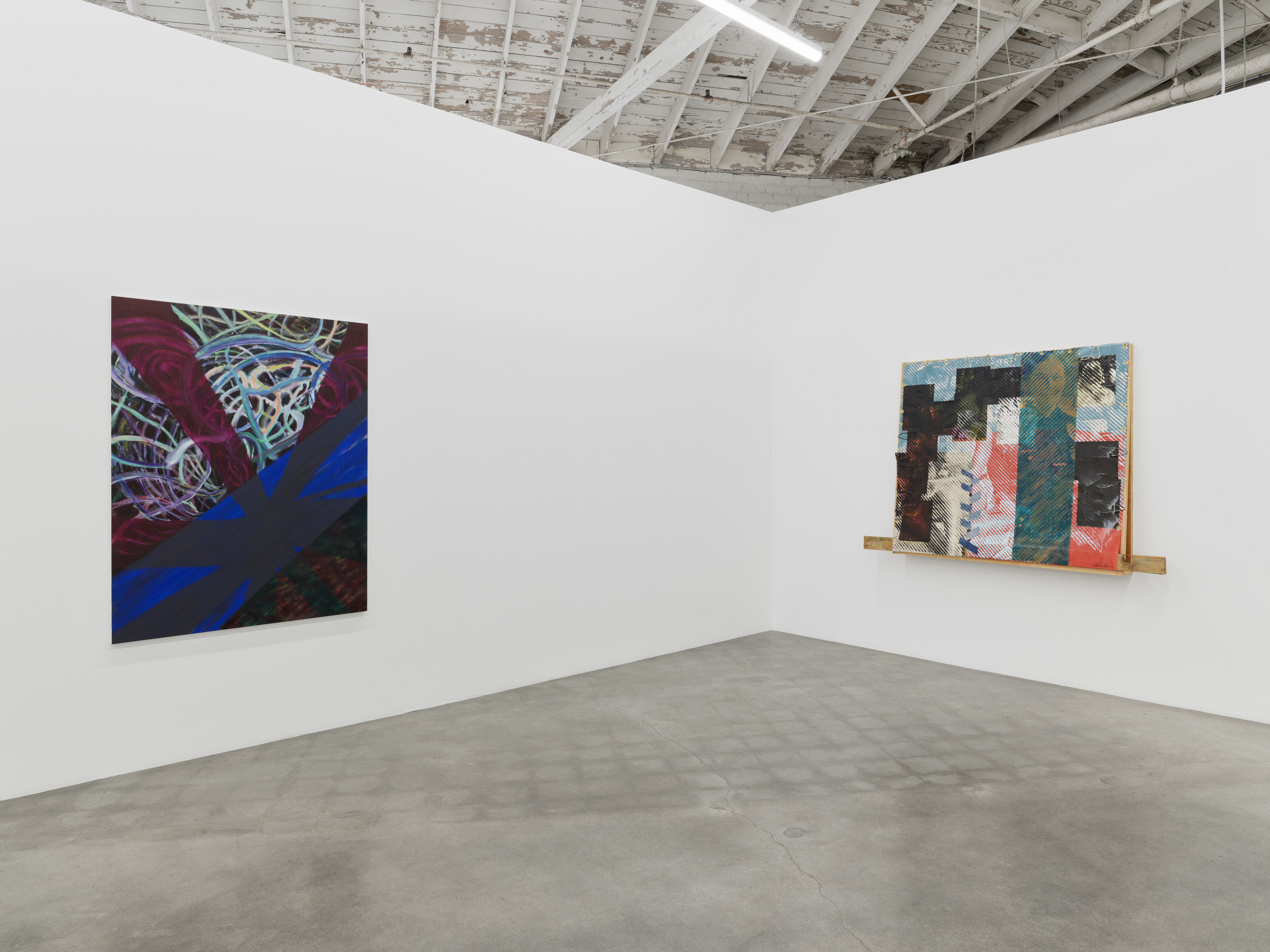
Form and Feeling, installation view, 2024
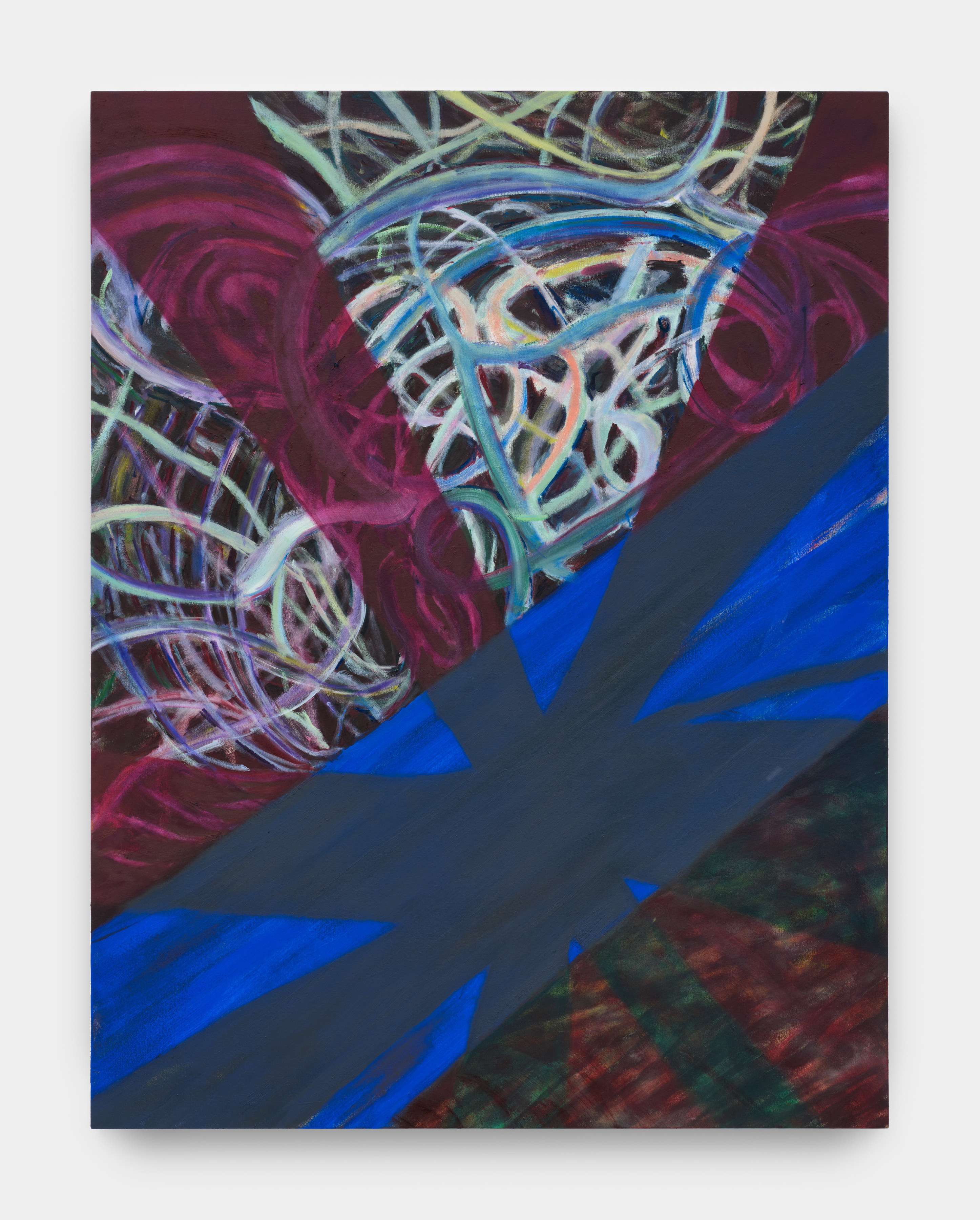
Marisa Takal, Throughout and with Power, 2024
What would it mean to hear artists talk about their feelings? What would it mean for observers to talk about theirs? Here is an invitation to move through the jumble of form and feeling.
—Ashton Cooper
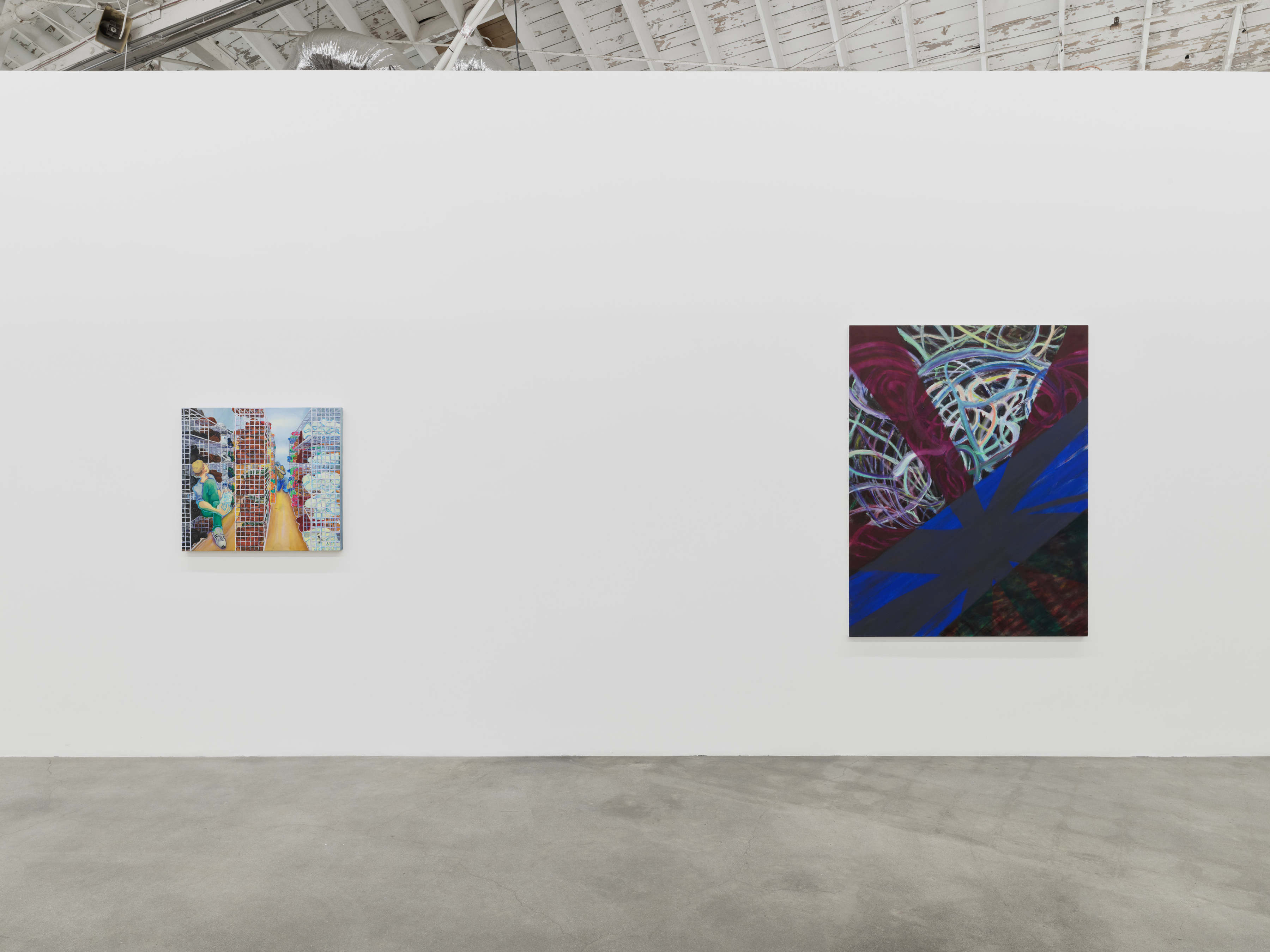
Form and Feeling, installation view, 2024
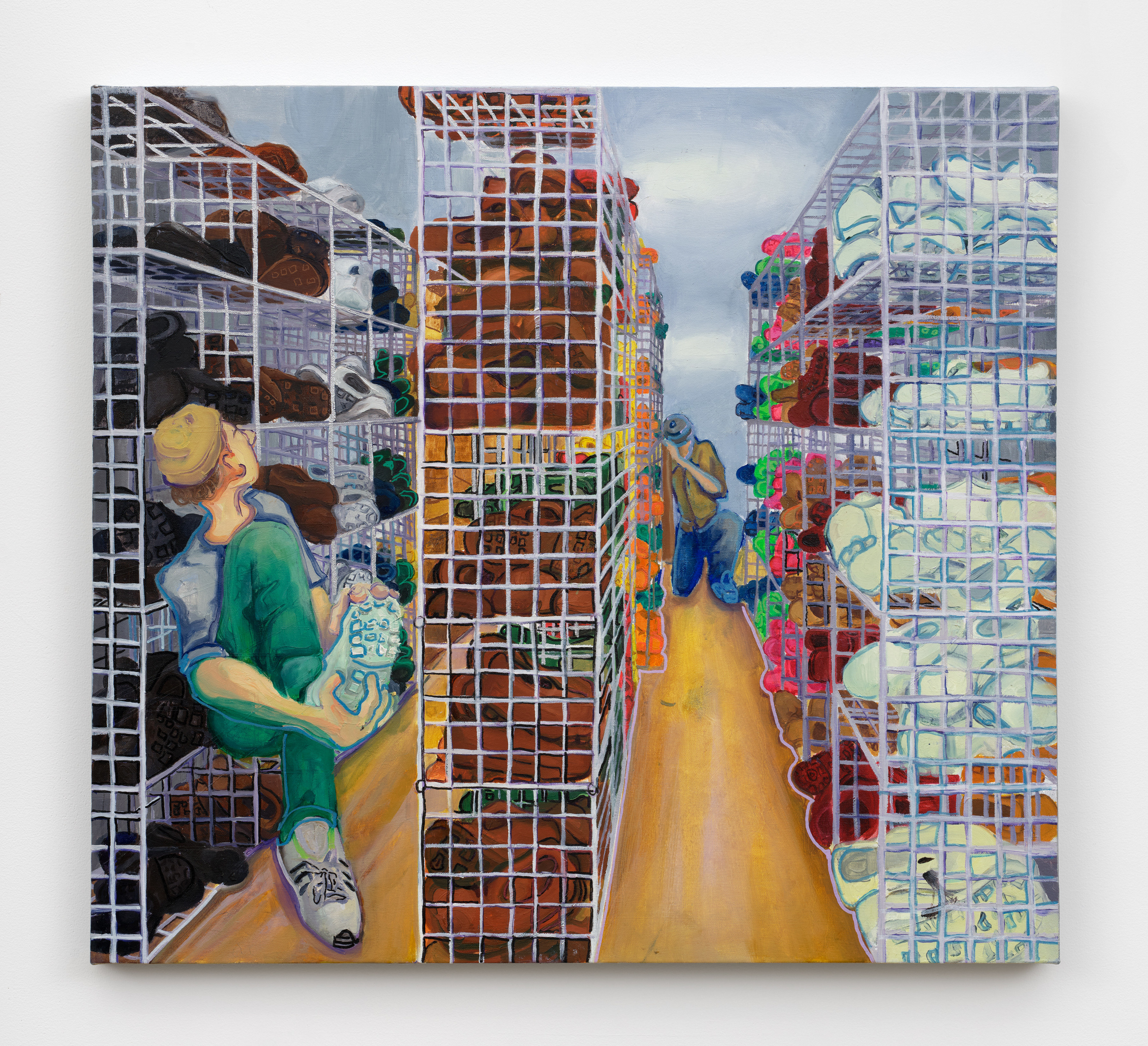
Tony Bluestone, Guston's Nightmare, 2024
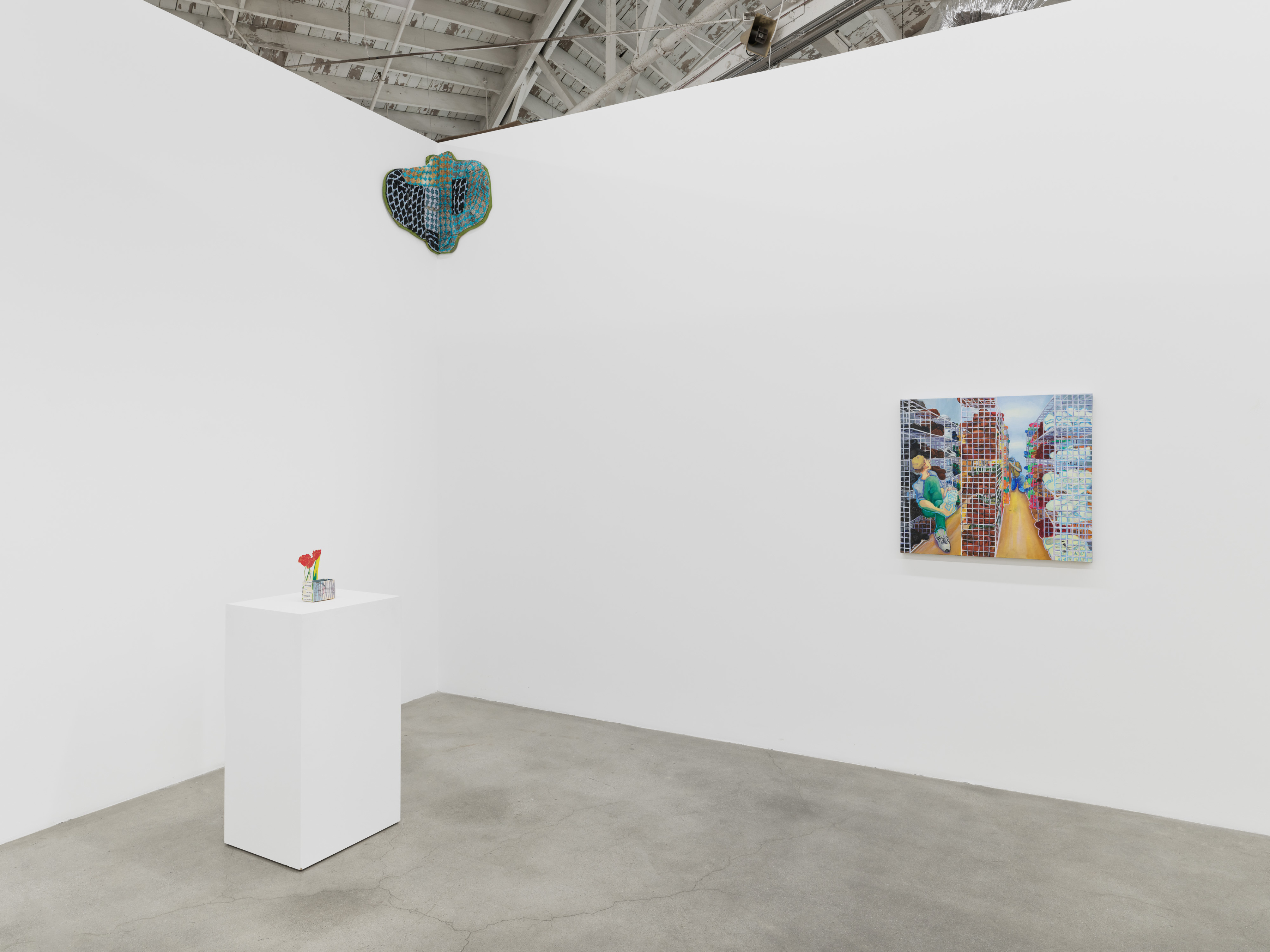
Form and Feeling, installation view, 2024
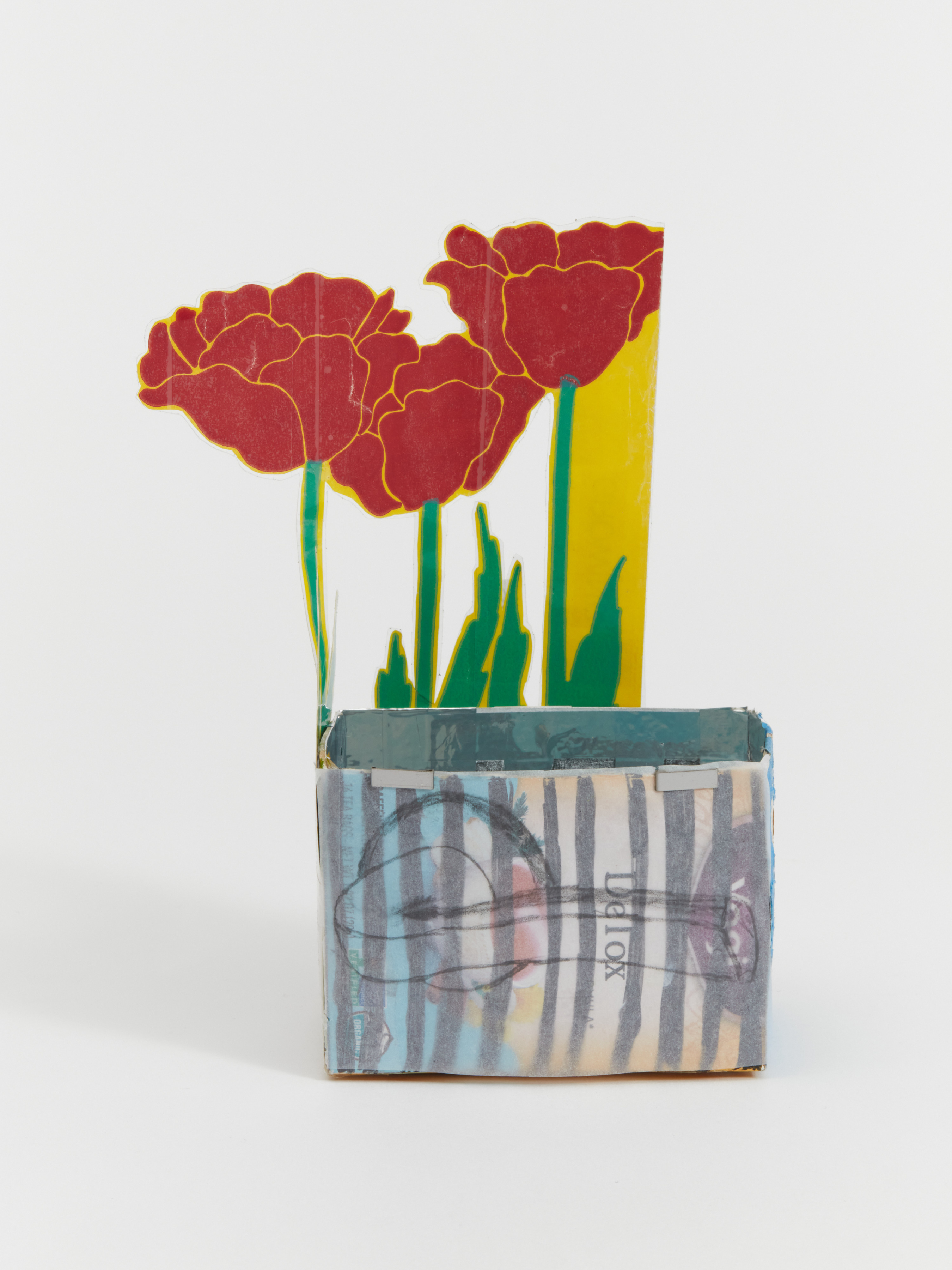
Marisa Takal, At the Door, Waiting Your Whole Life, 2023
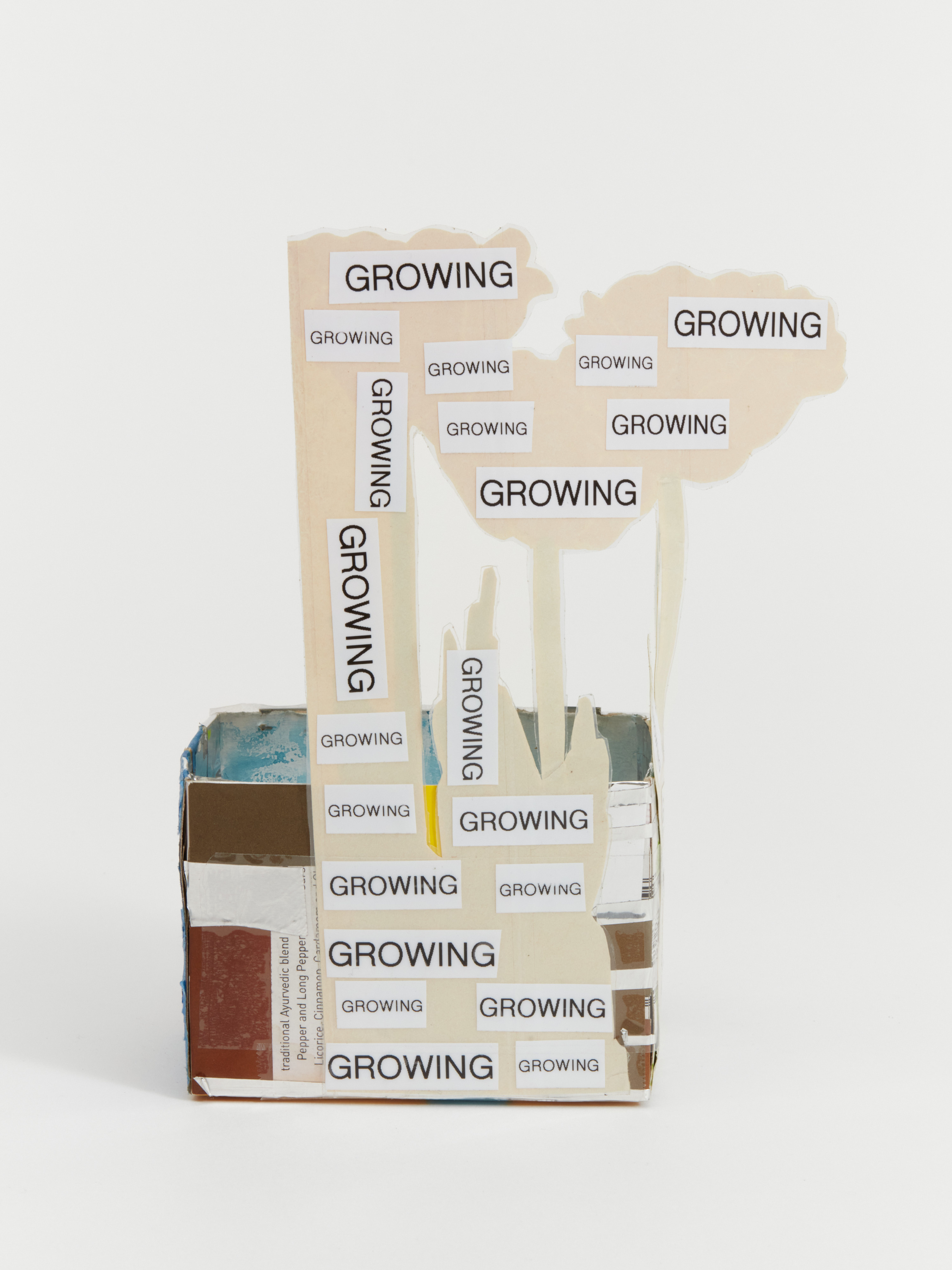
Marisa Takal, At the Door, Waiting Your Whole Life, detail, 2023
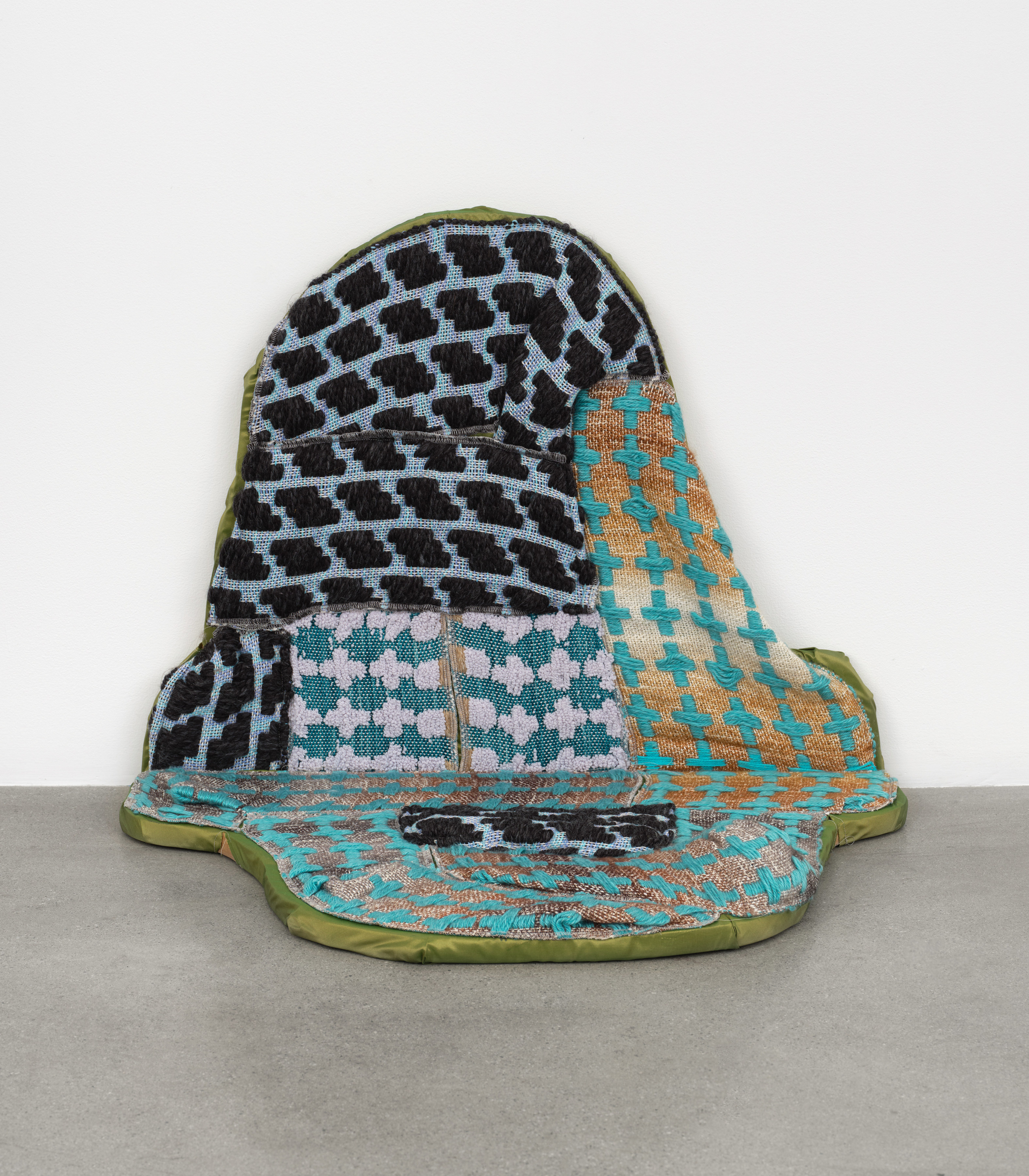
Sarah Zapata, in times of mourning or social protest 4, 2022
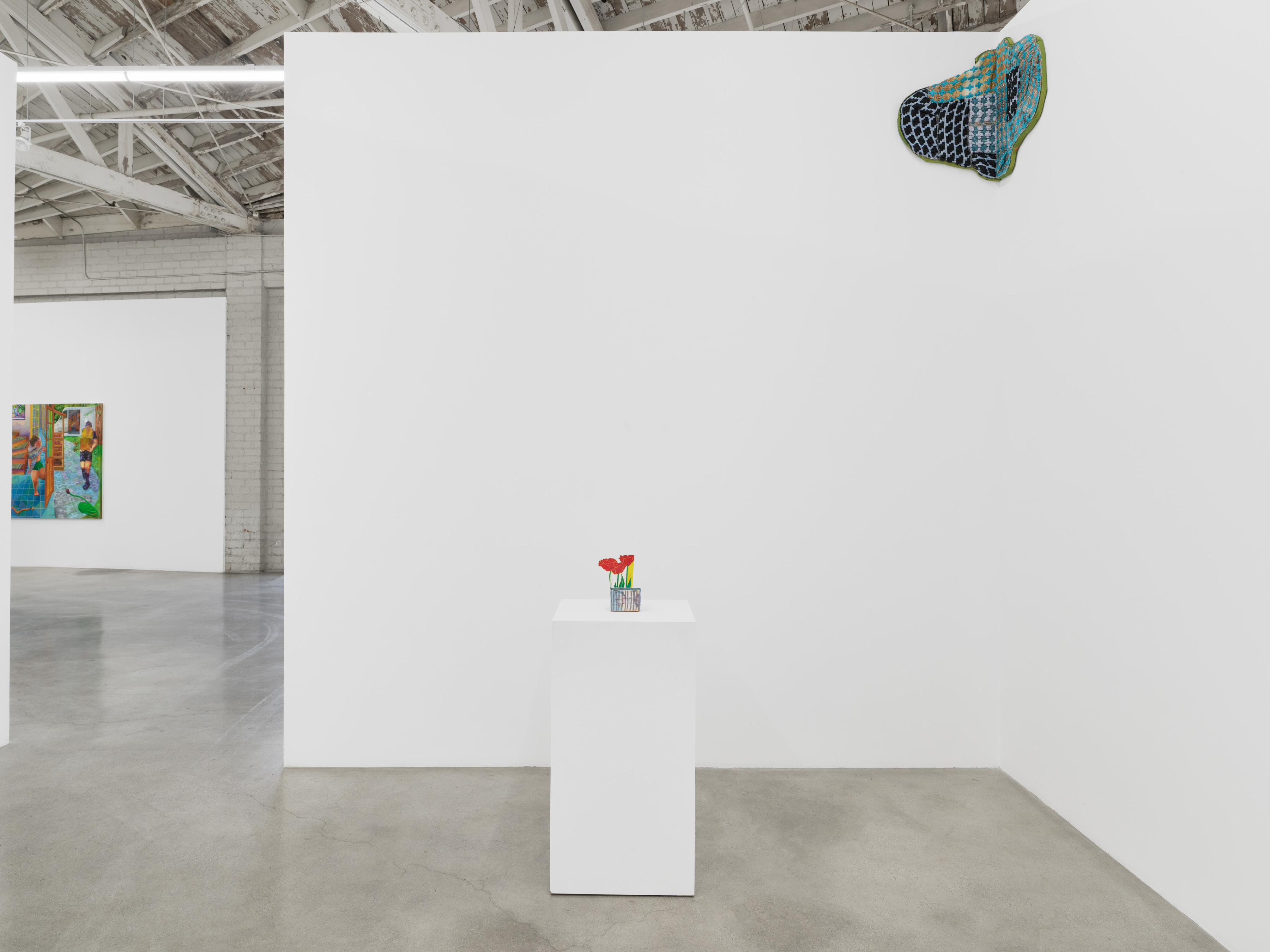
Form and Feeling, installation view, 2024
Ashton Cooper is Associate Curator at Des Moines Art Center, Des Moines, IA. A recent graduate of the Ph.D. program at the University of Southern California, Cooper was previously a curatorial assistant and Luce Curatorial Fellow at the Hammer Museum at UCLA in Los Angeles. Prior to that, she worked at the Museum of Contemporary Art, Los Angeles and the Getty Research Institute. Cooper has also contributed writing to Artforum, ArtReview, Mousse, and Contemporary Art Review Los Angeles (CARLA), among other publications.

